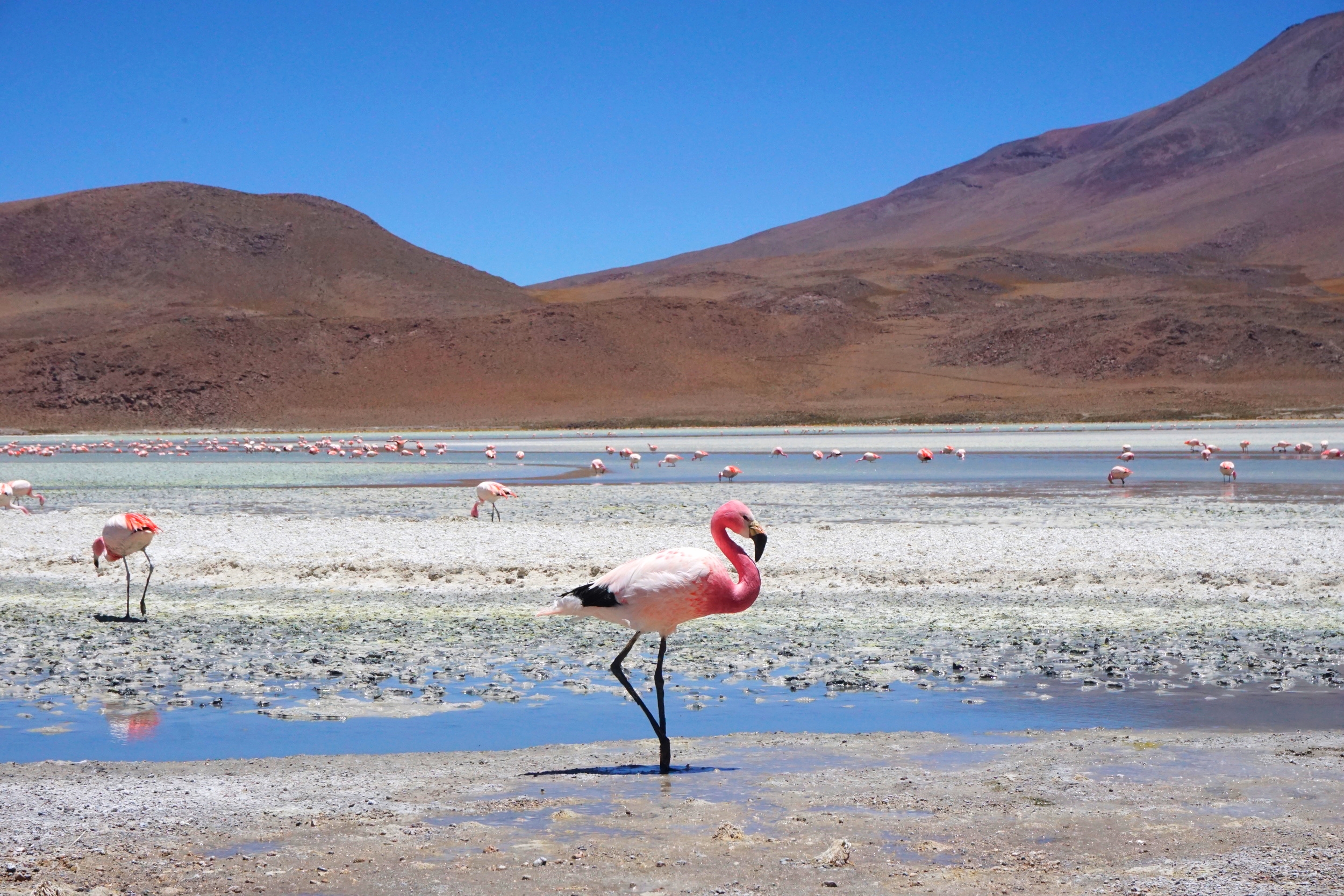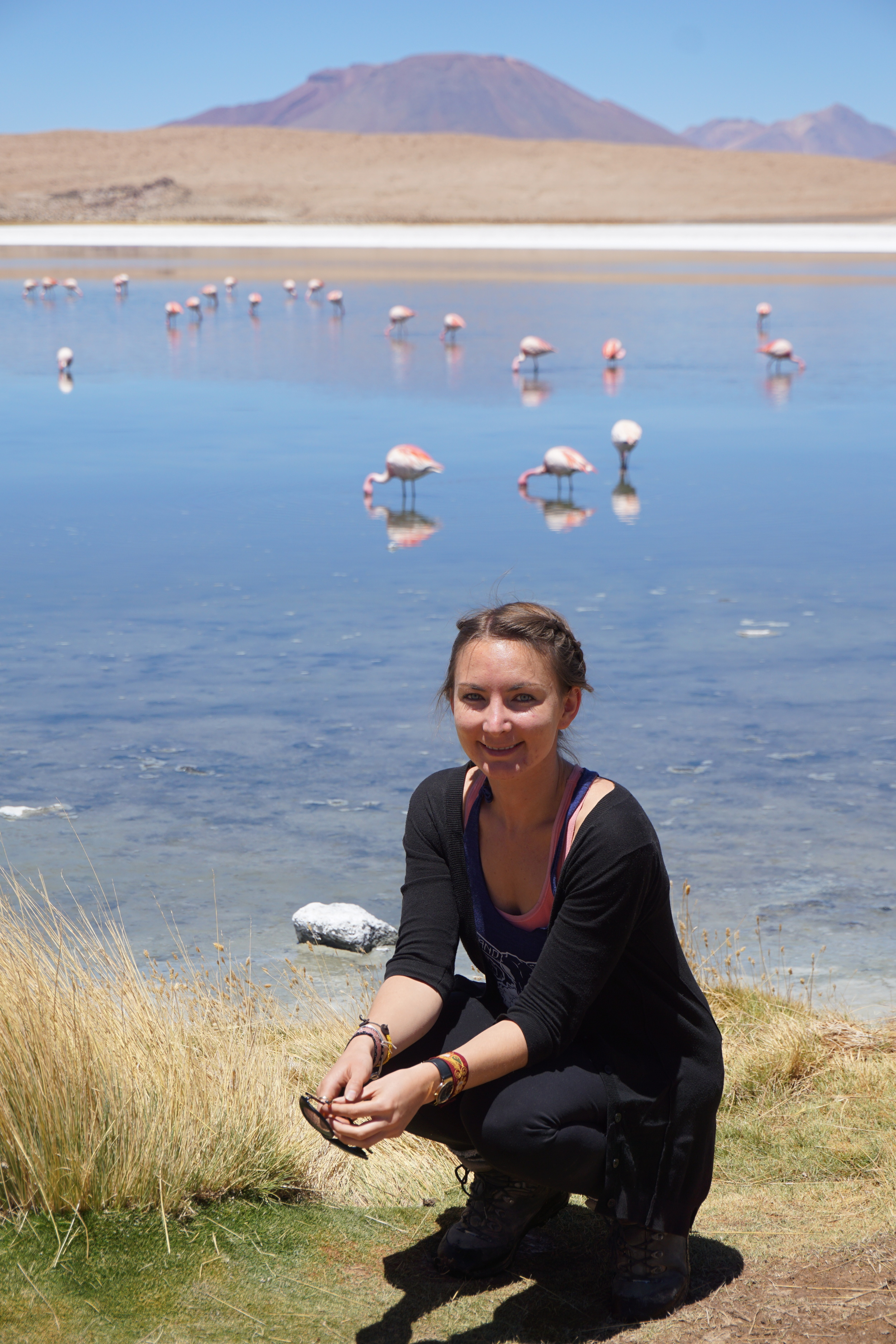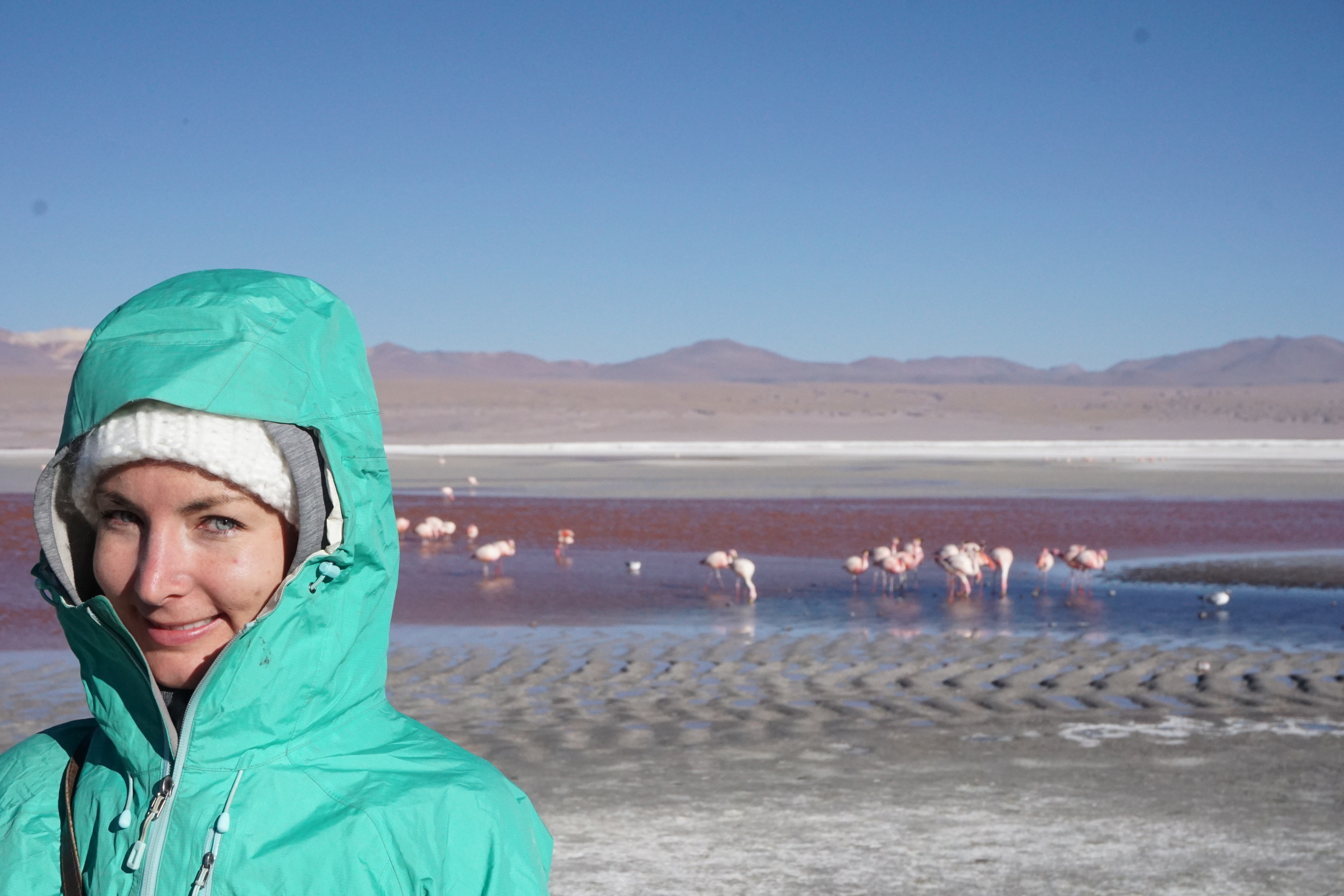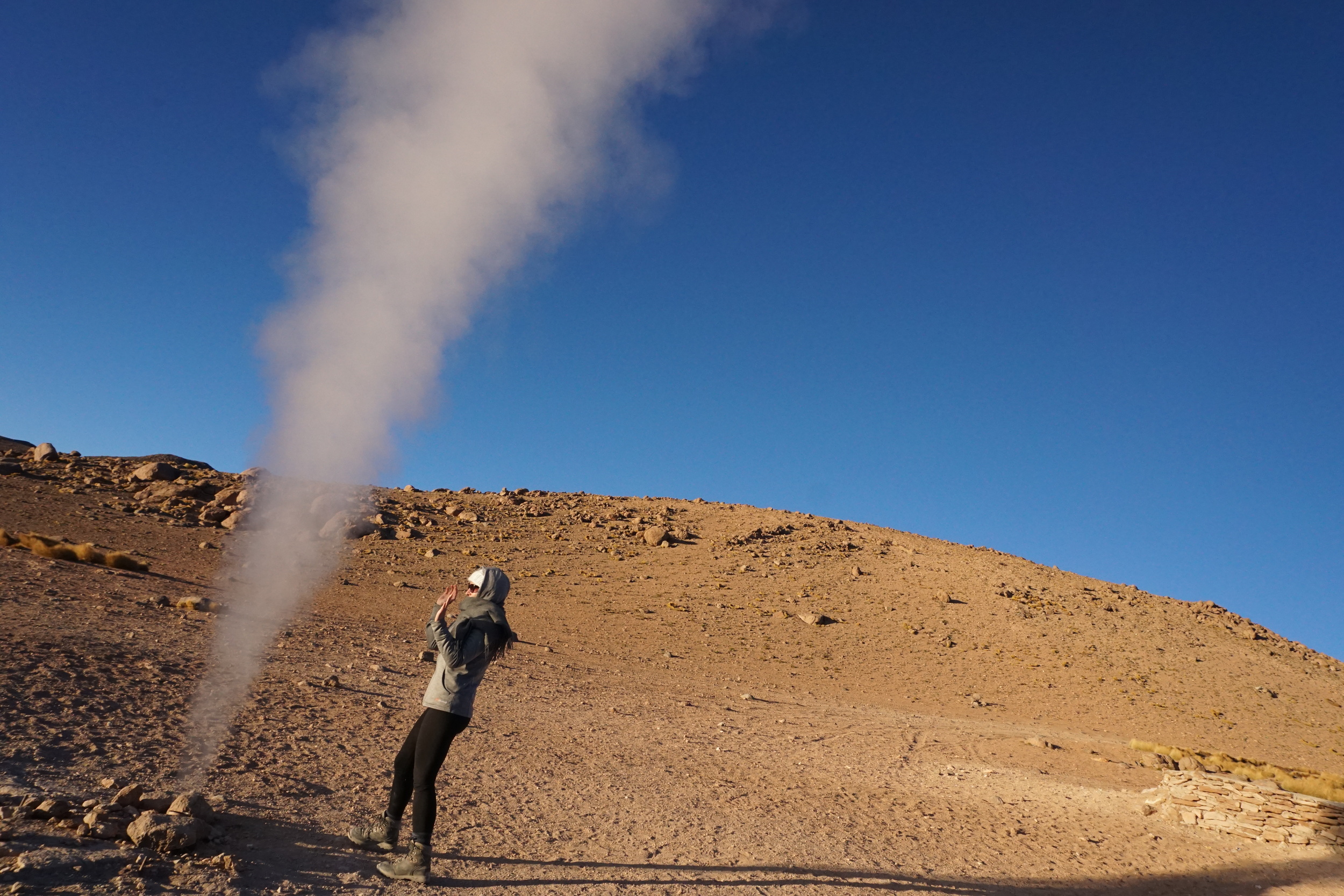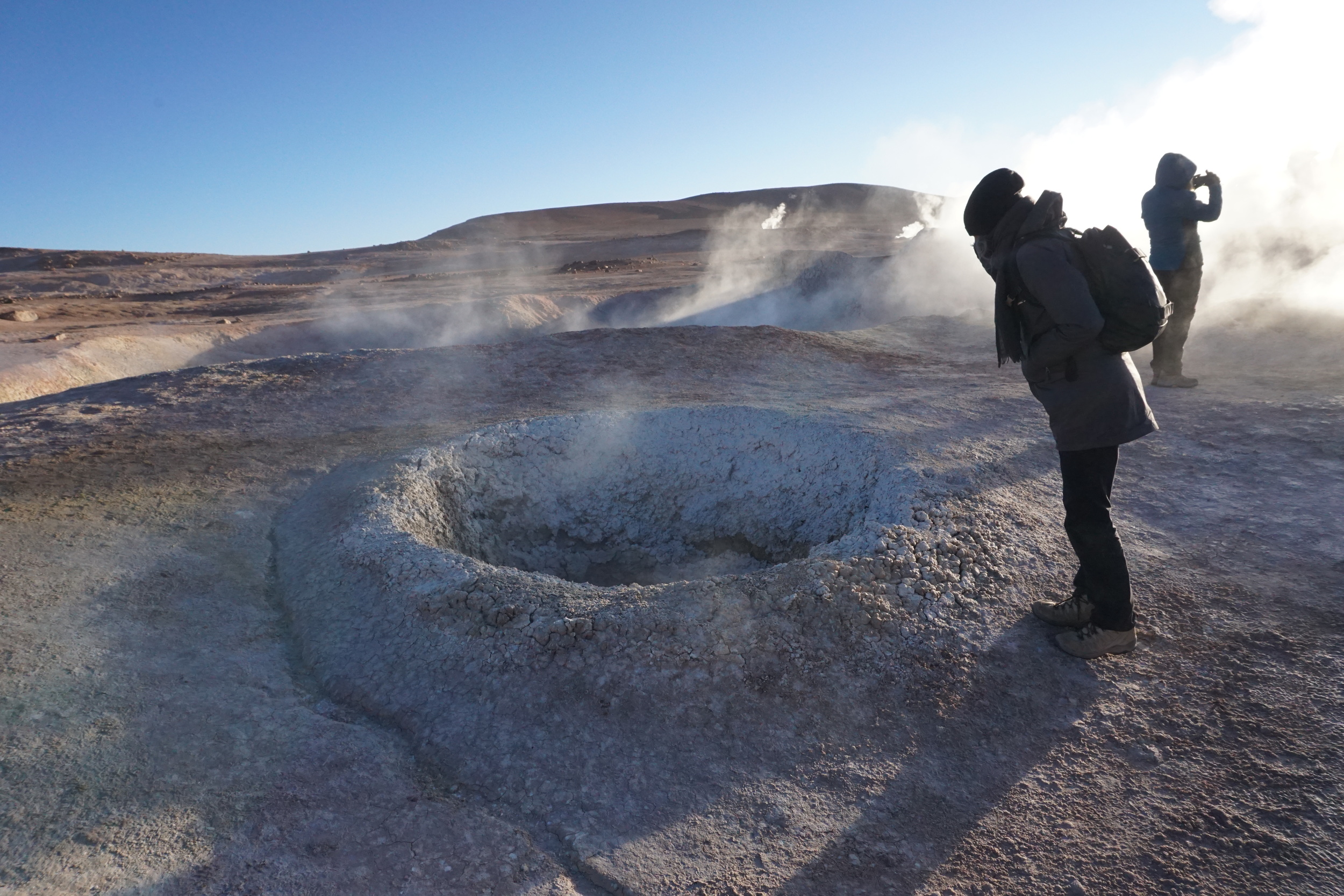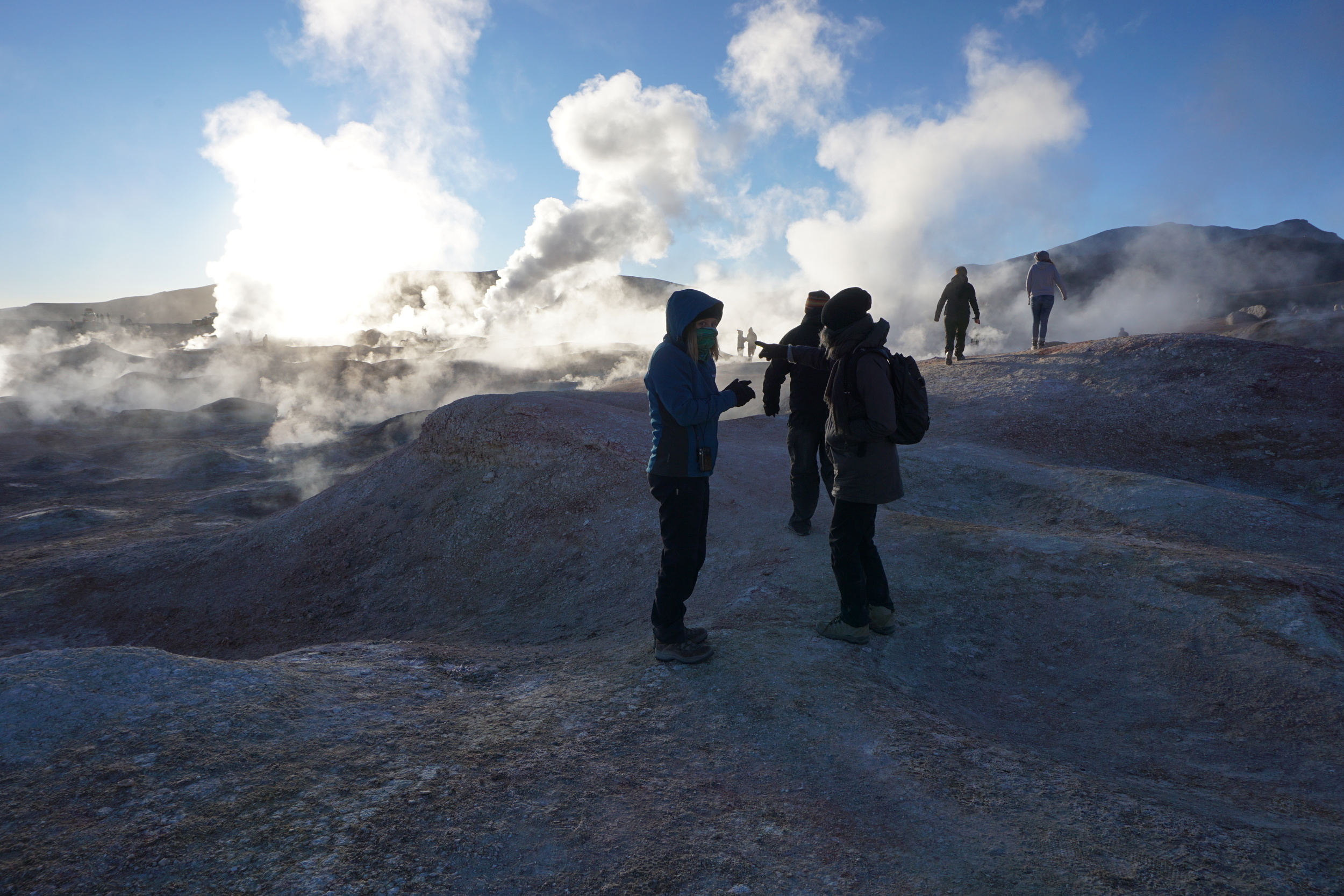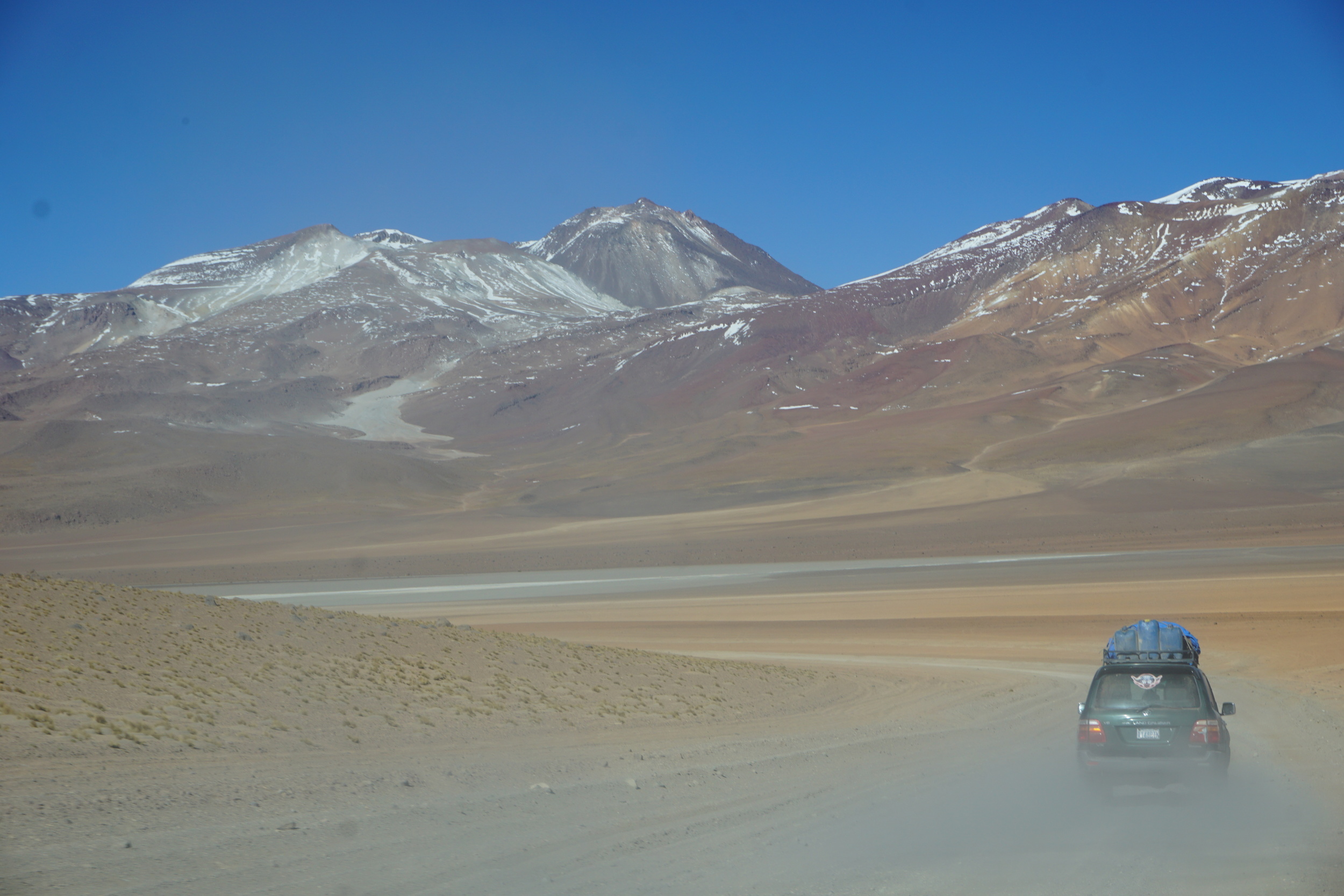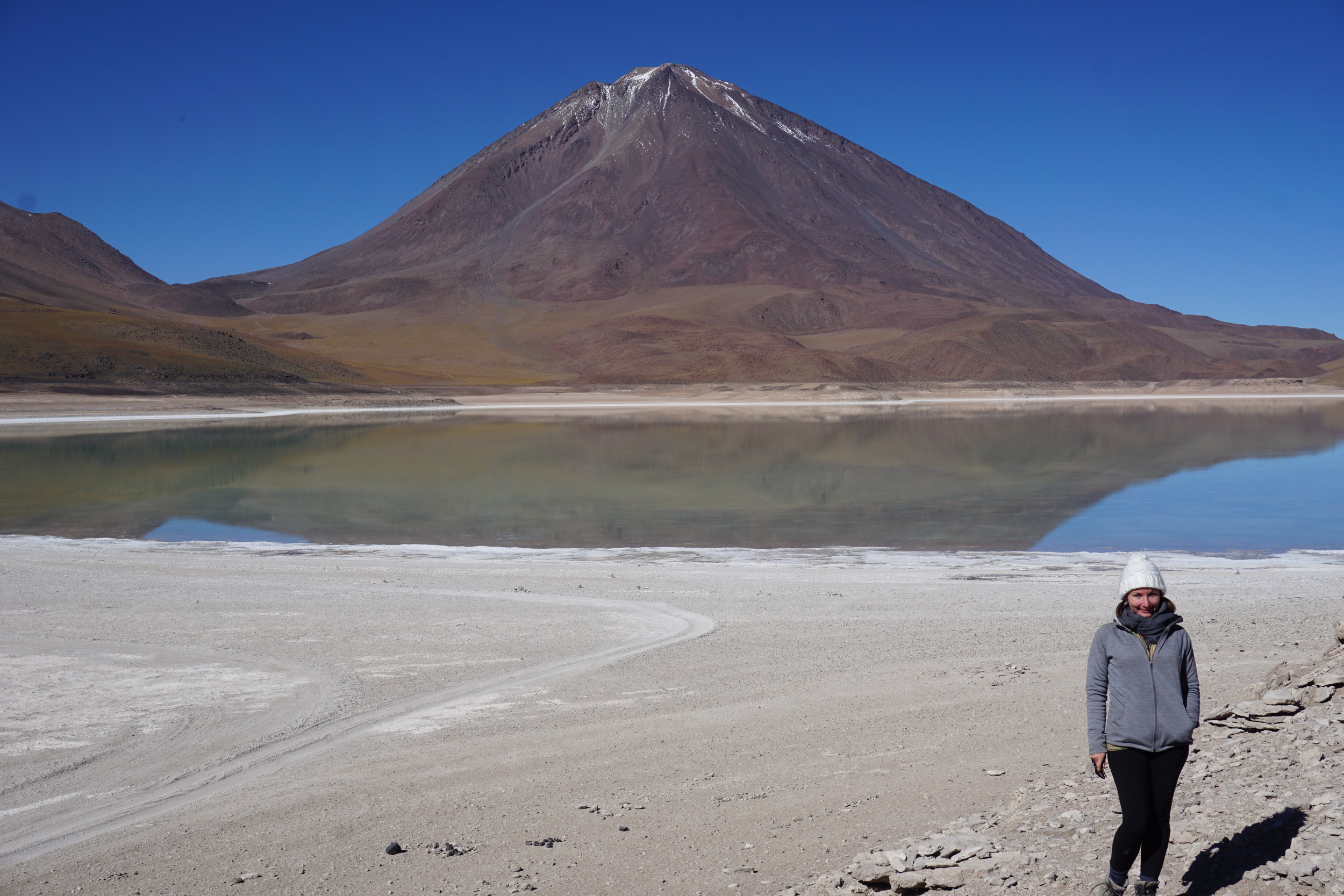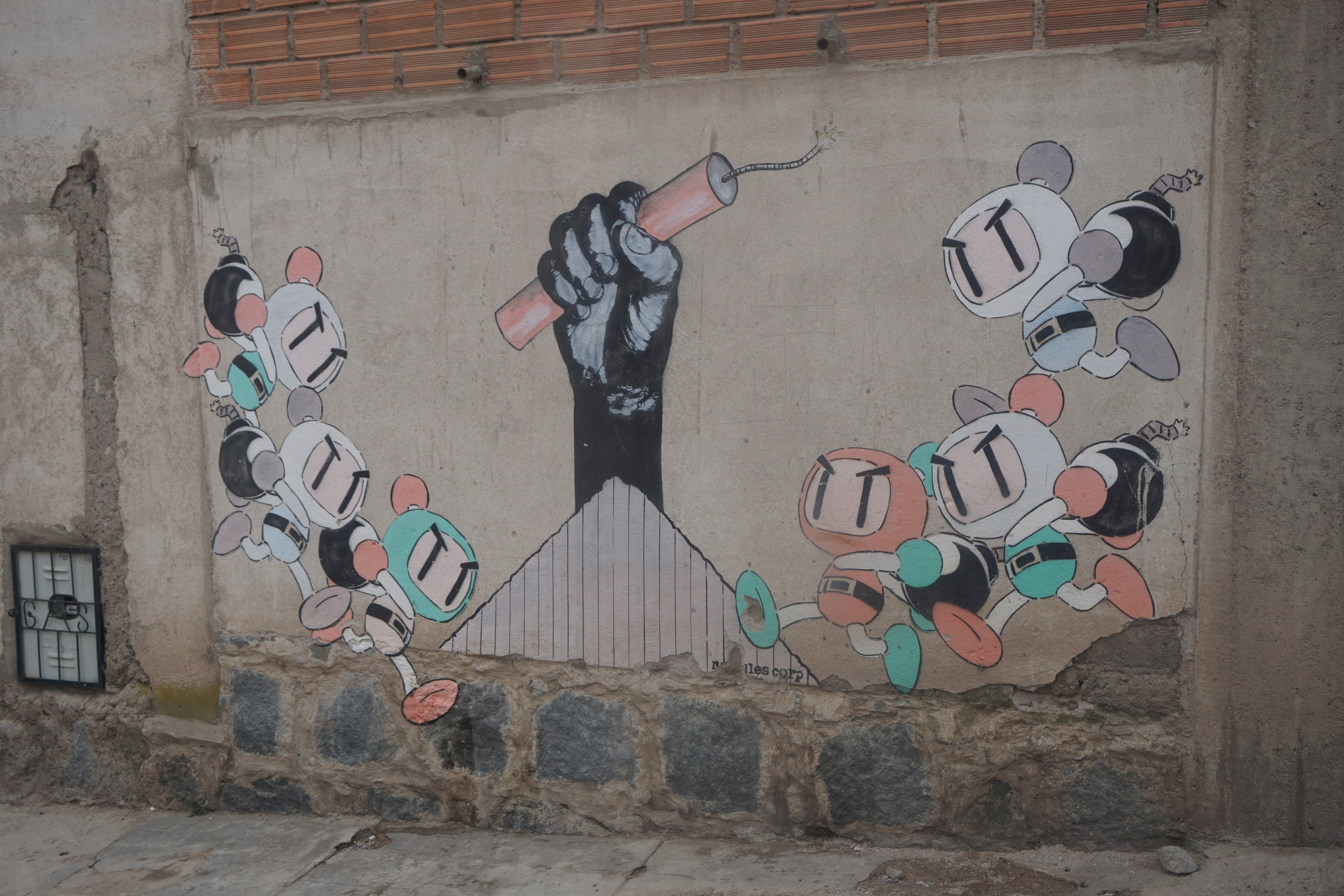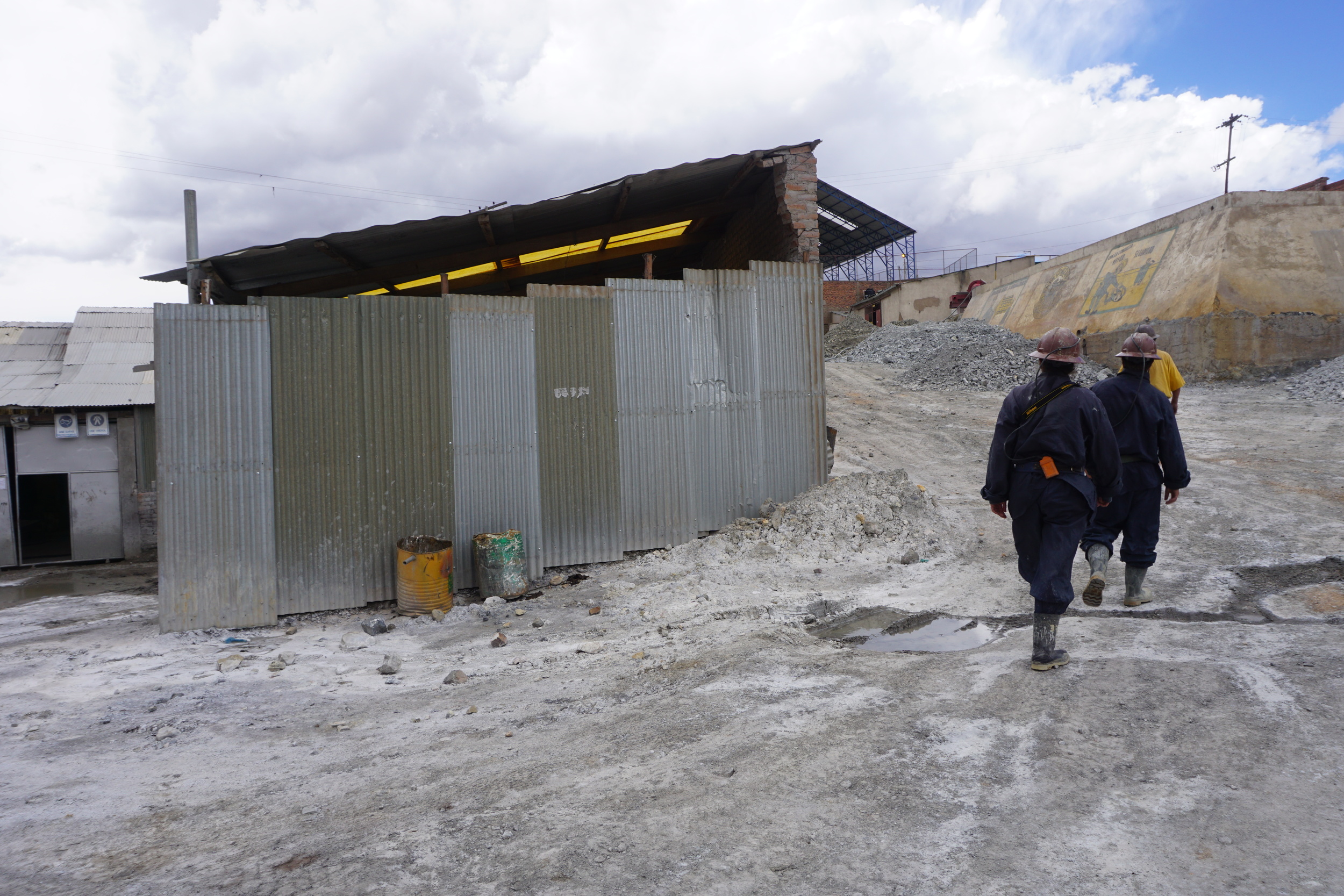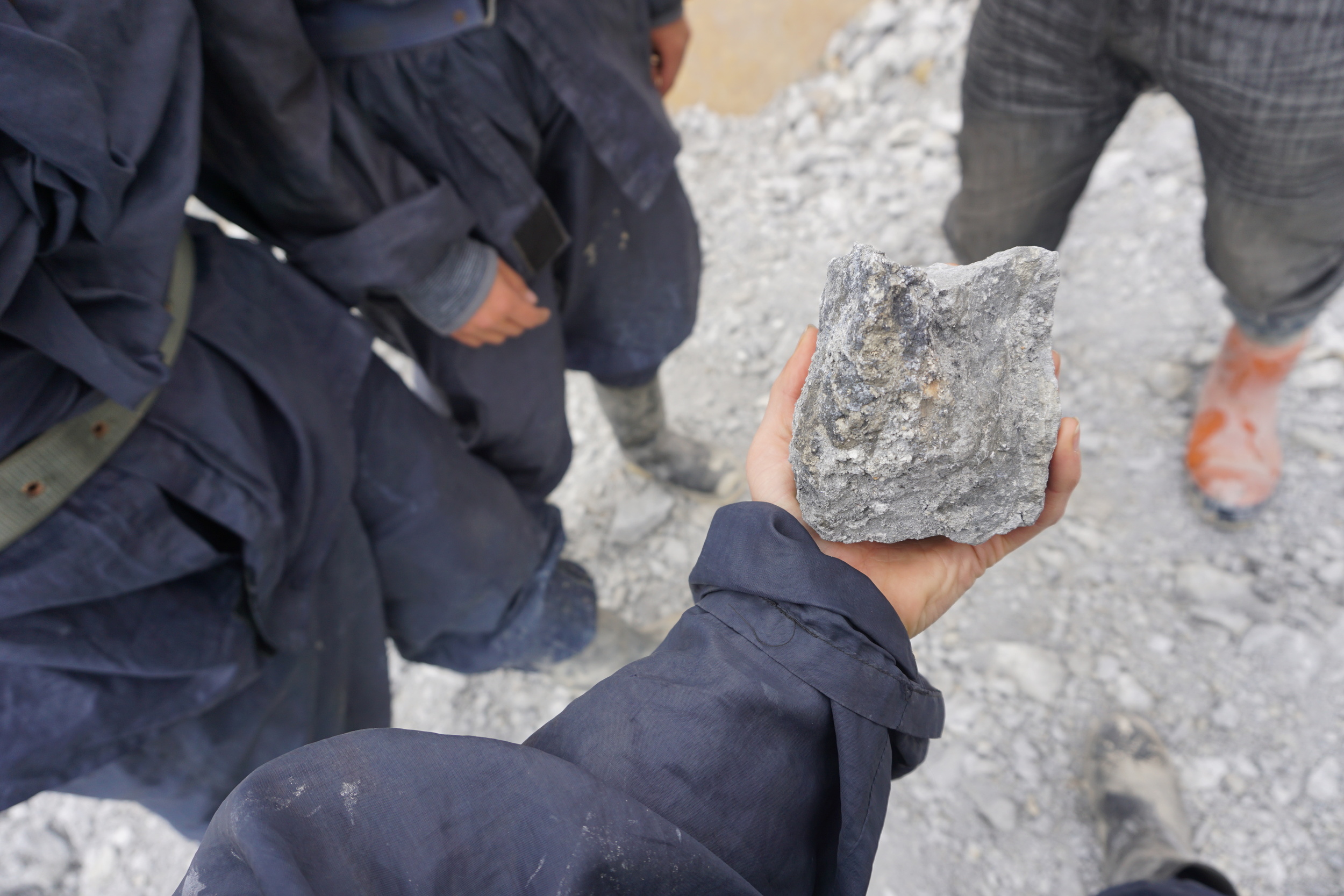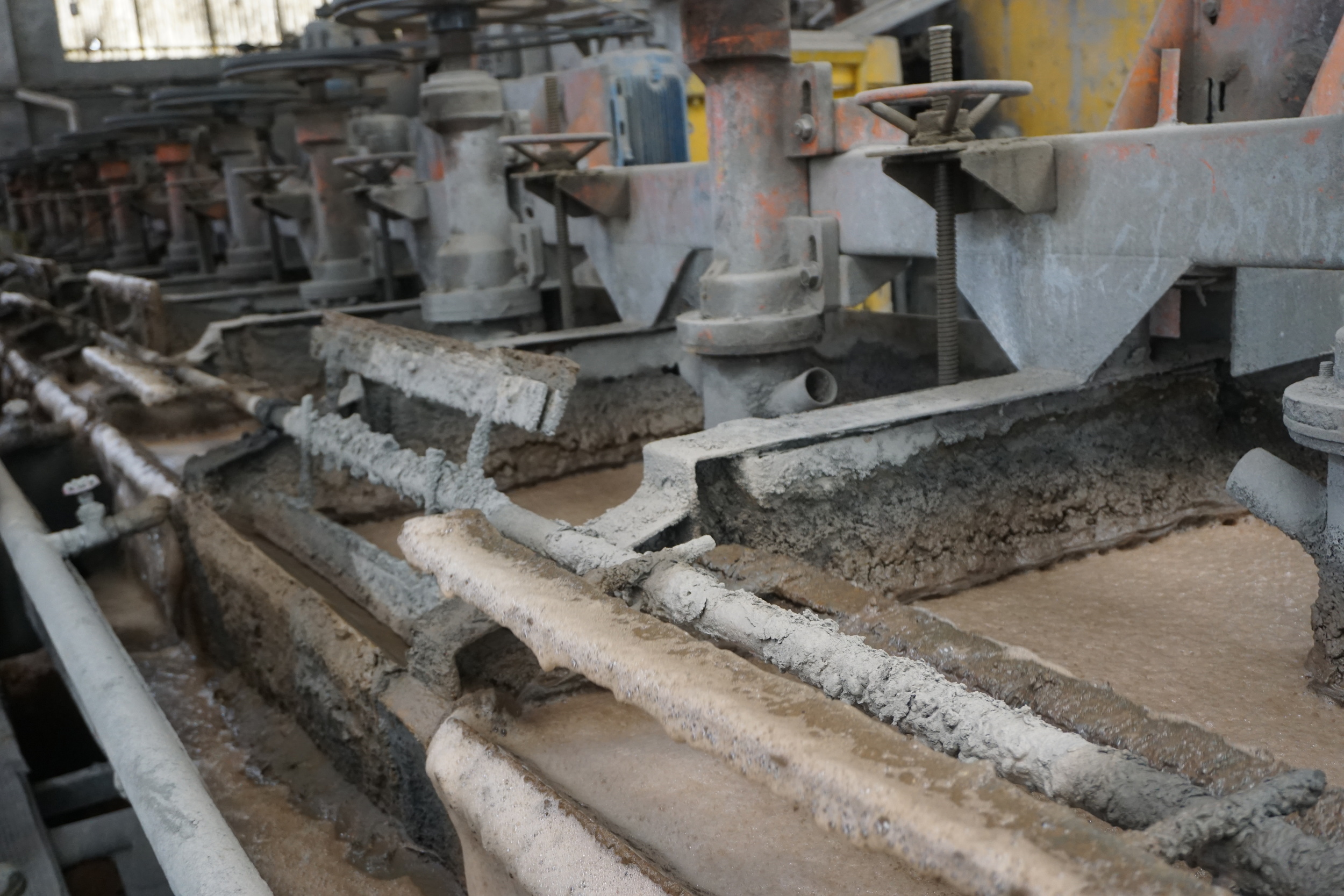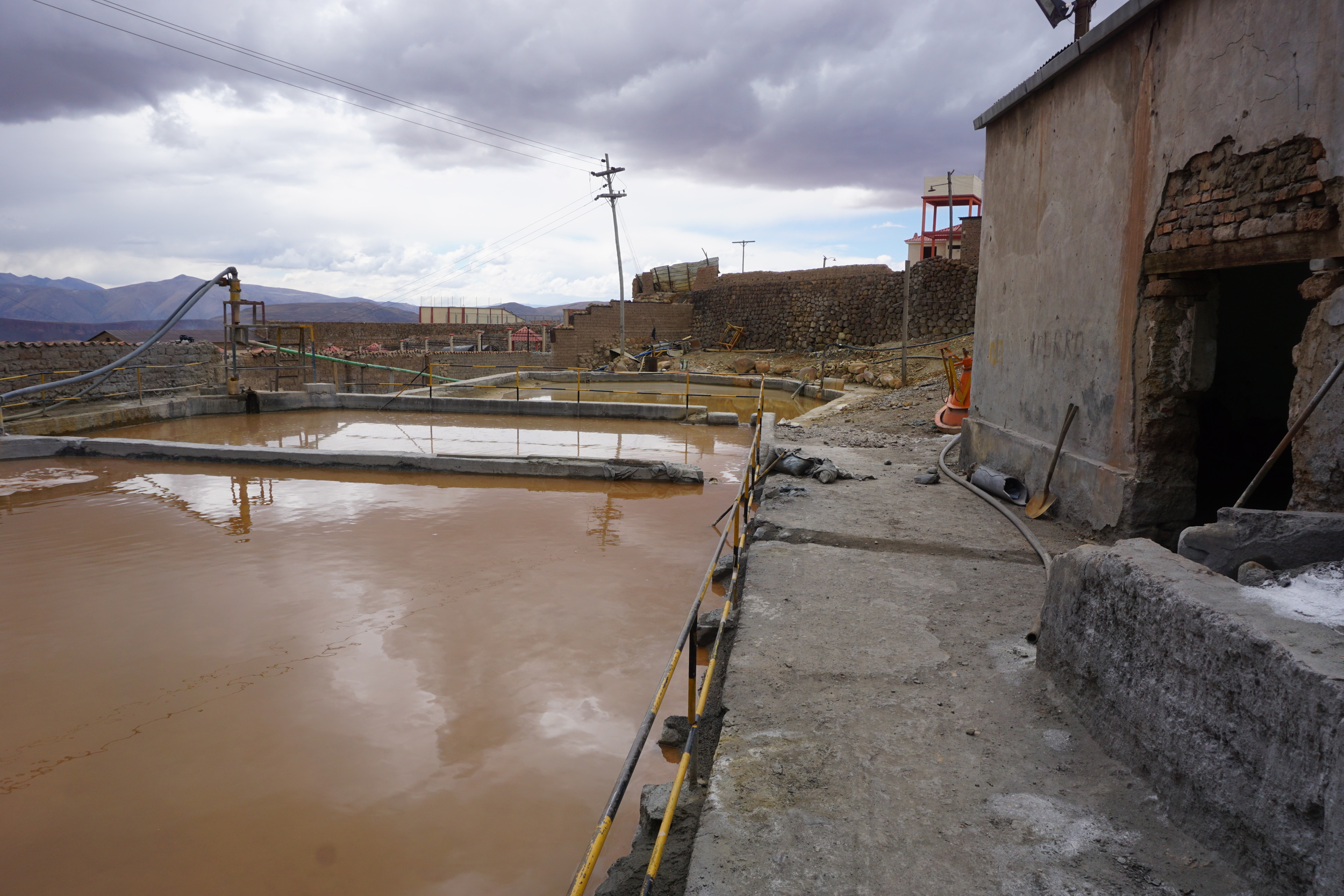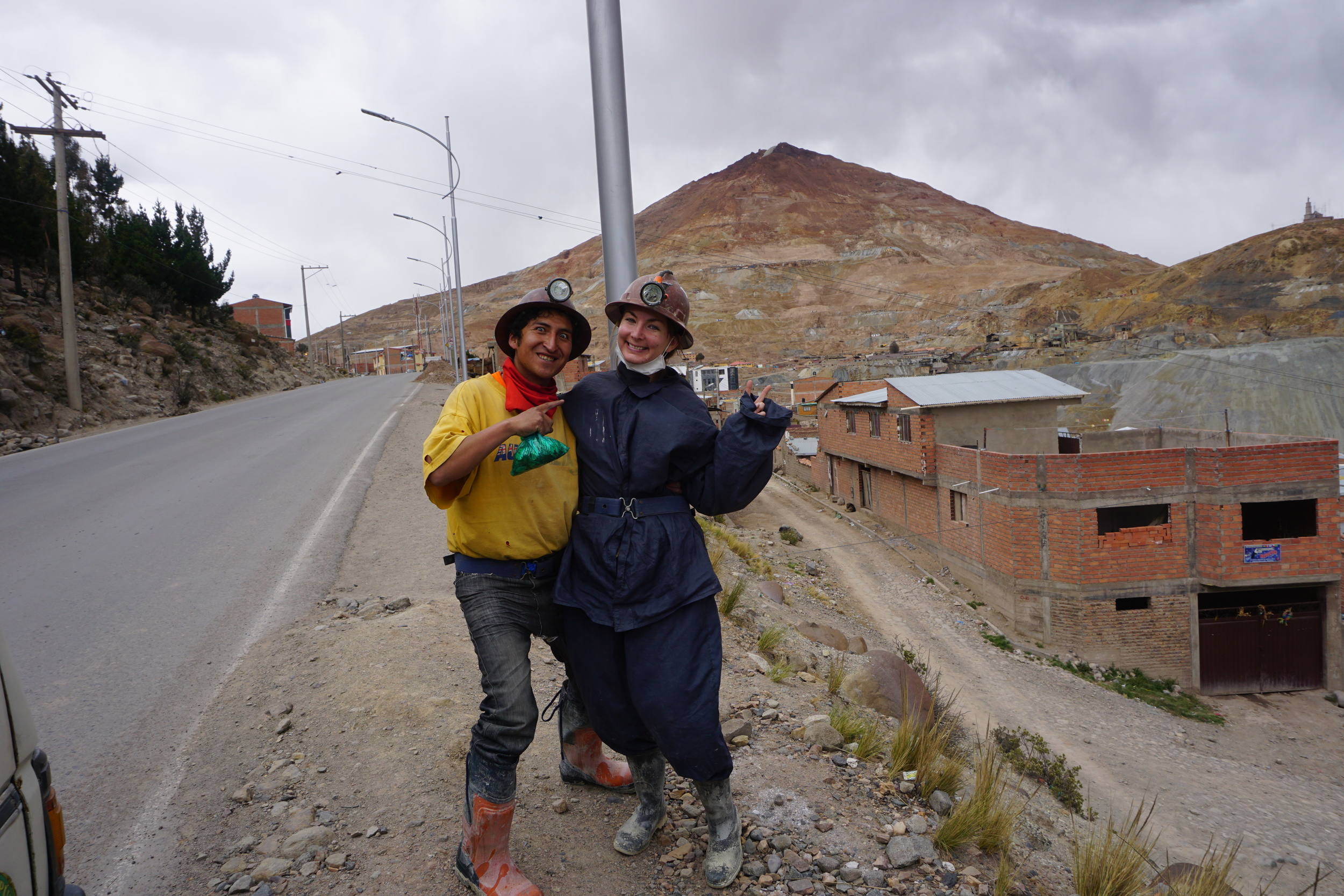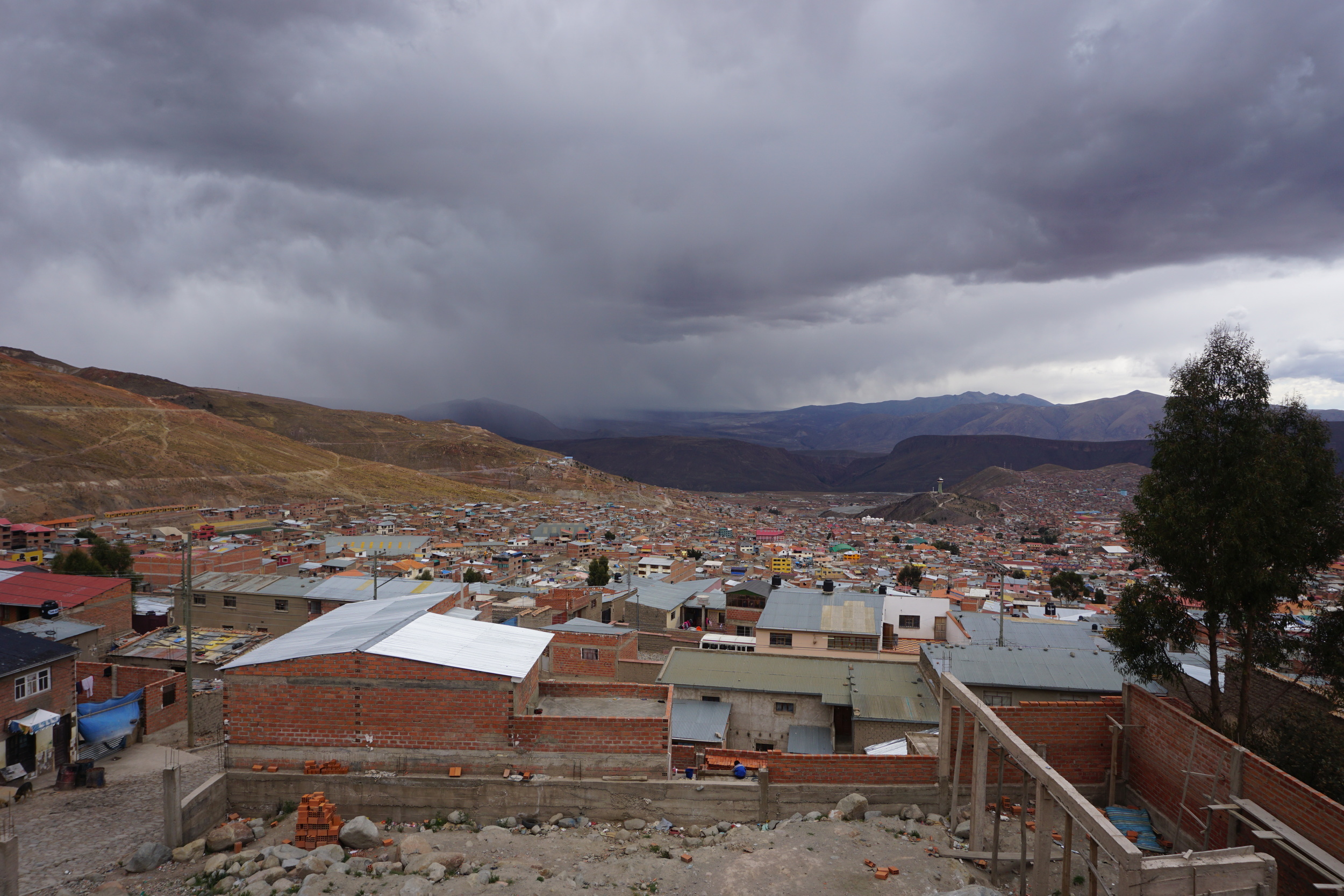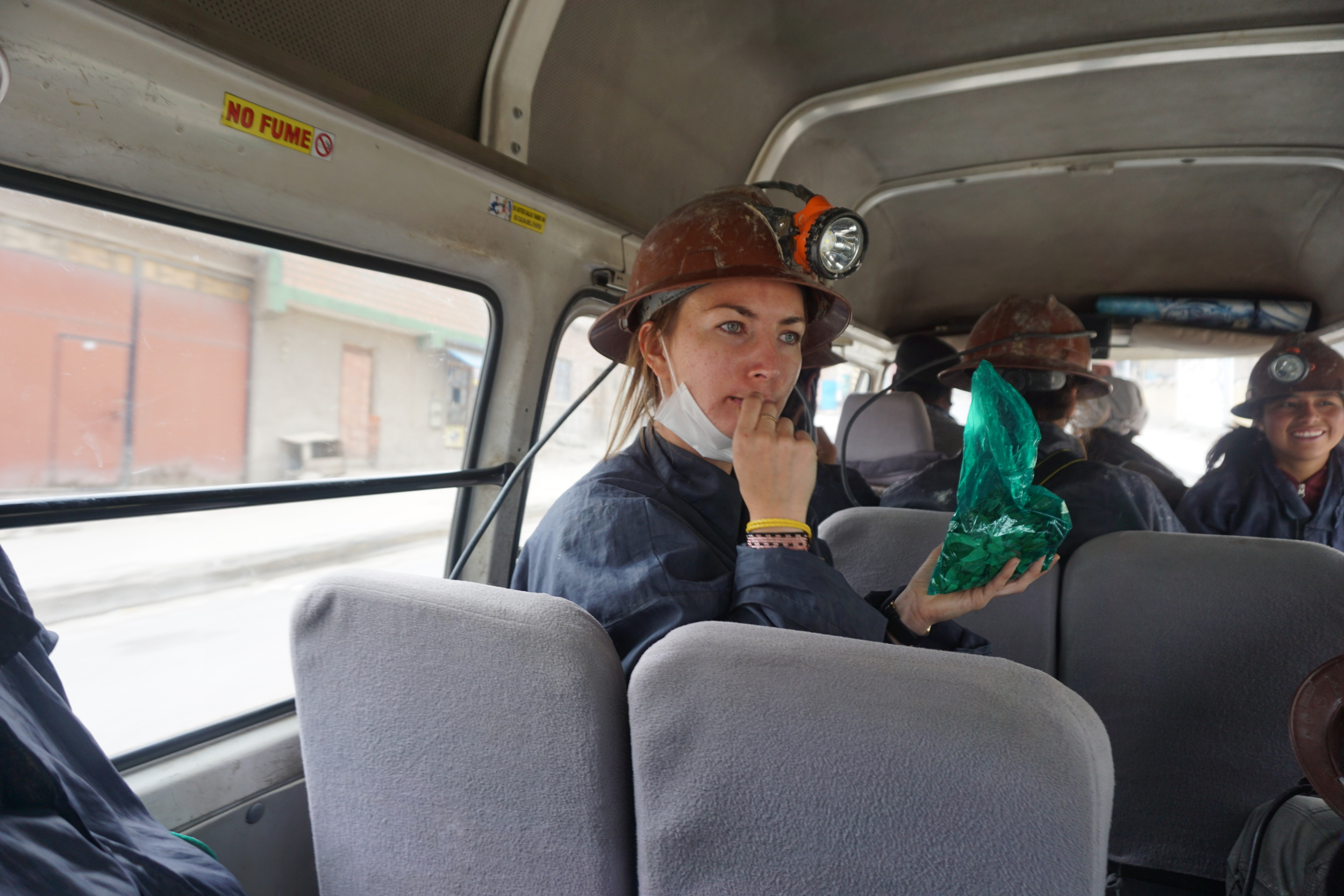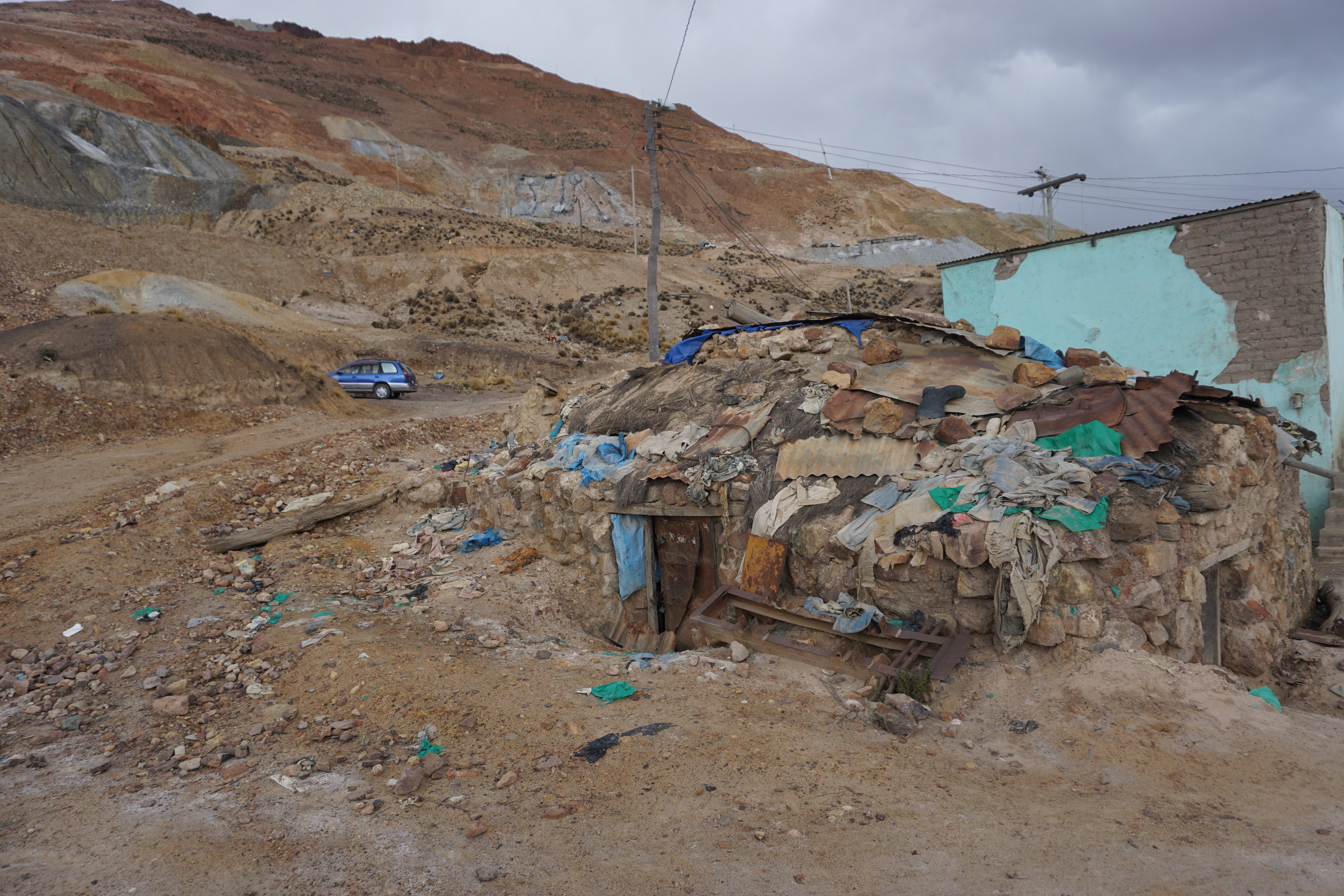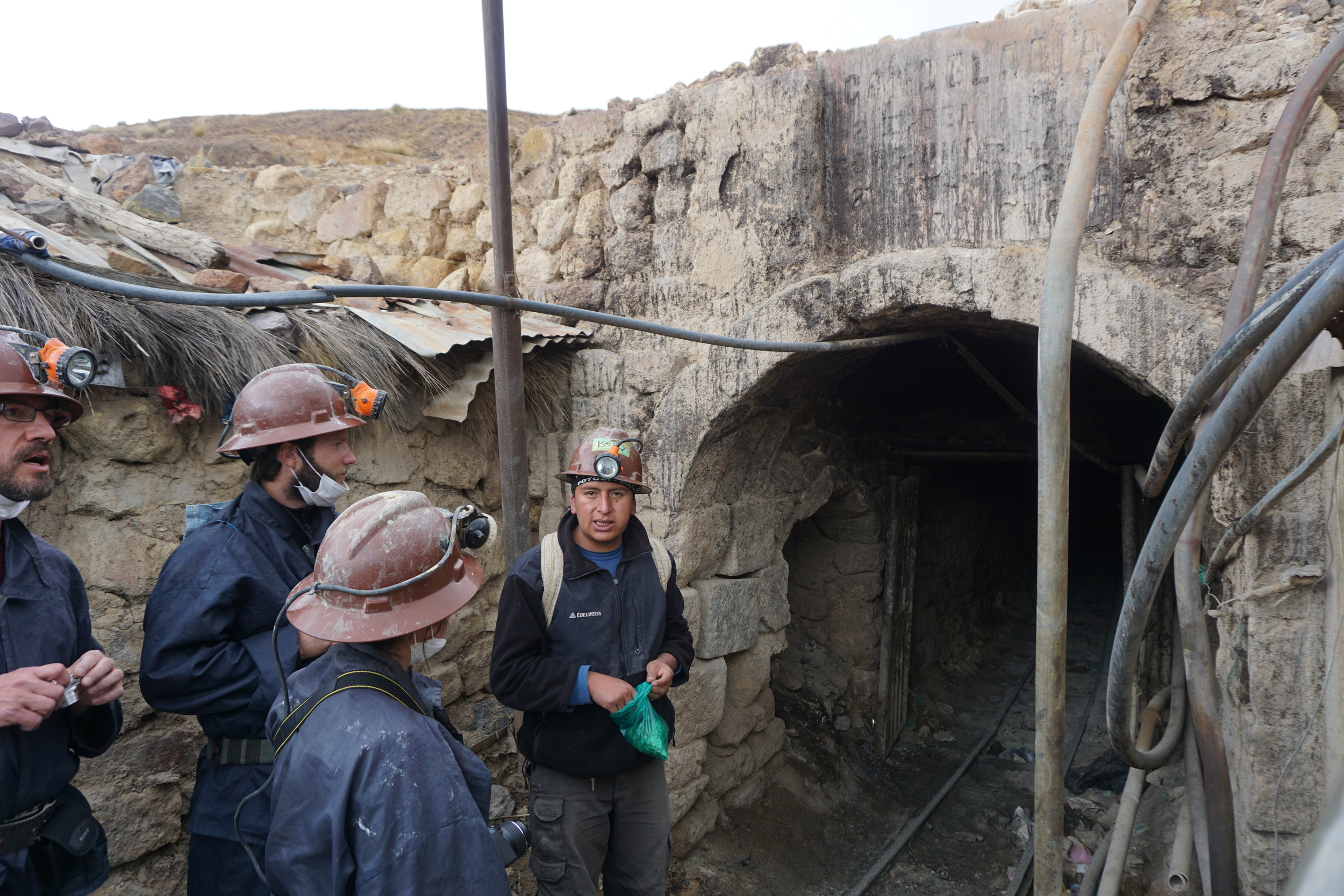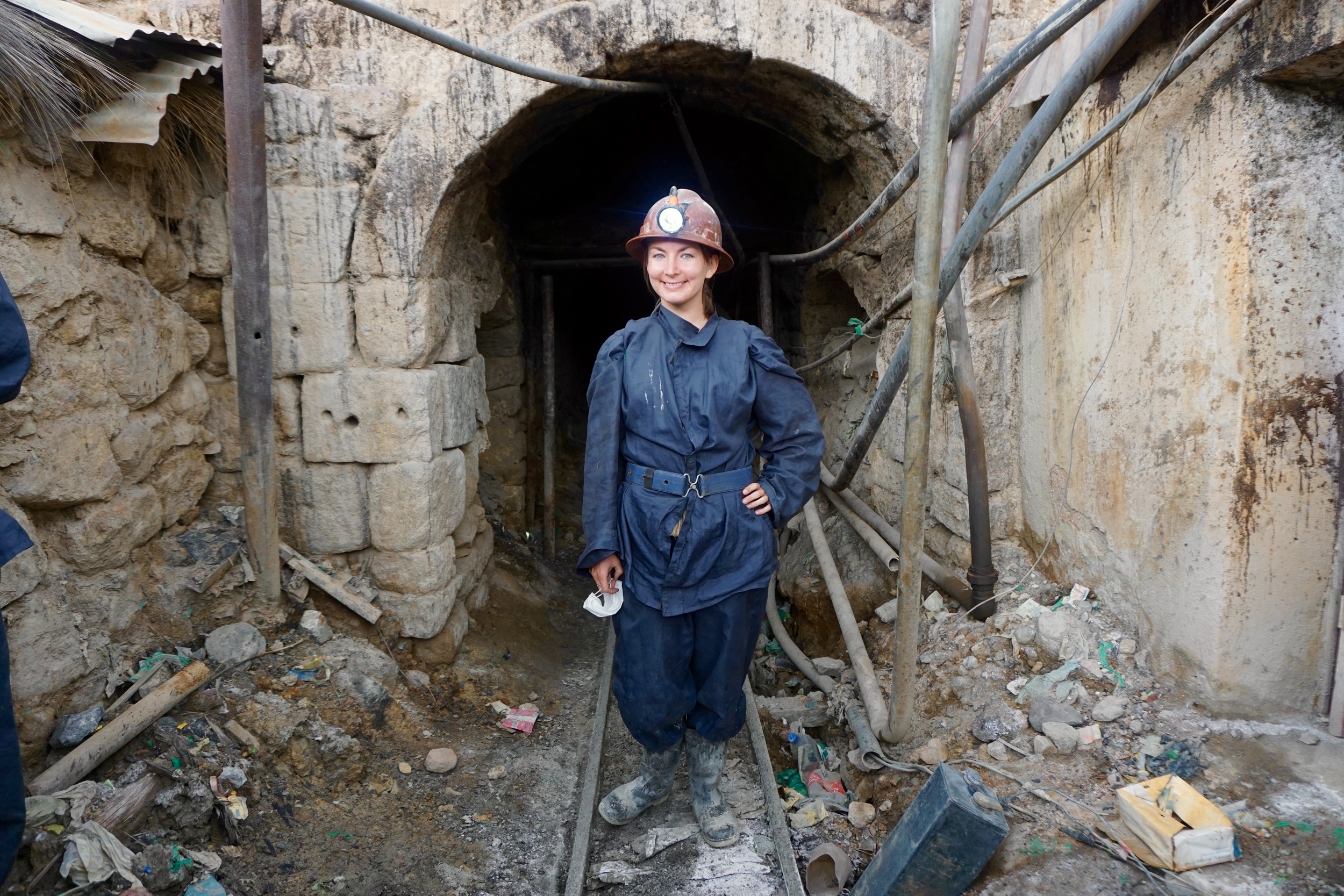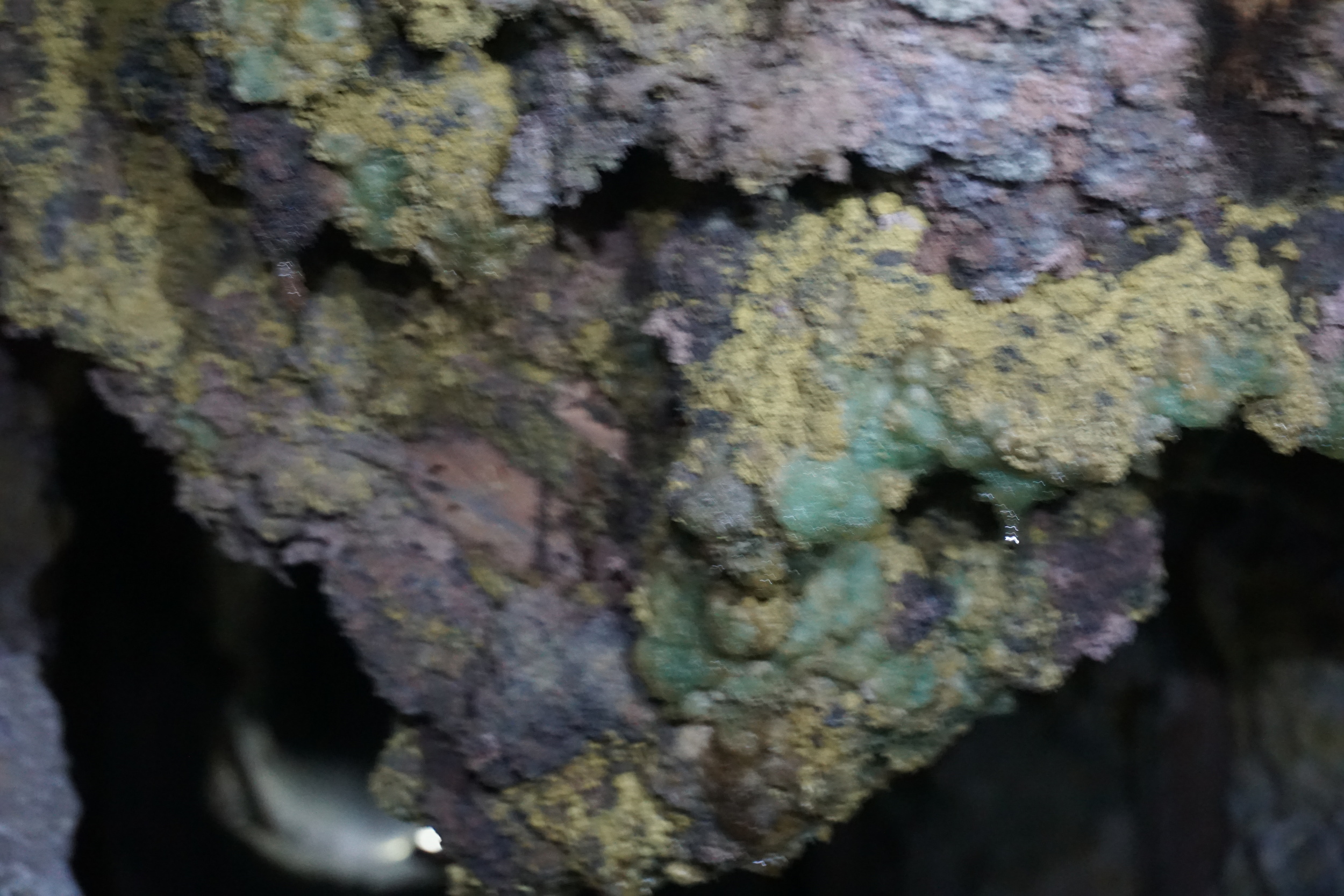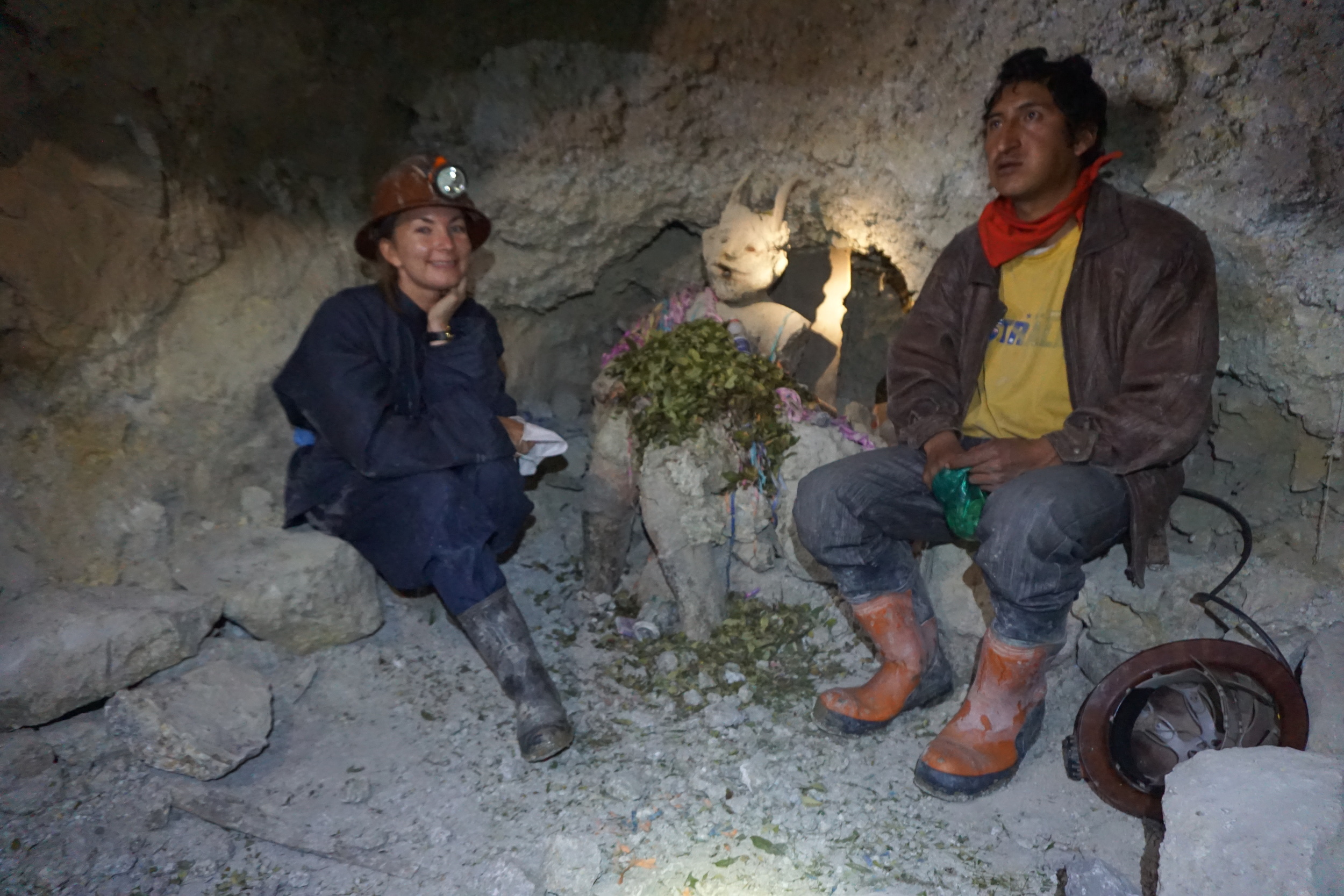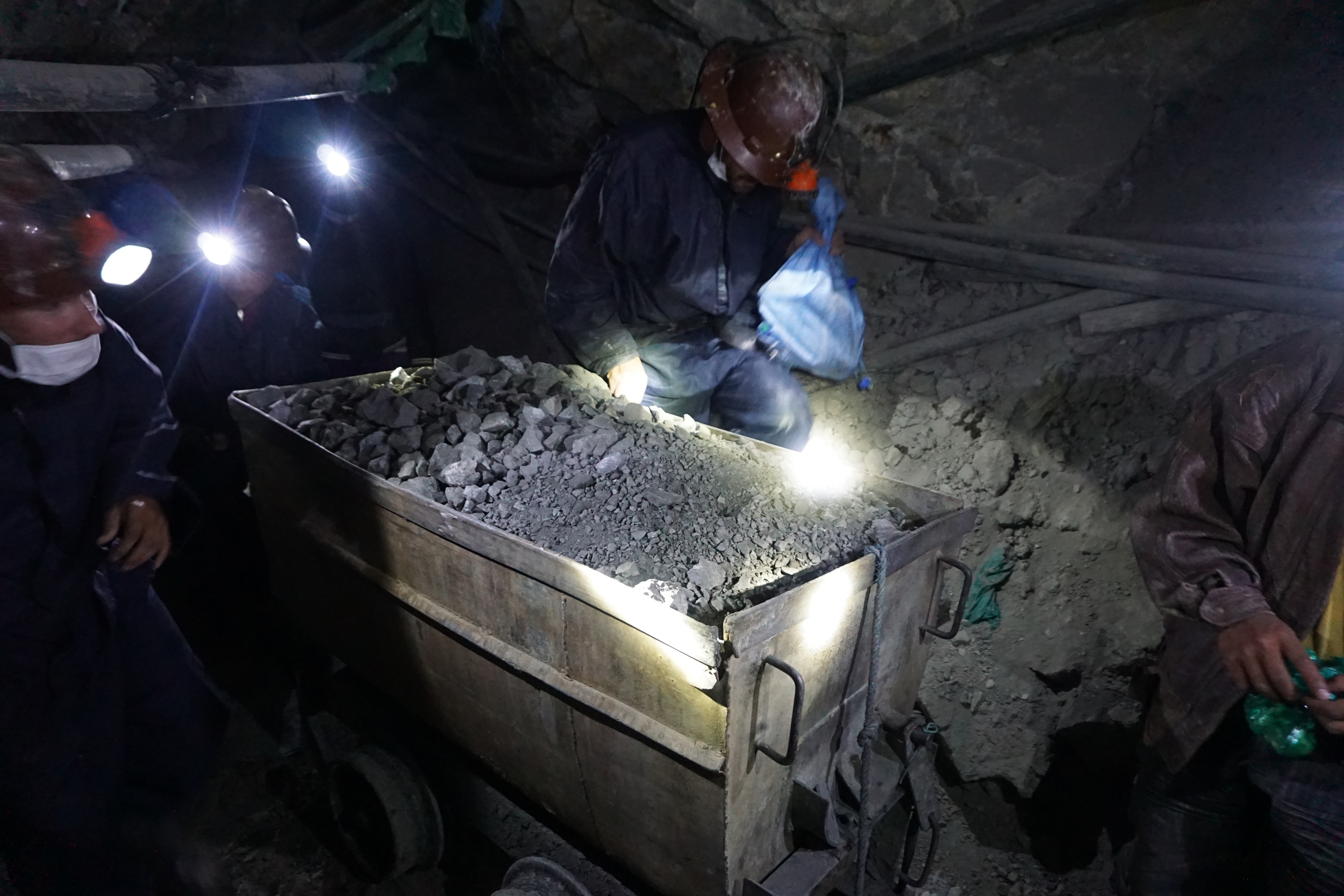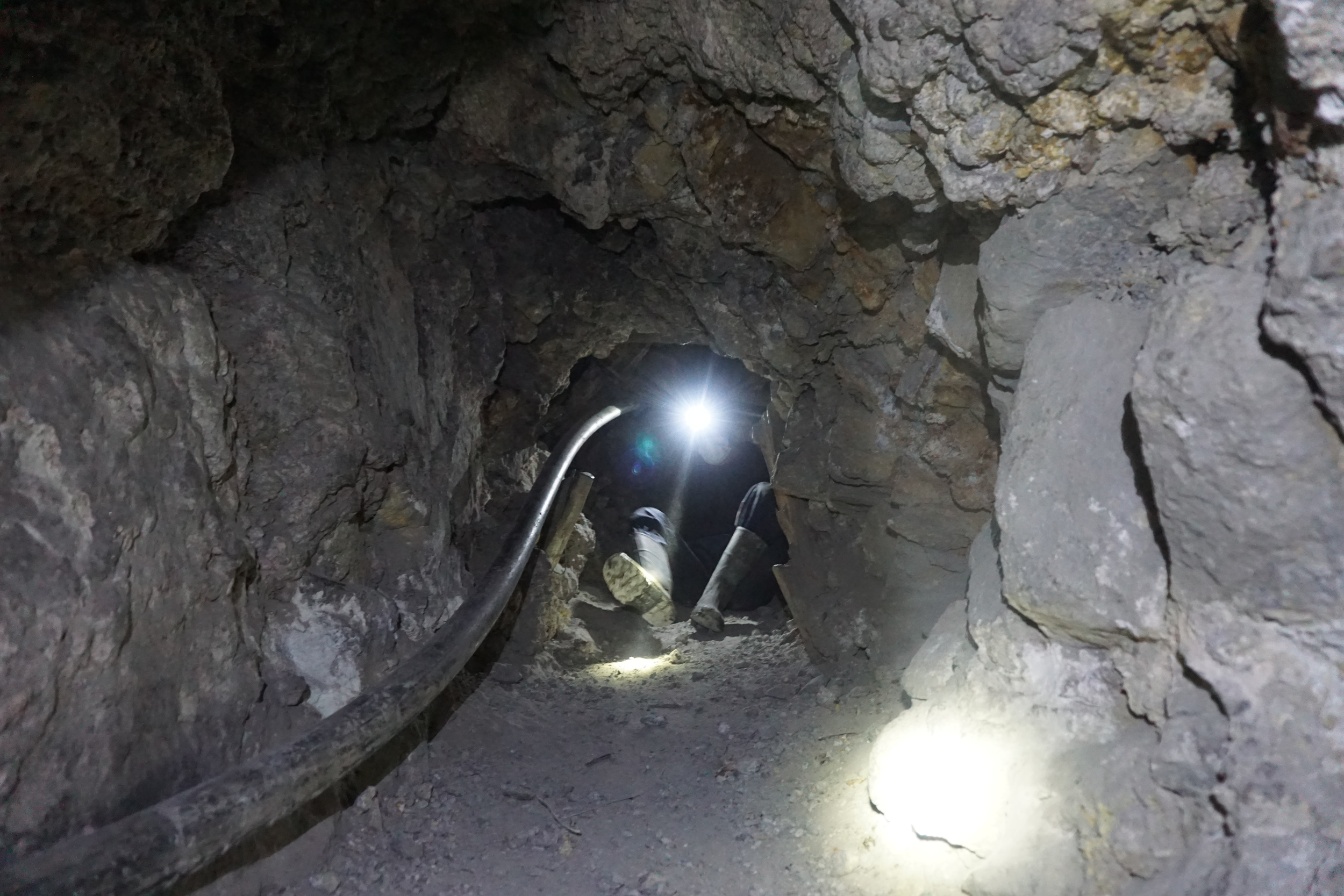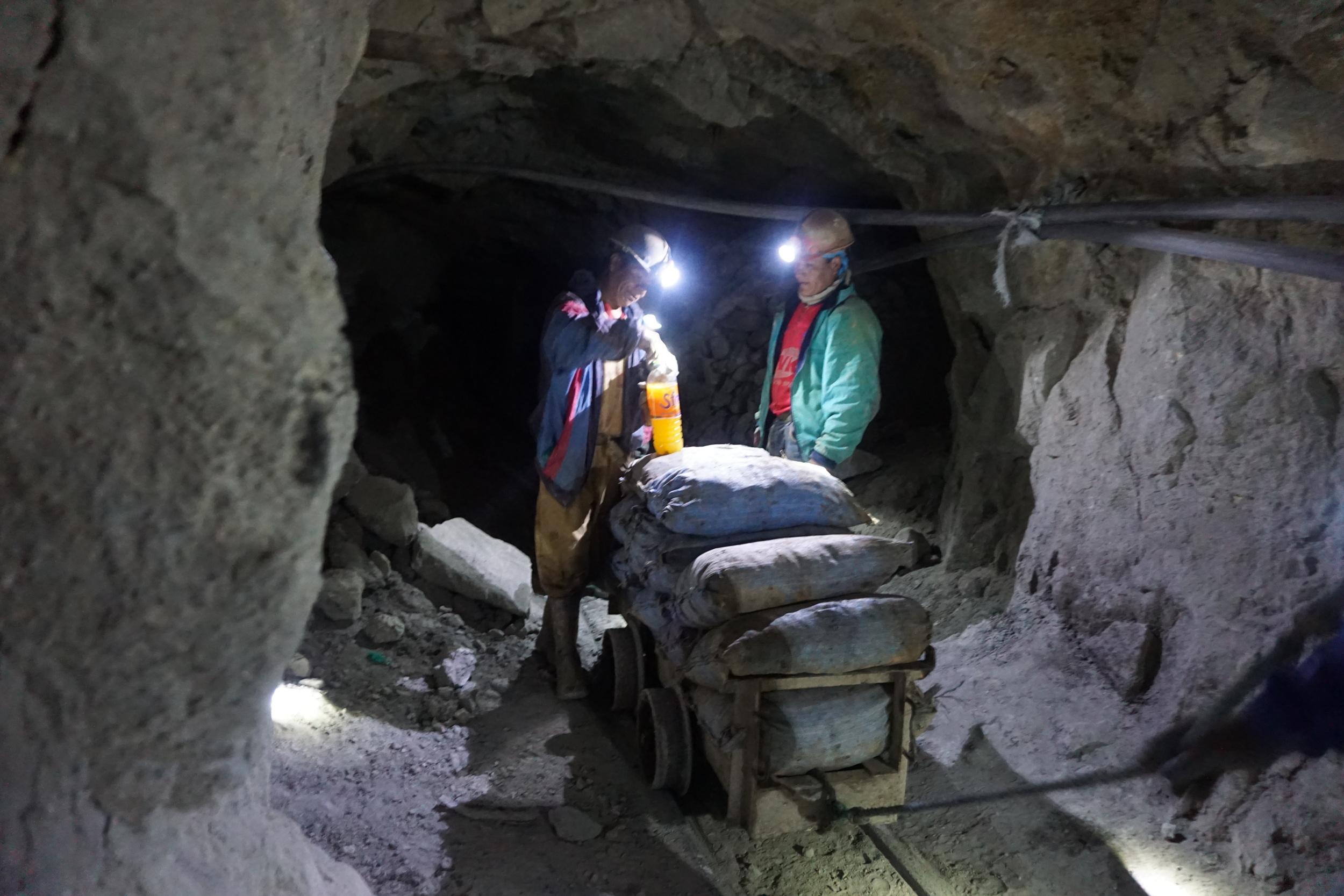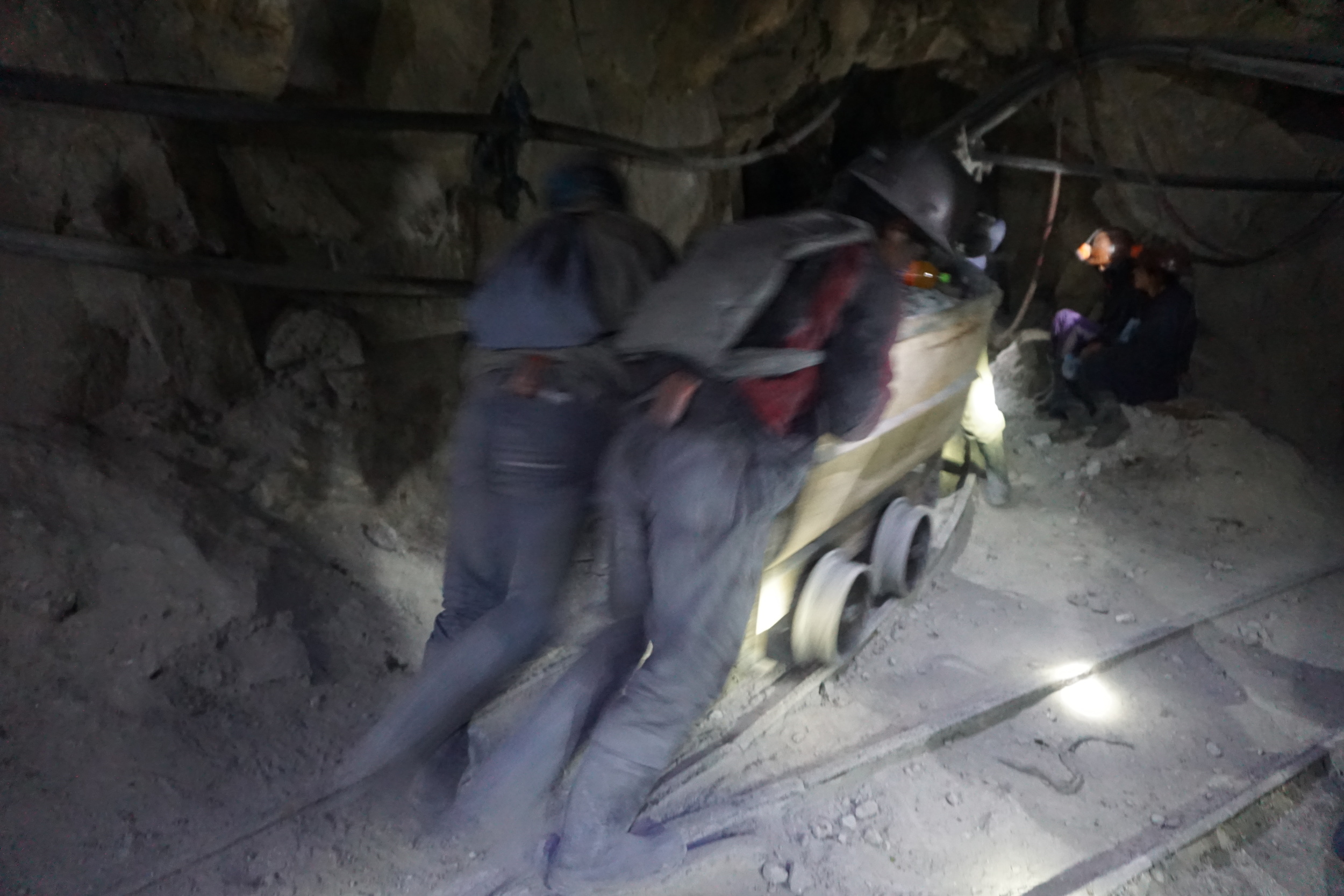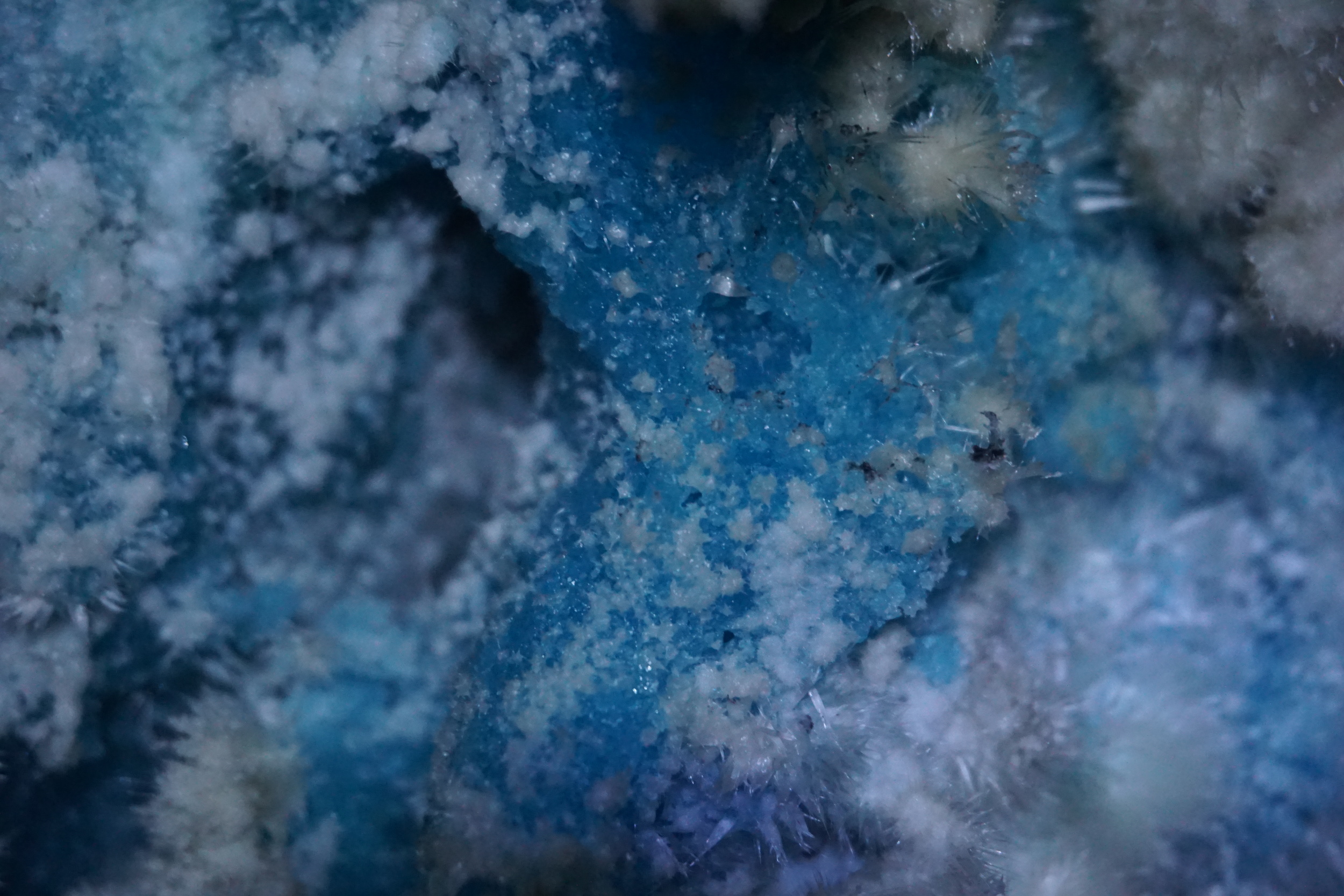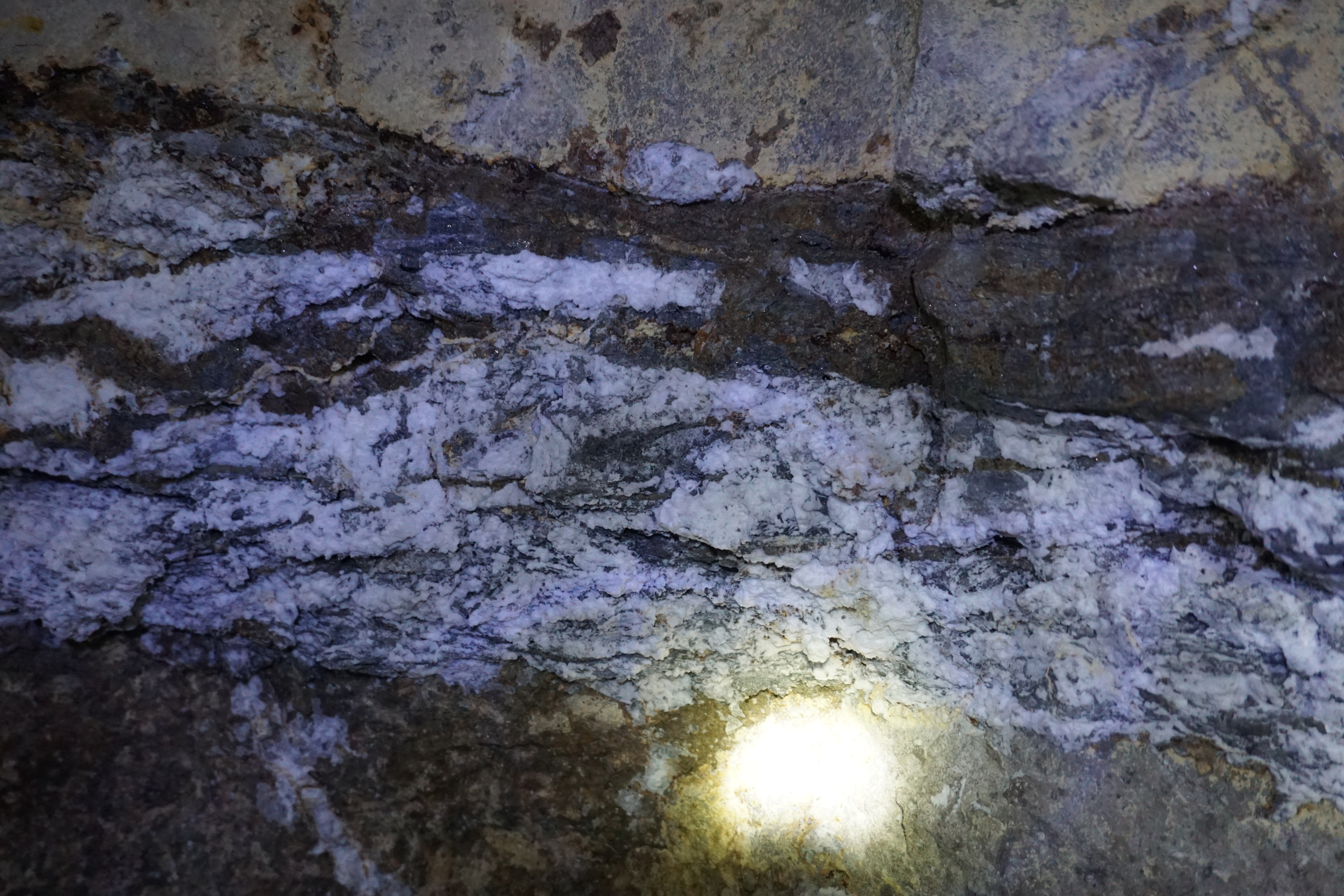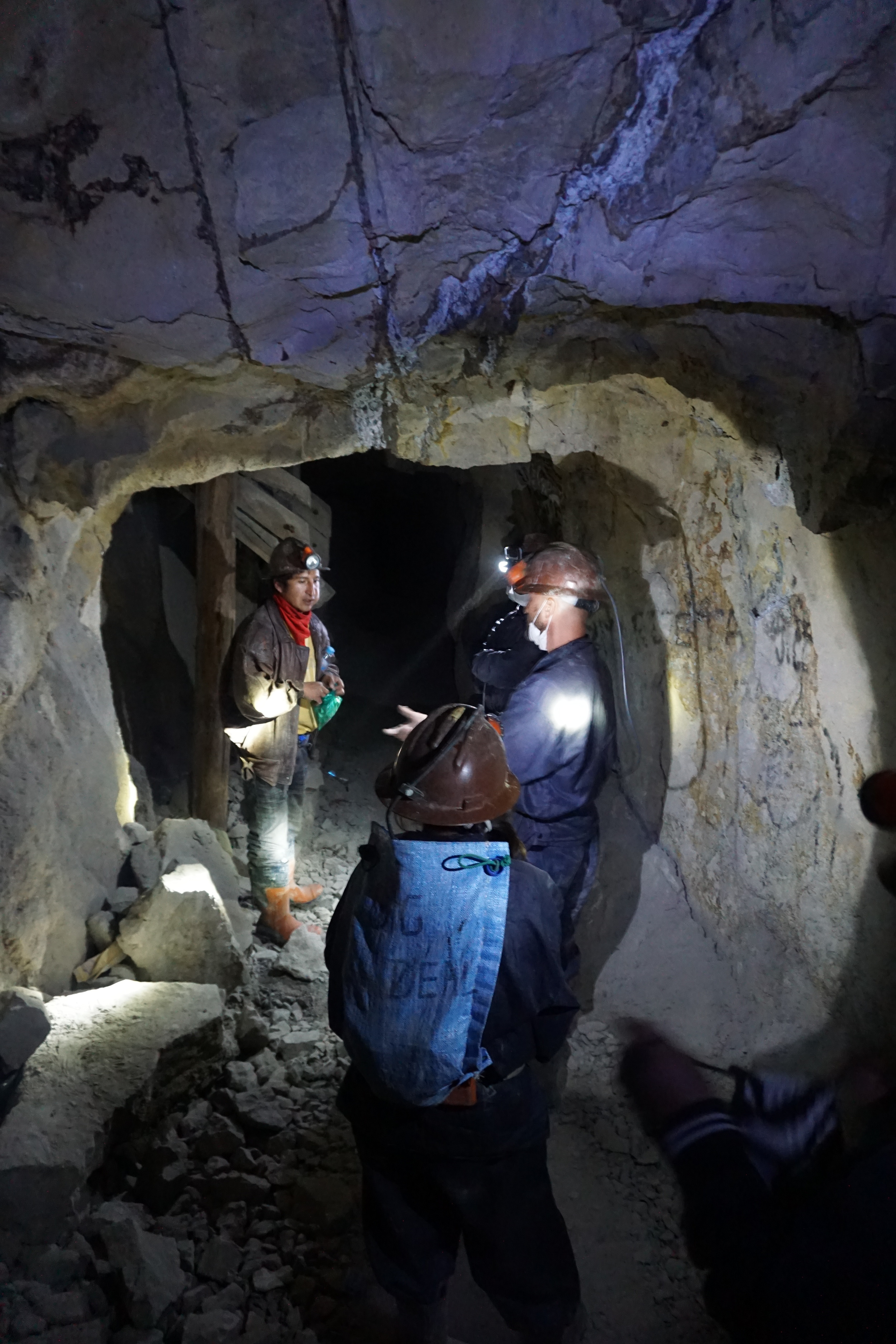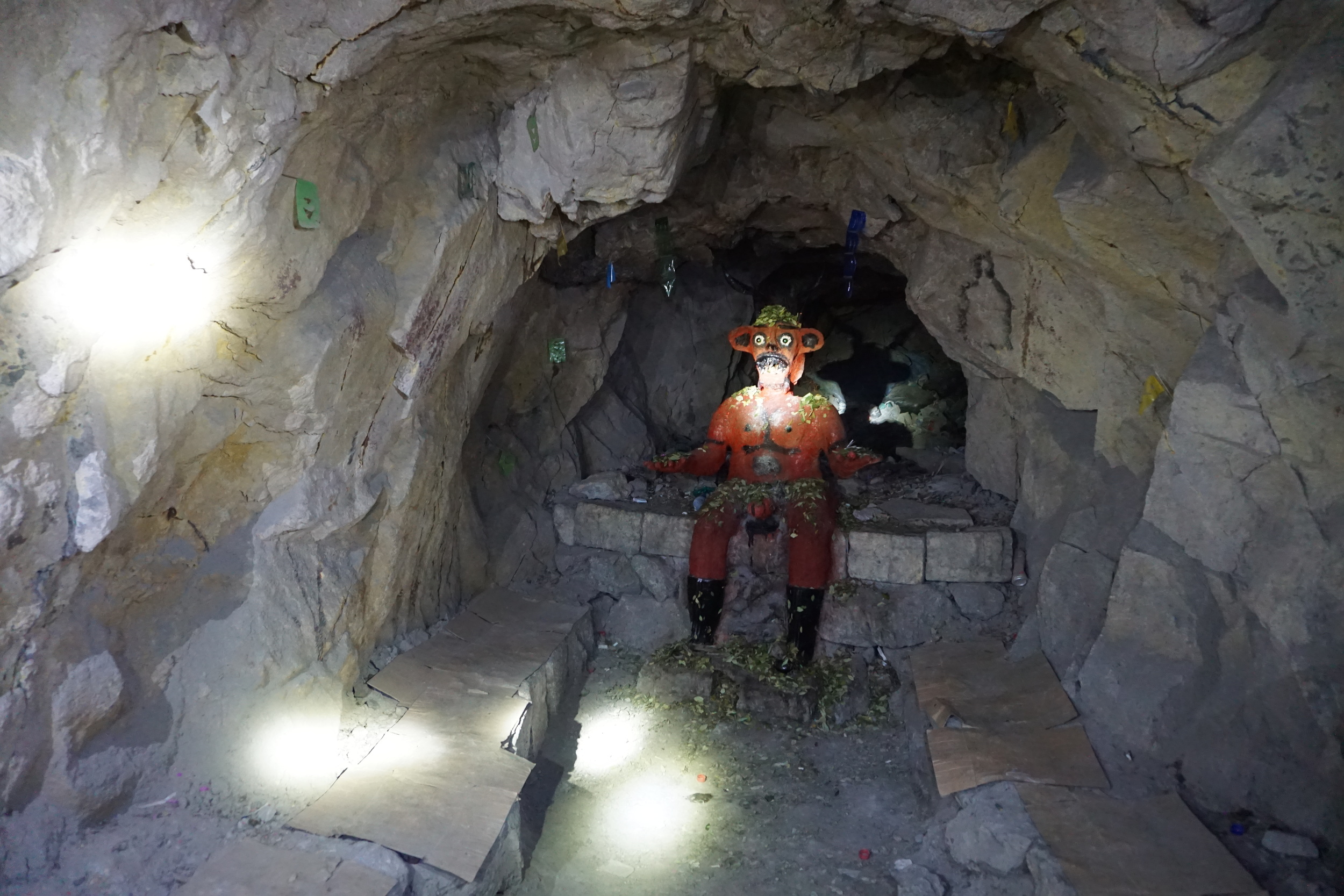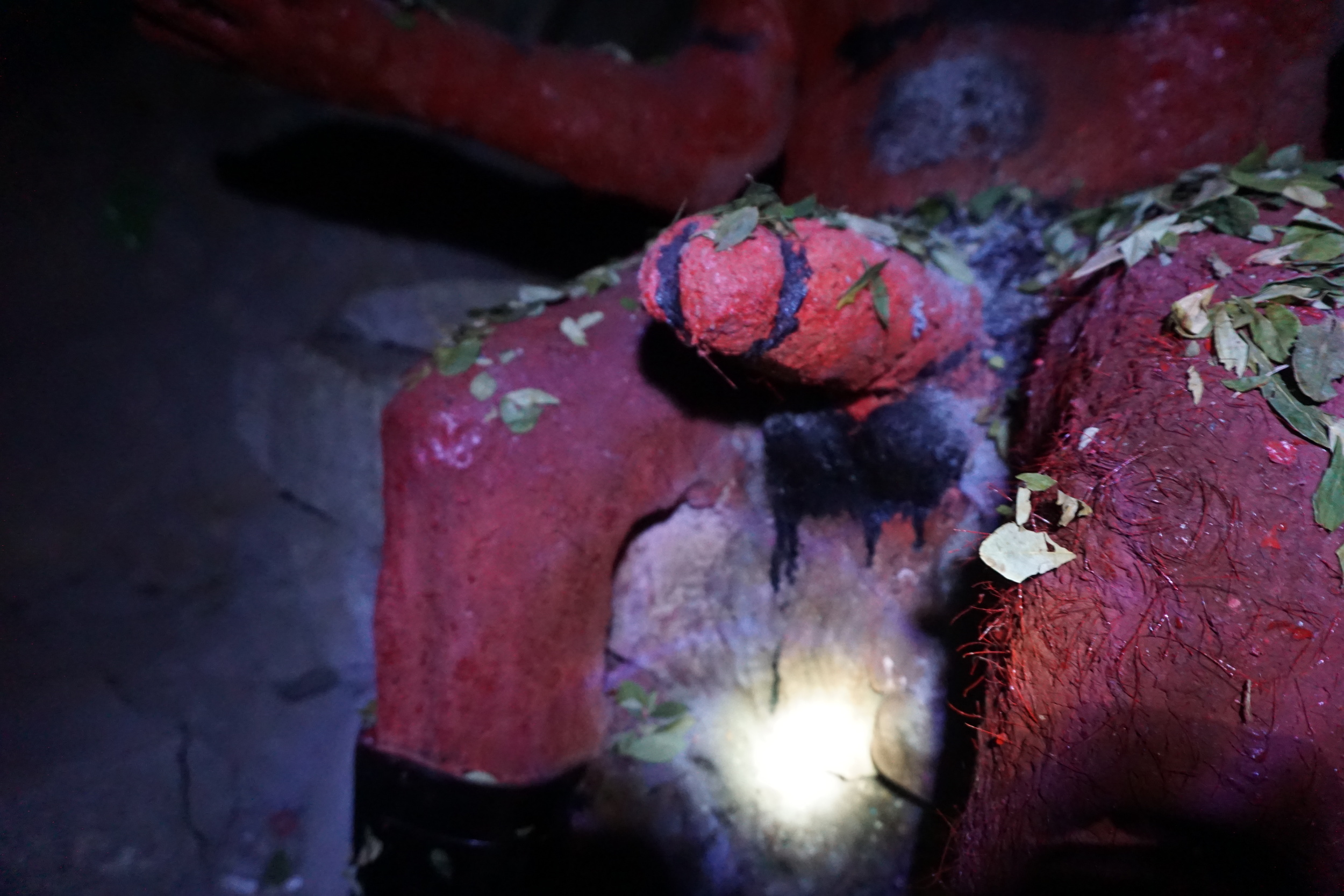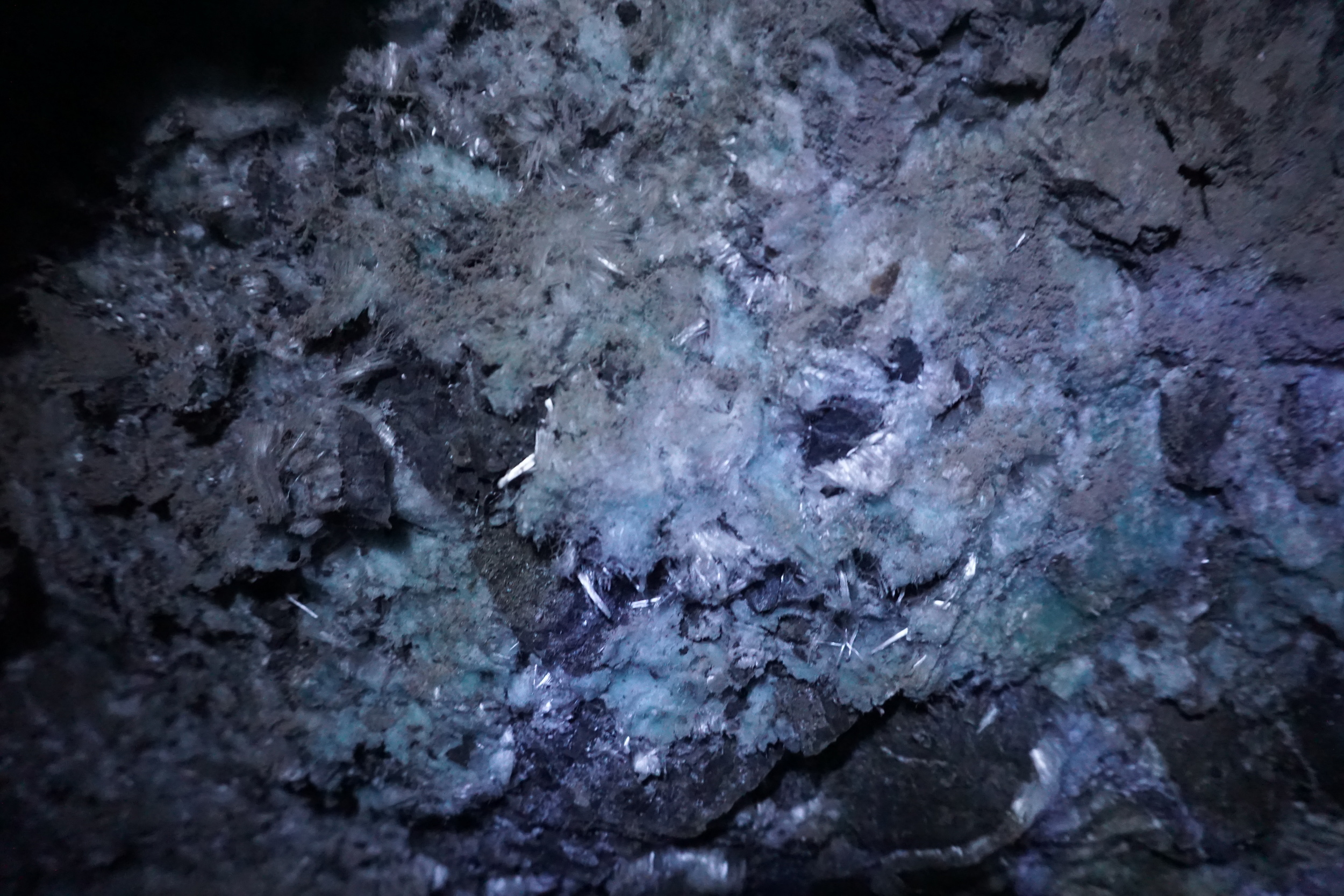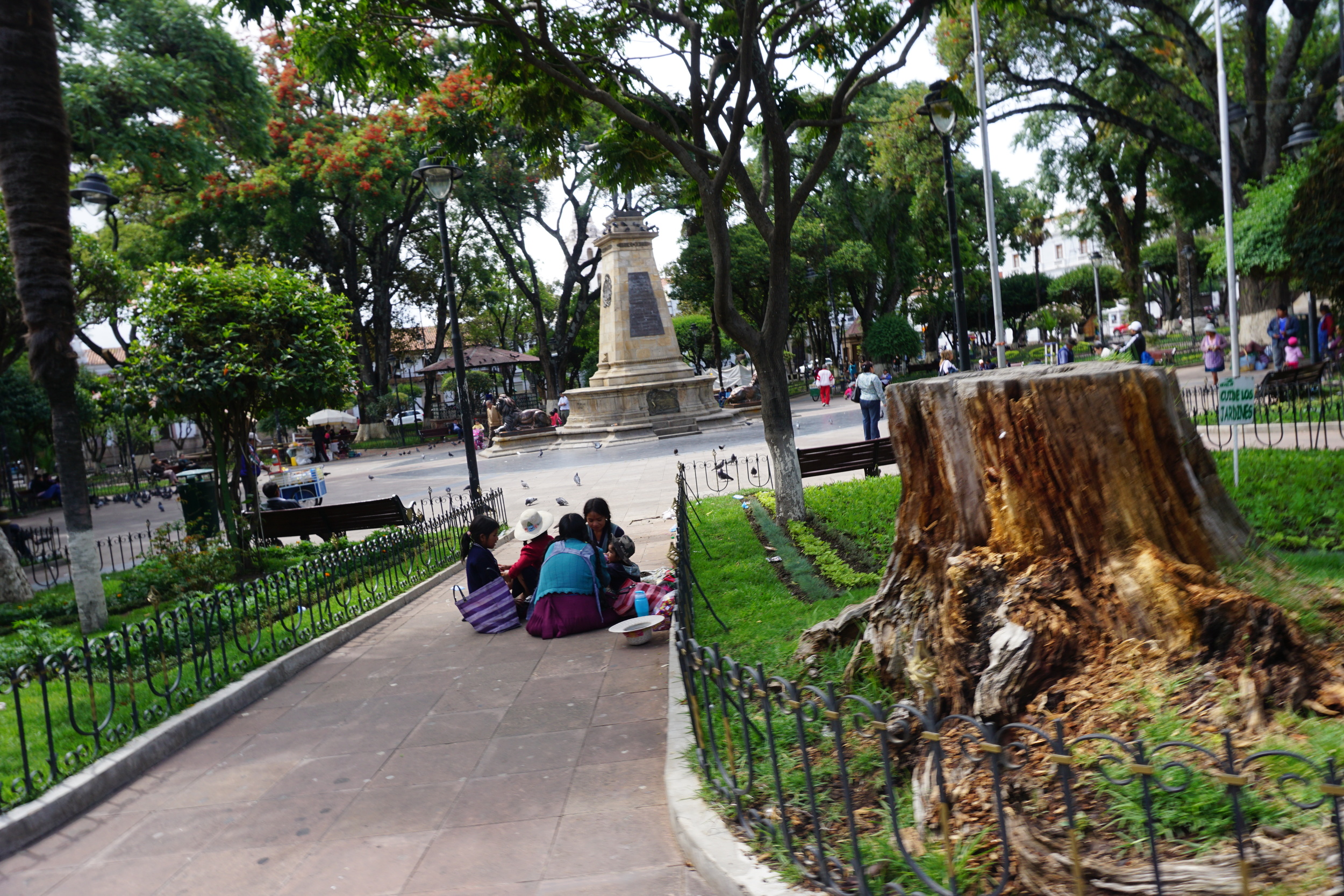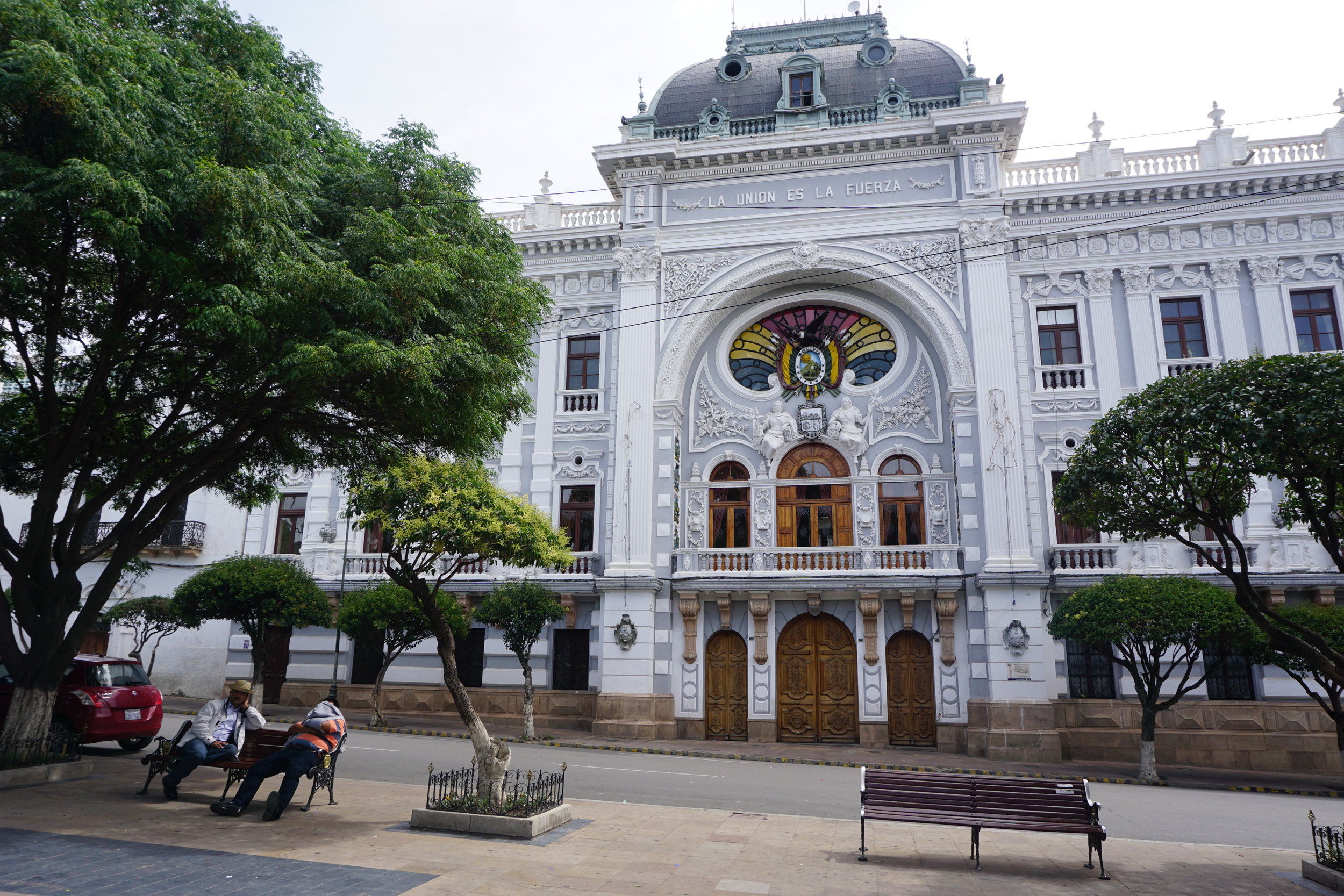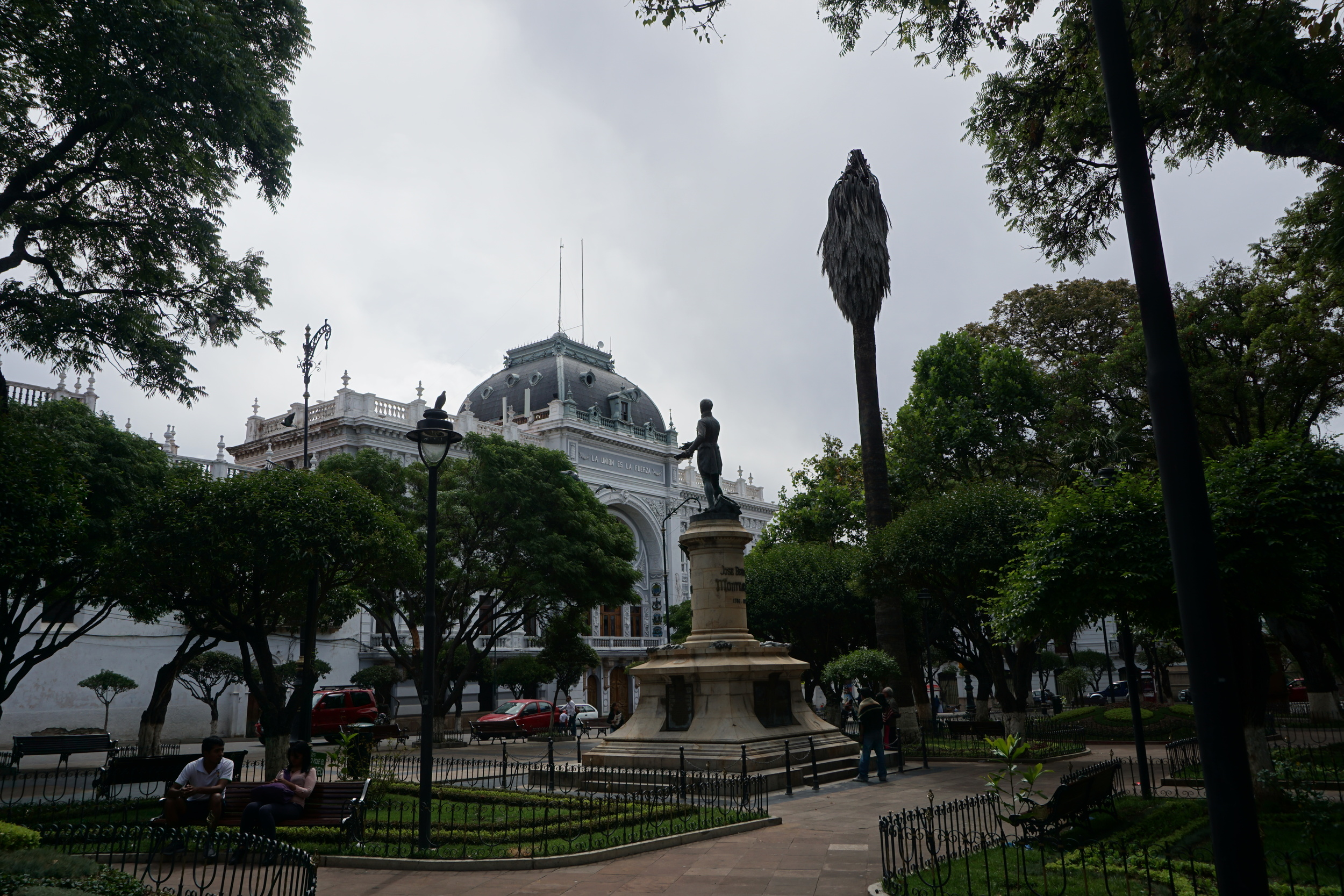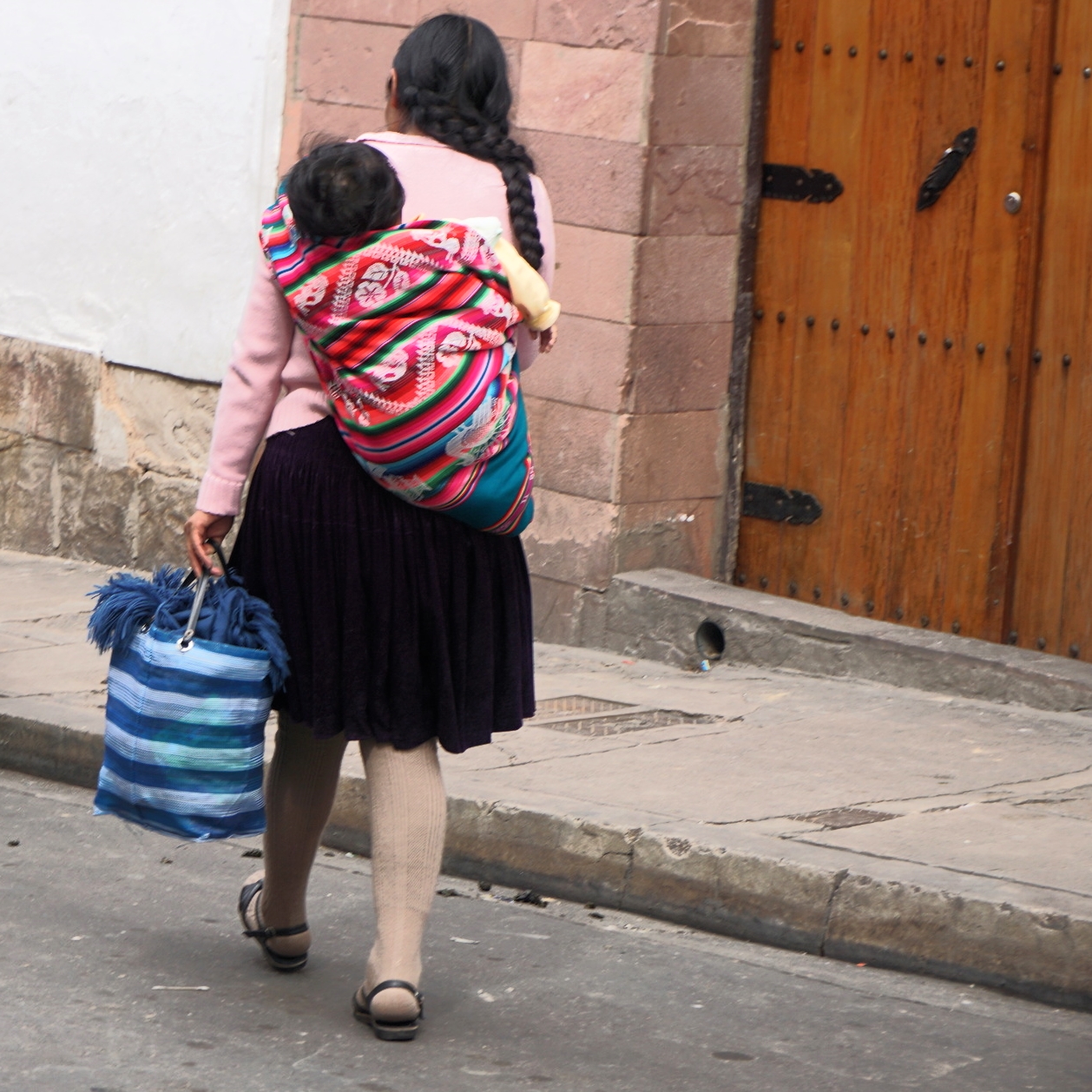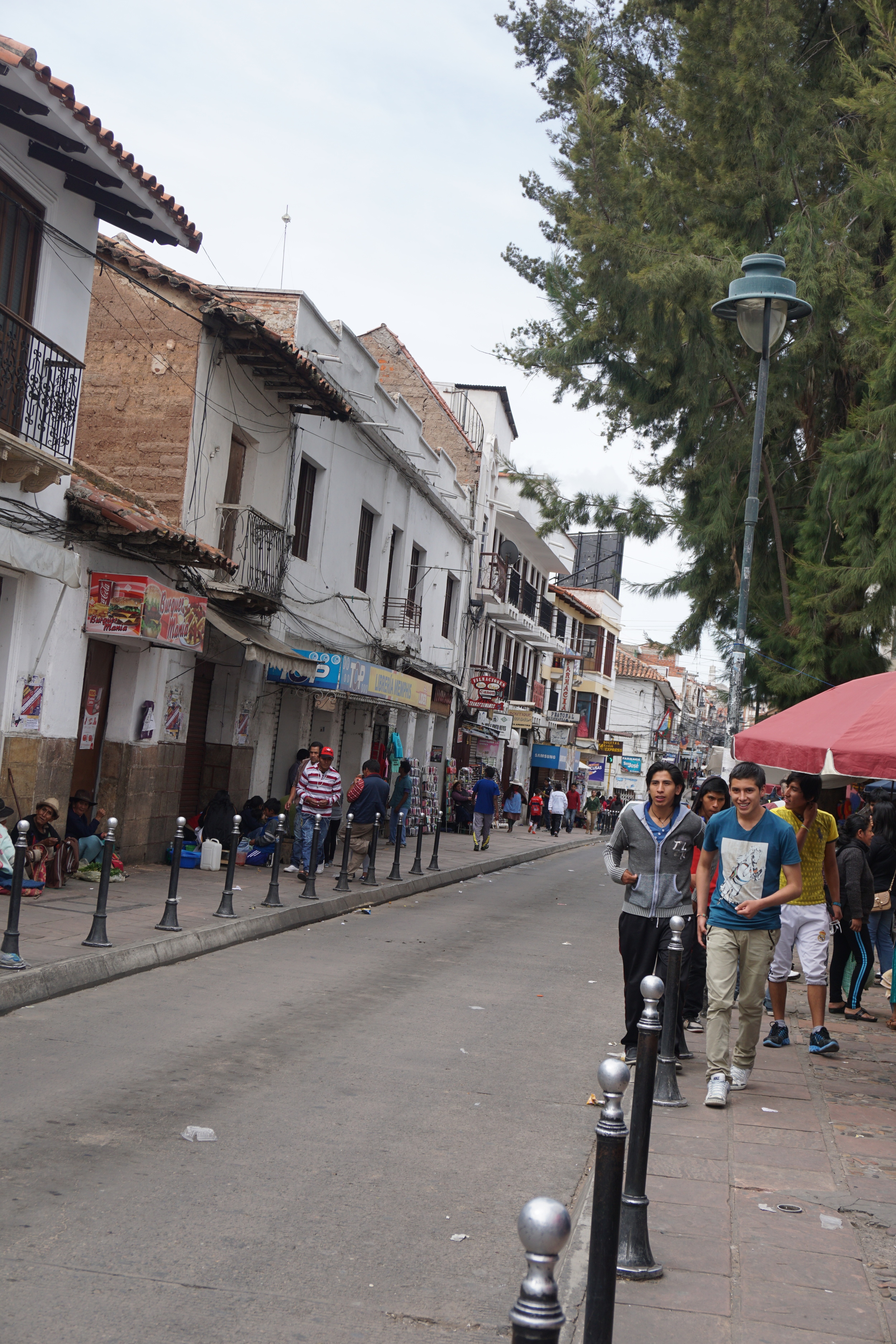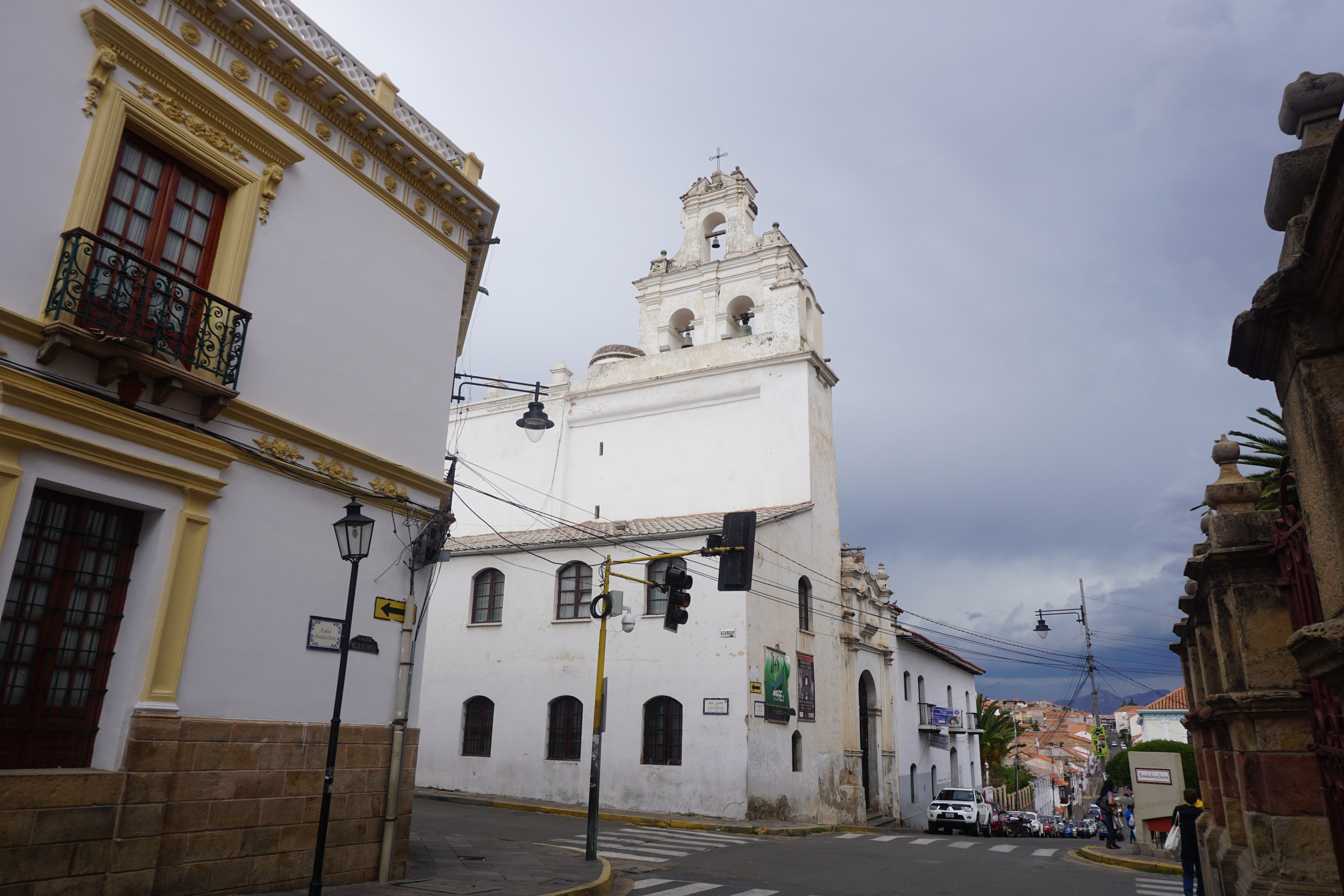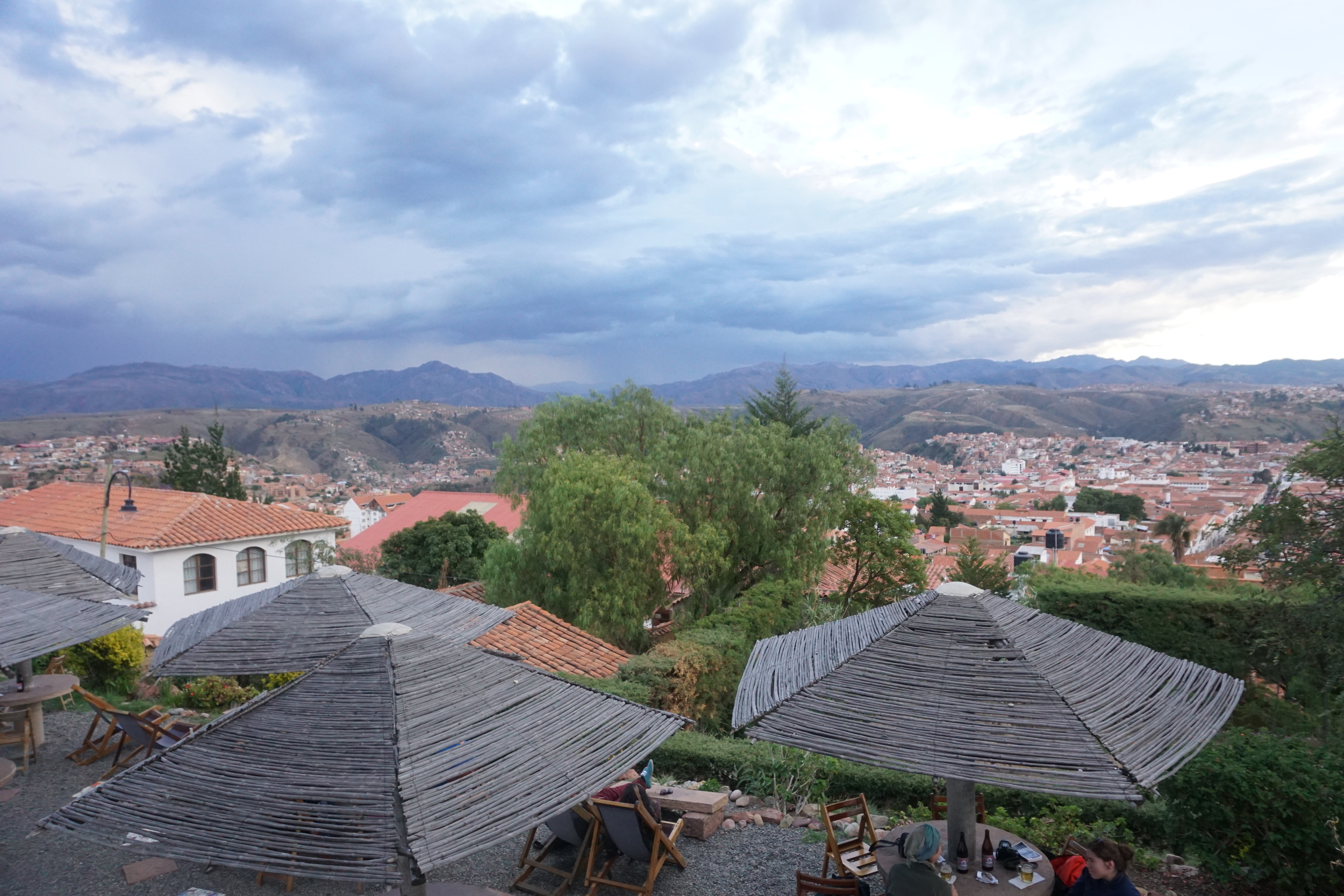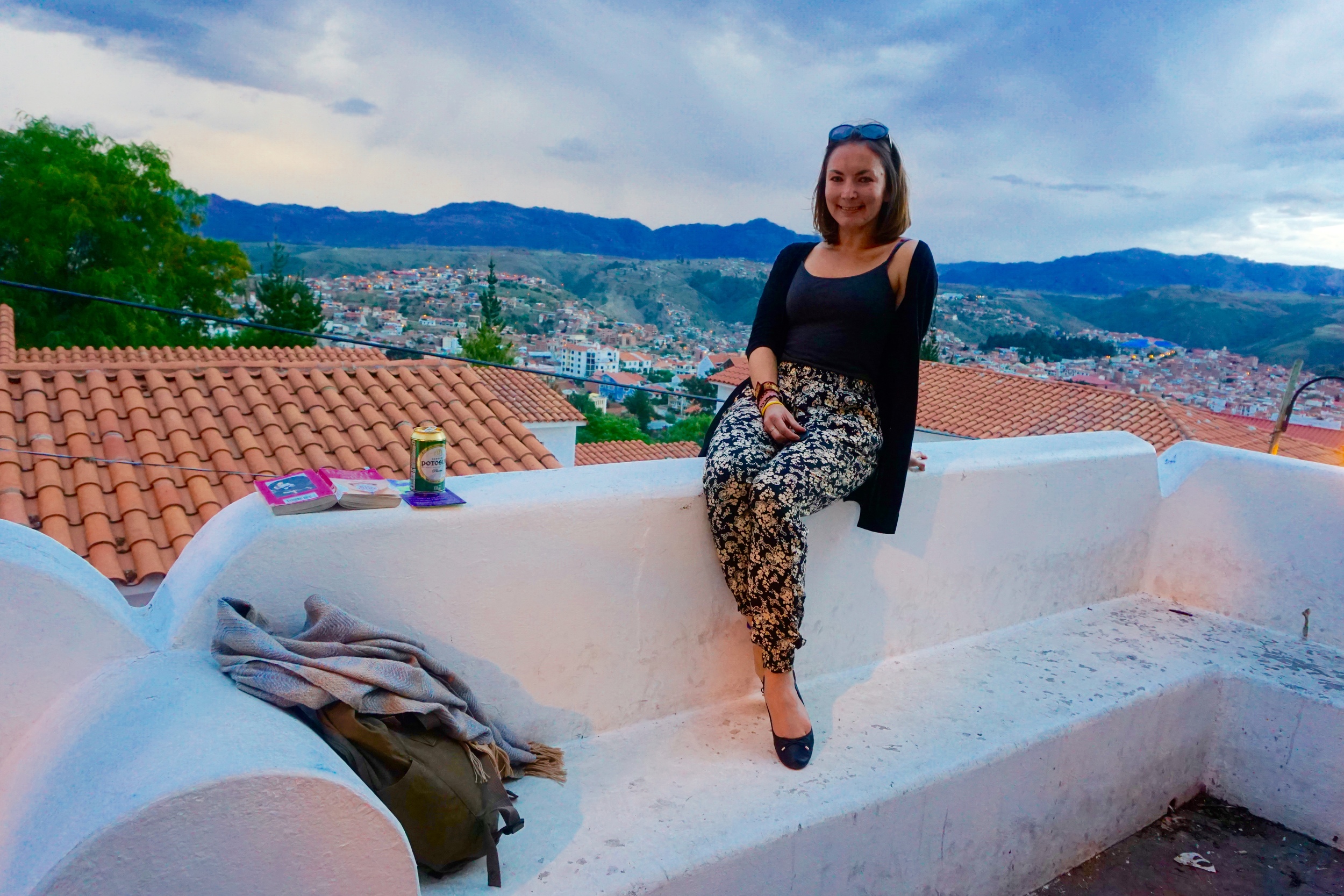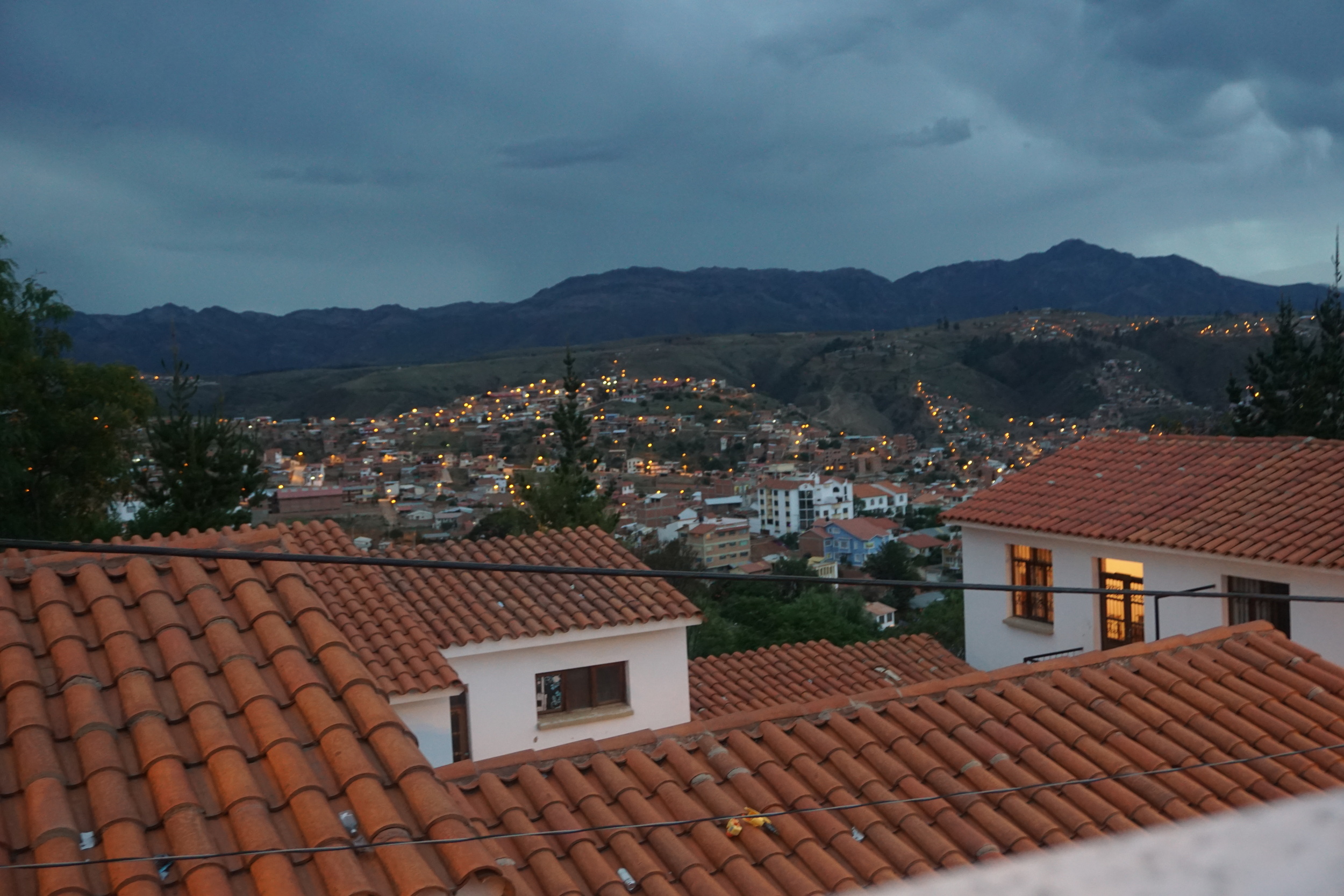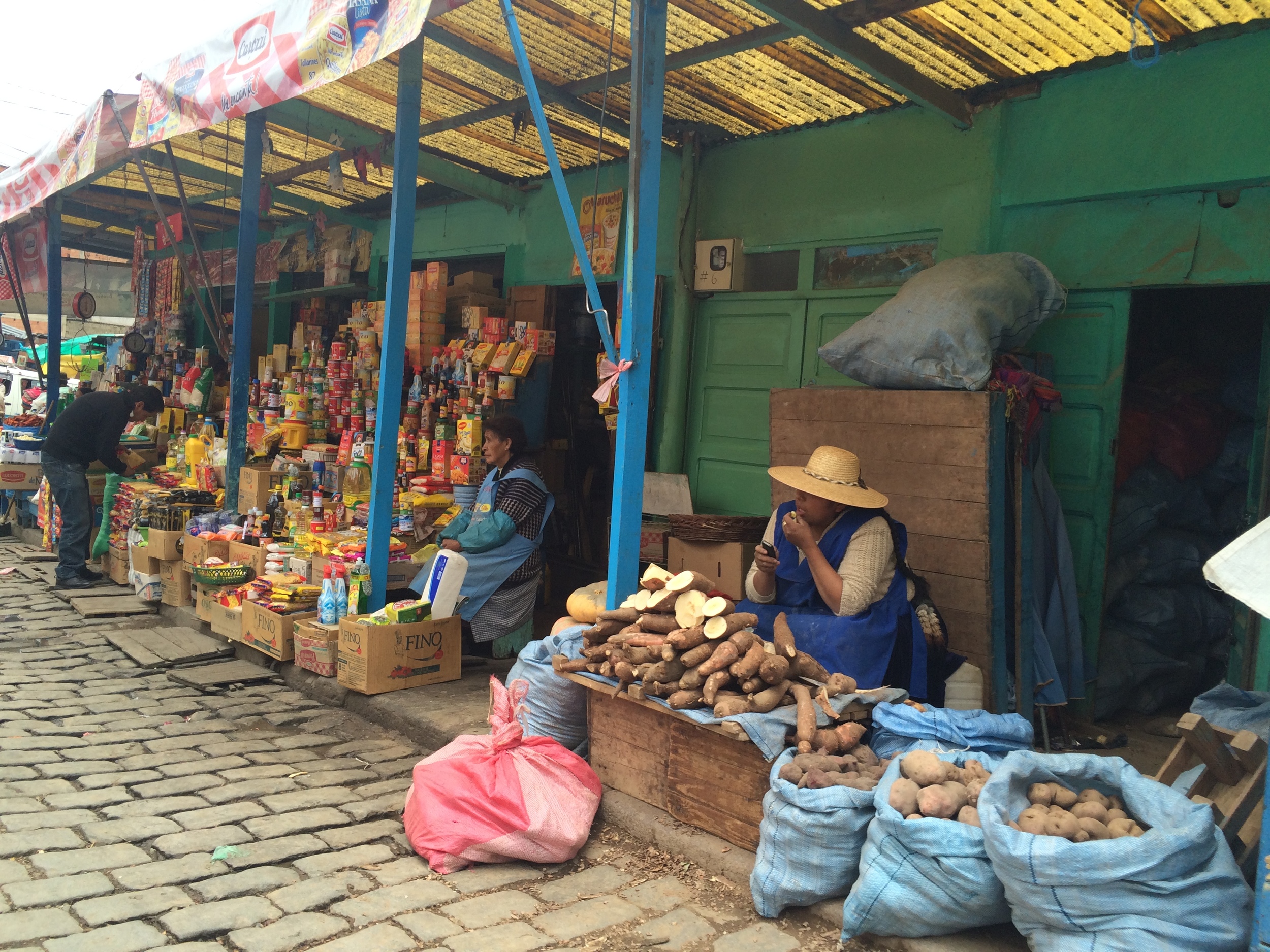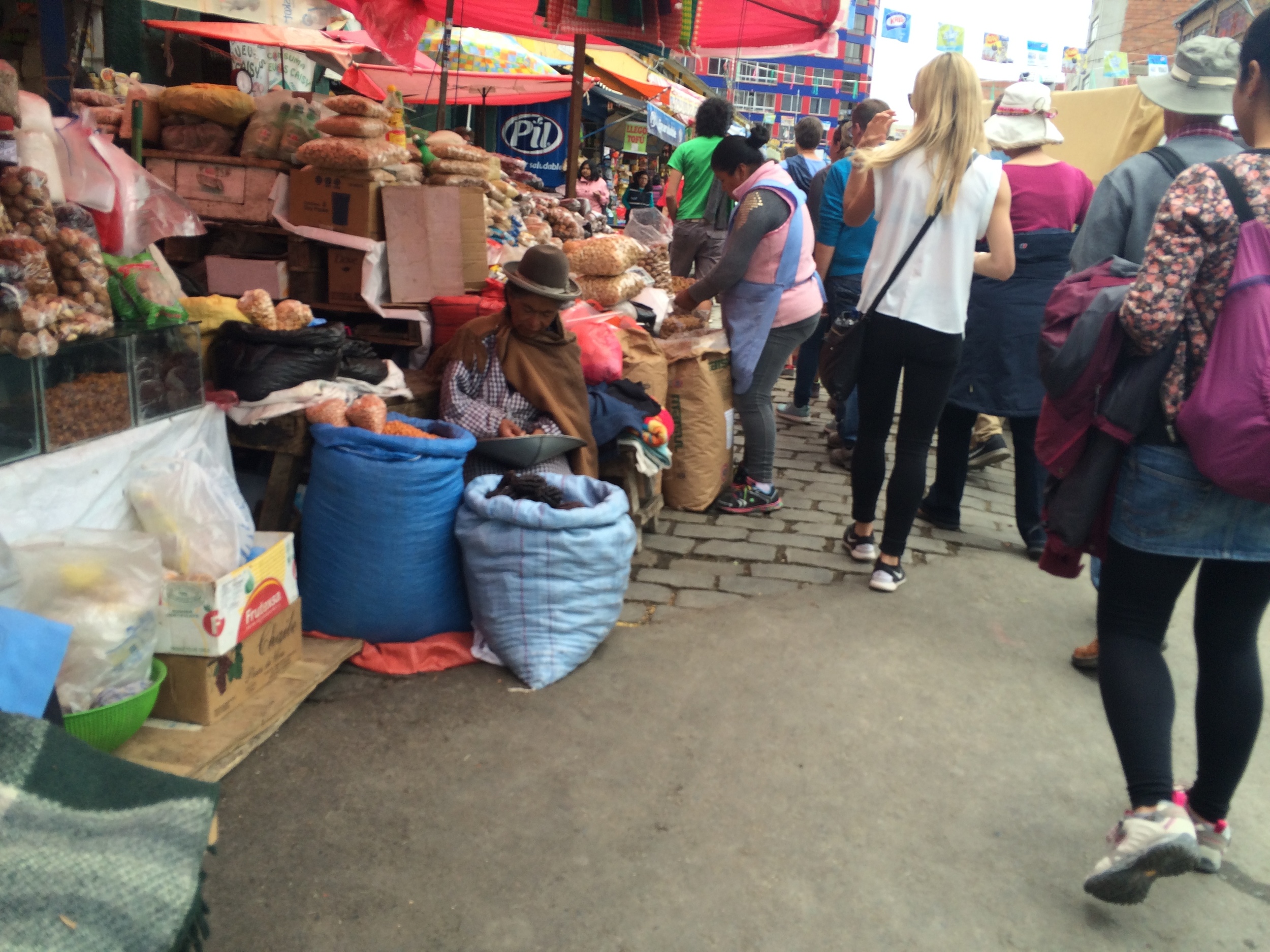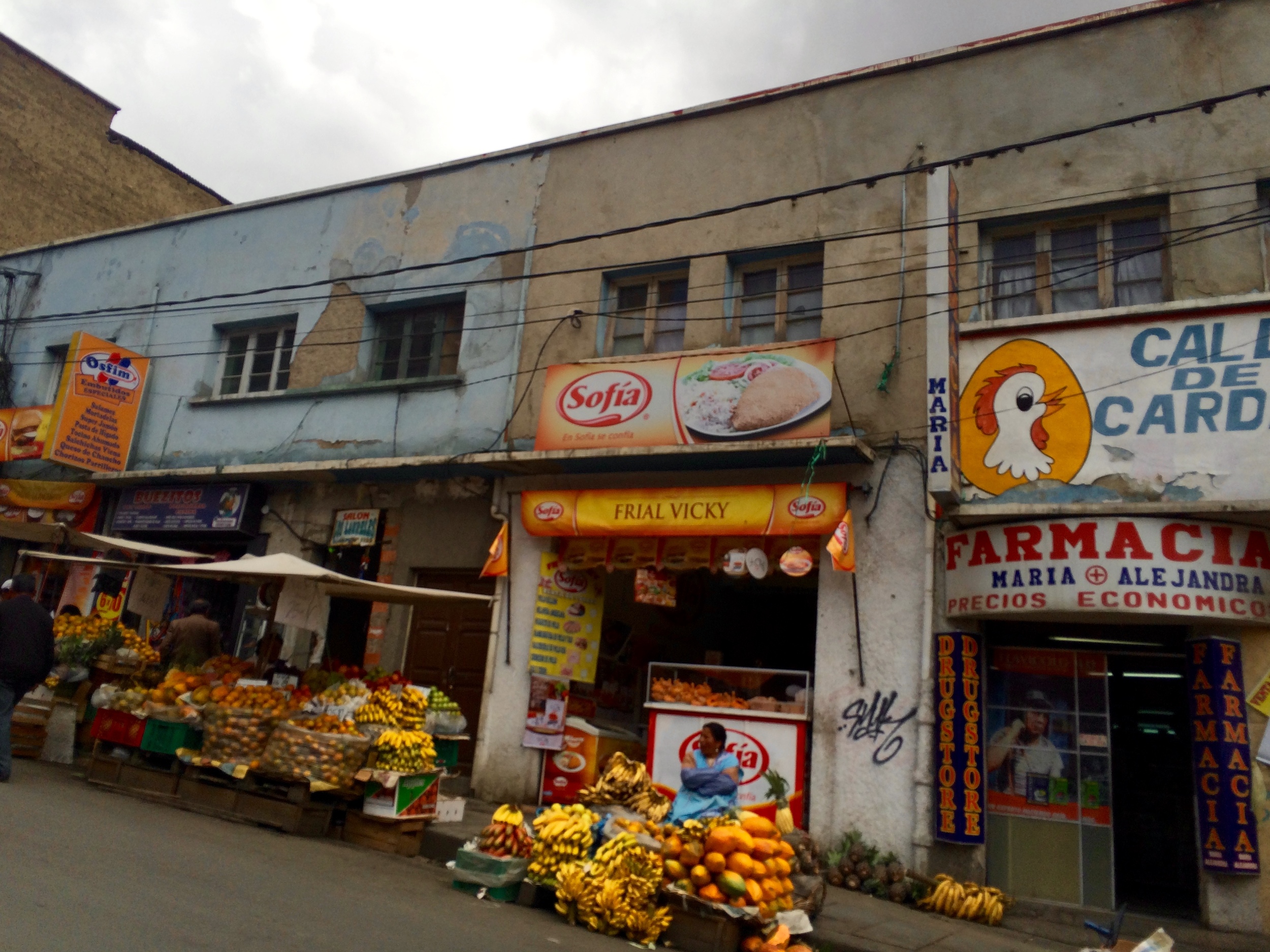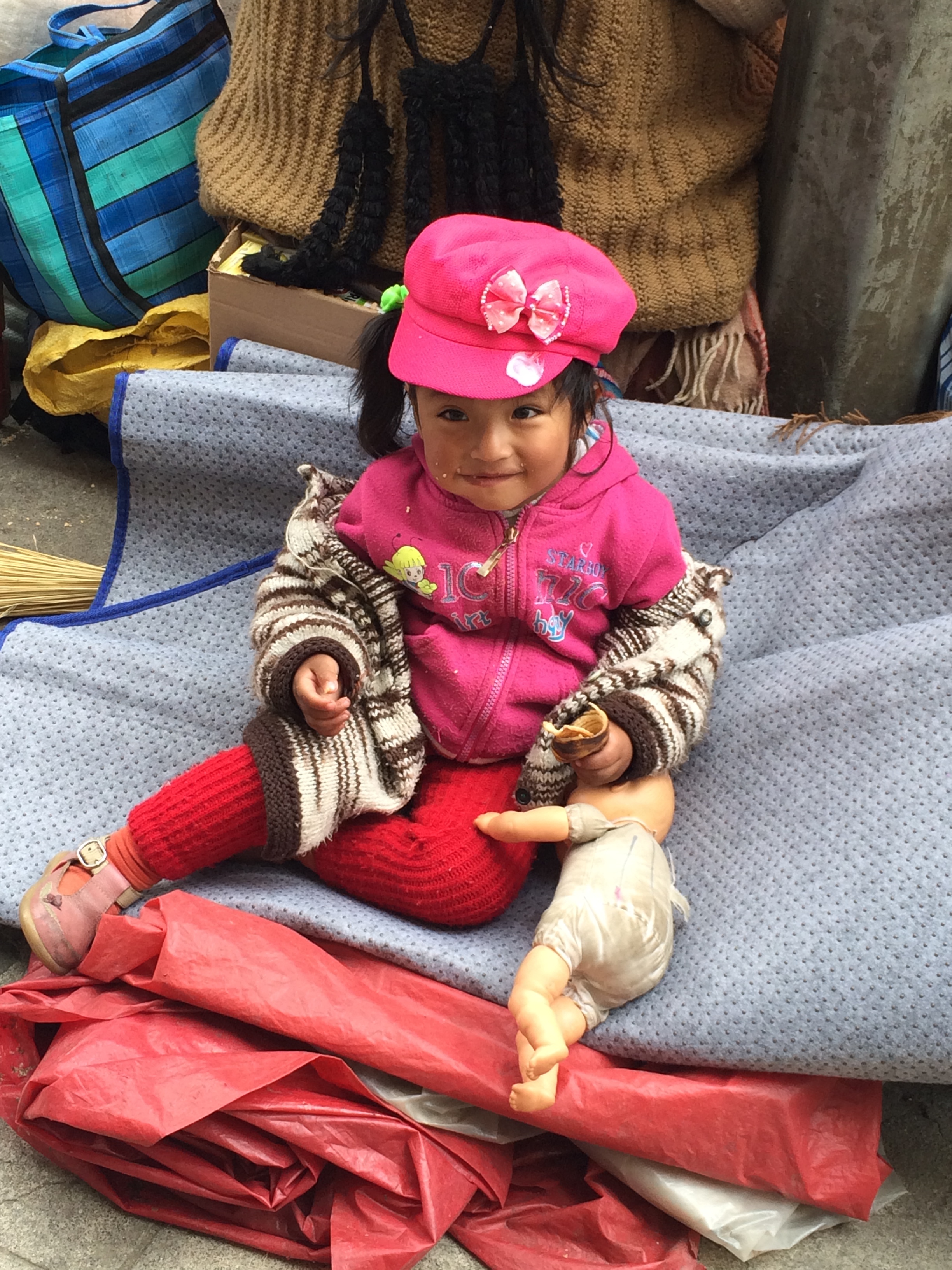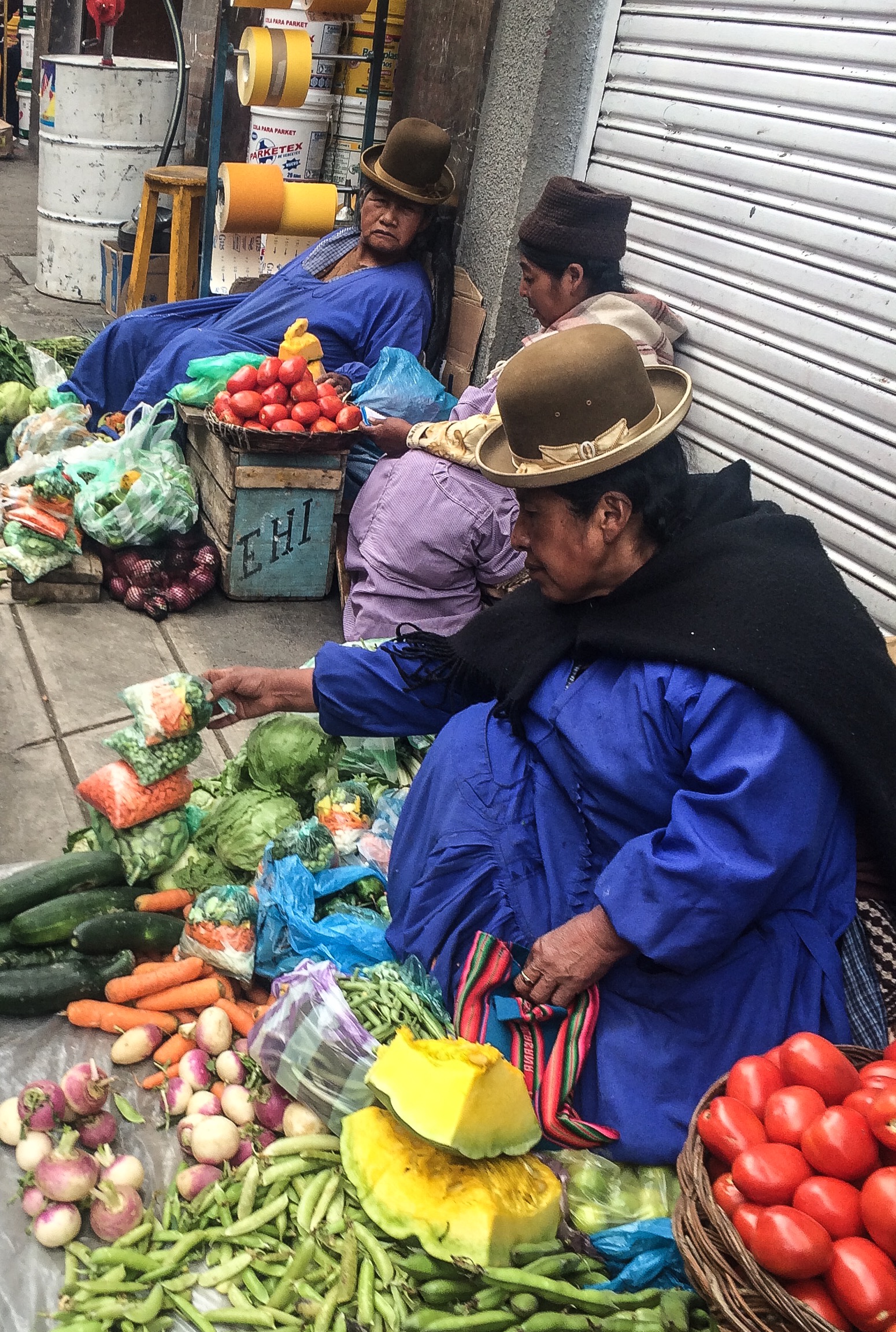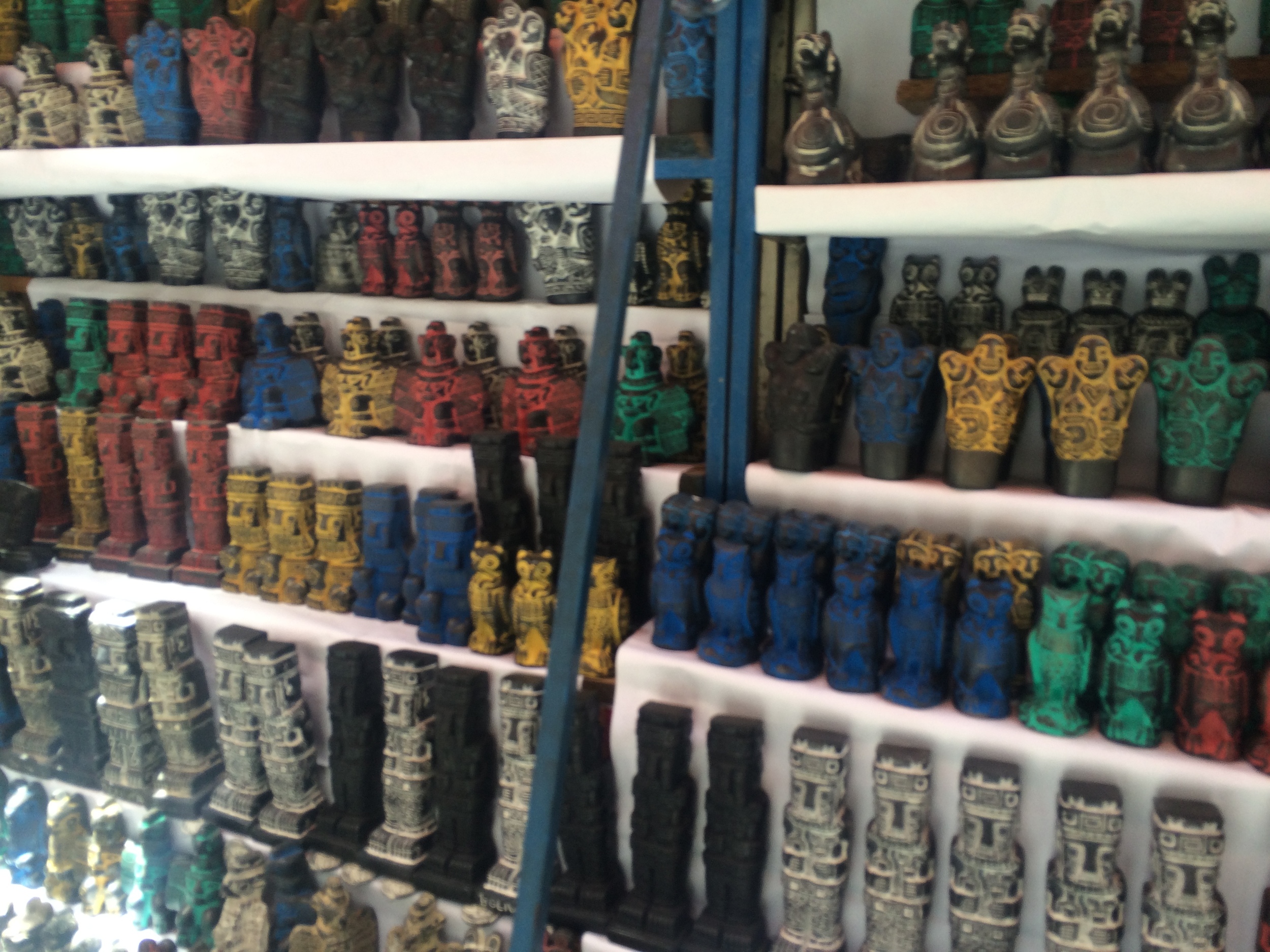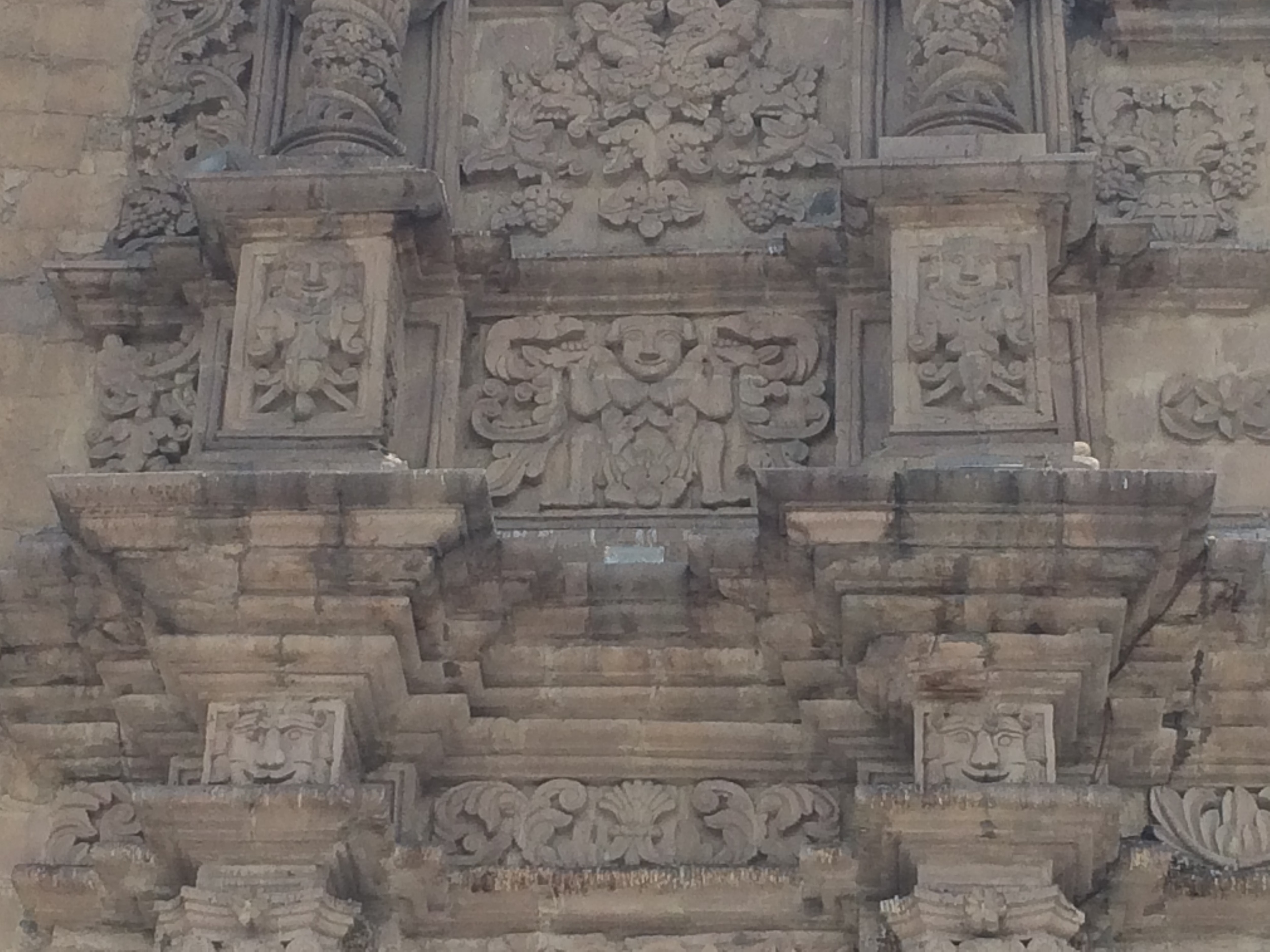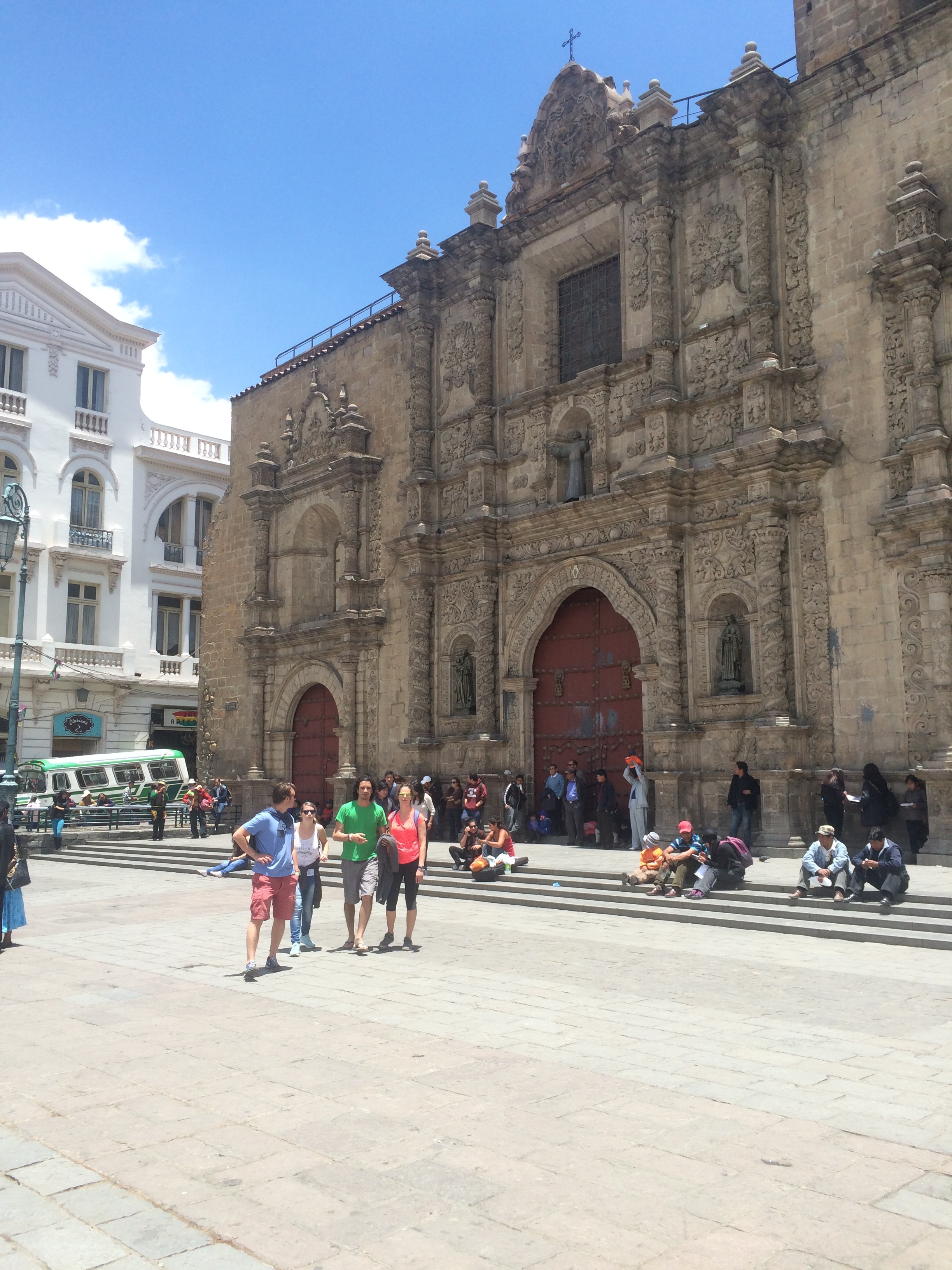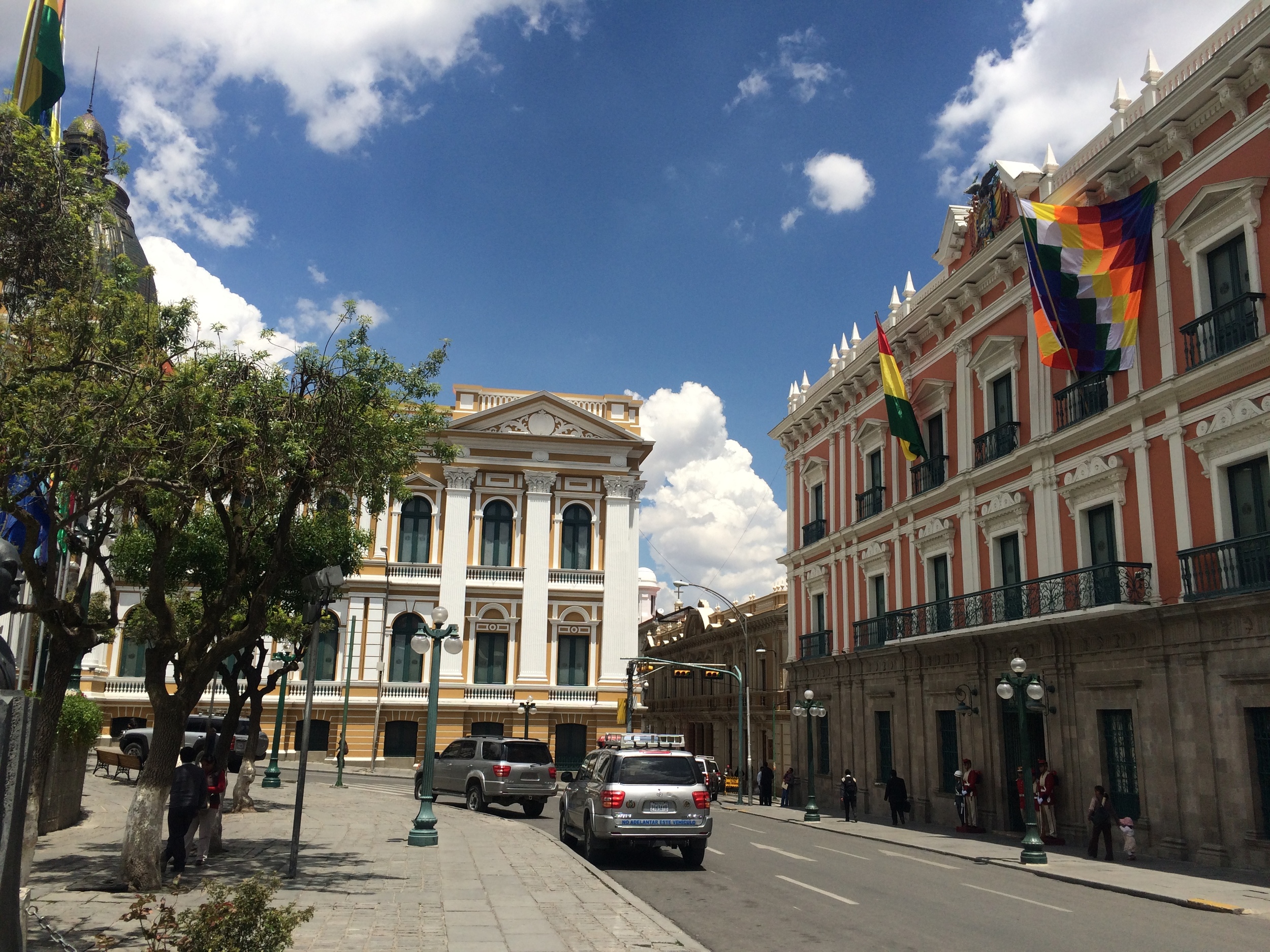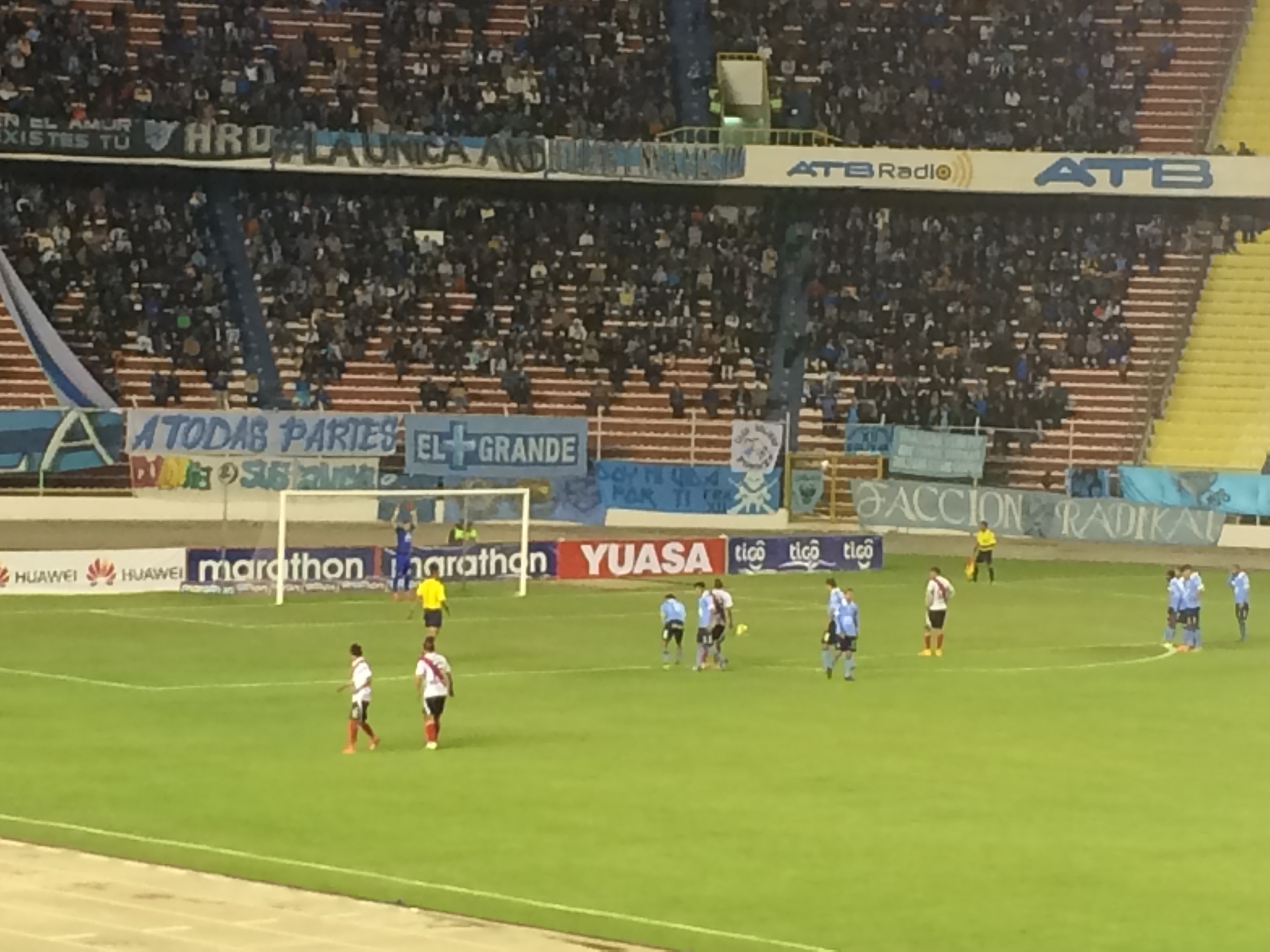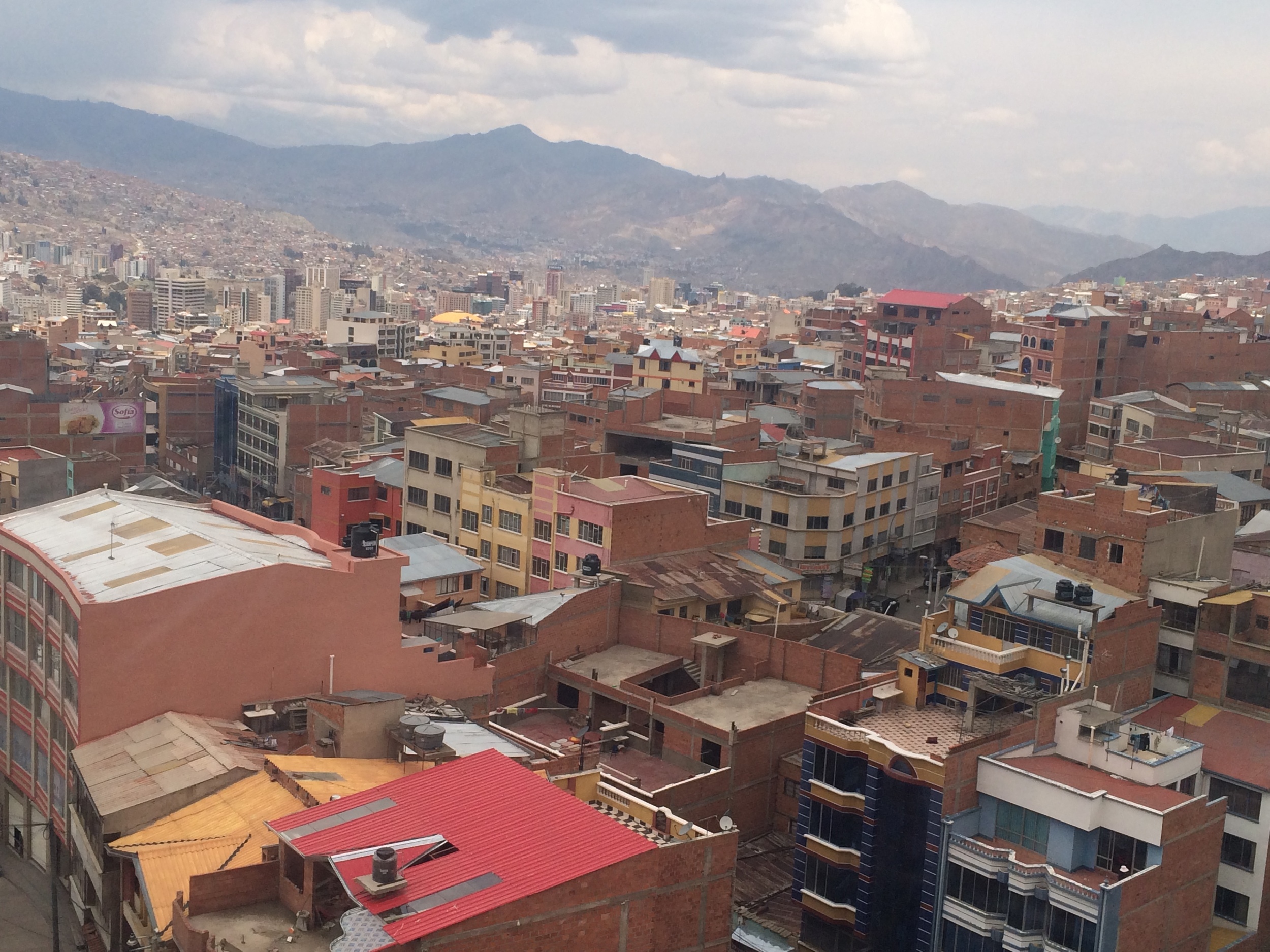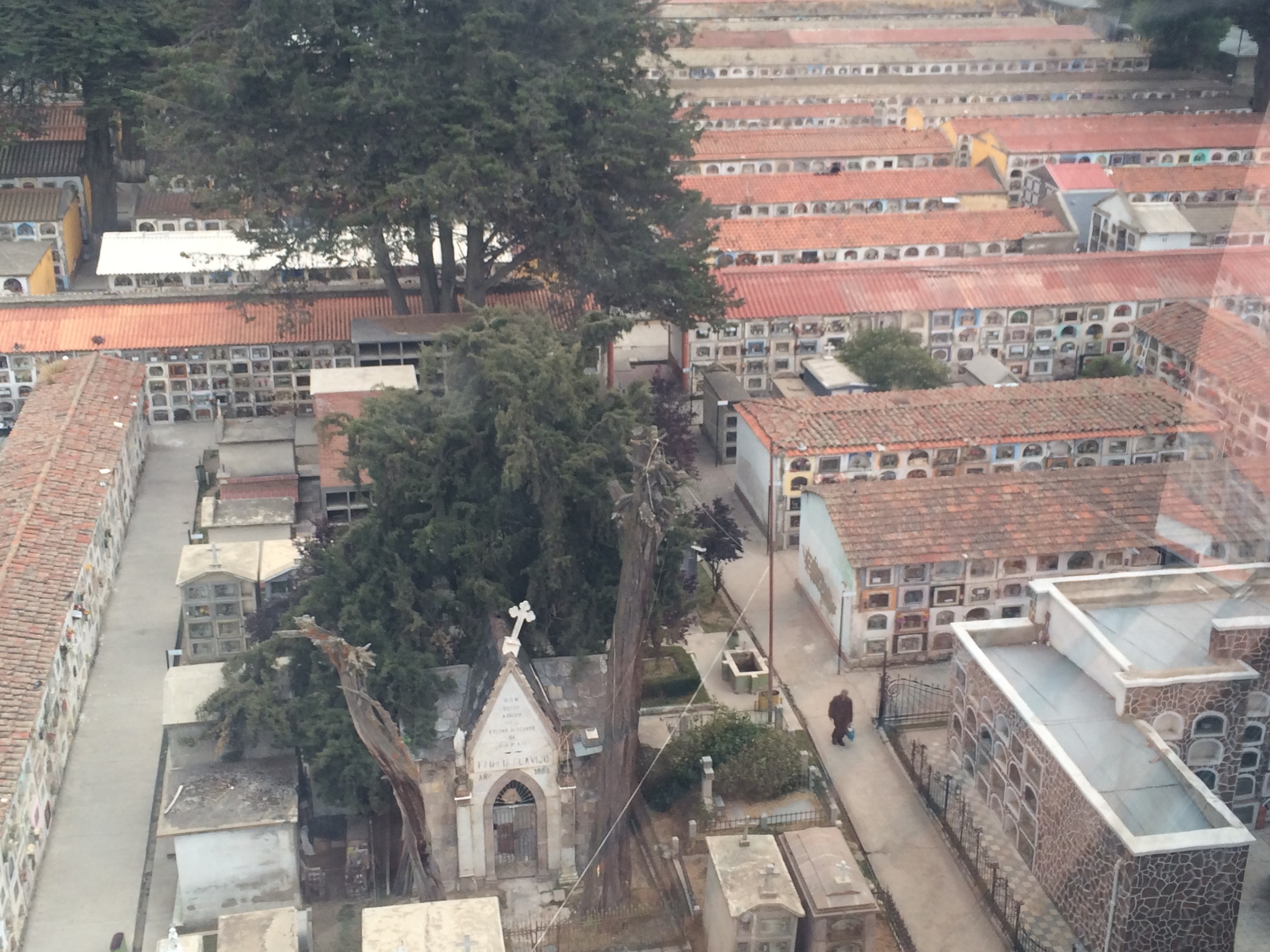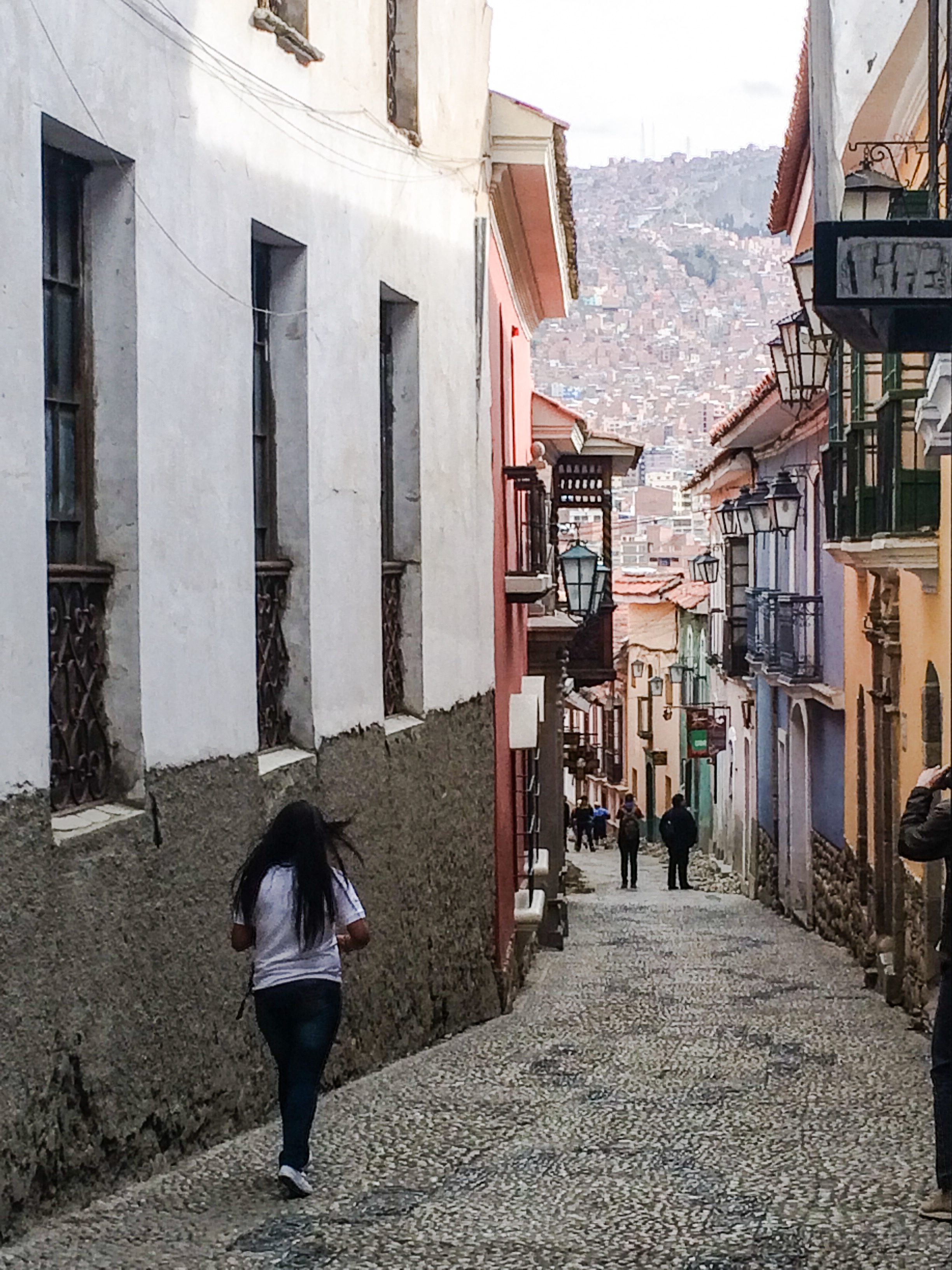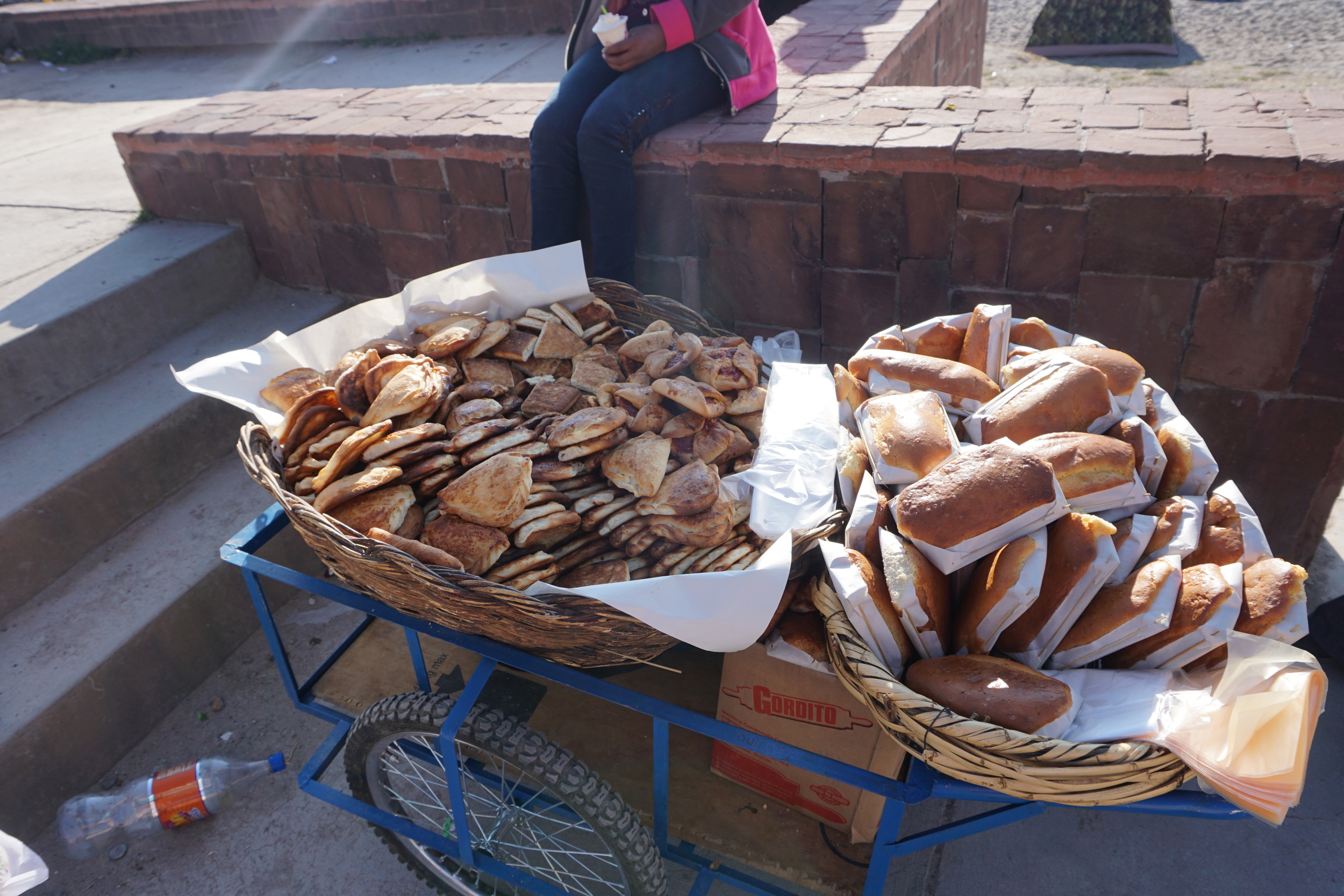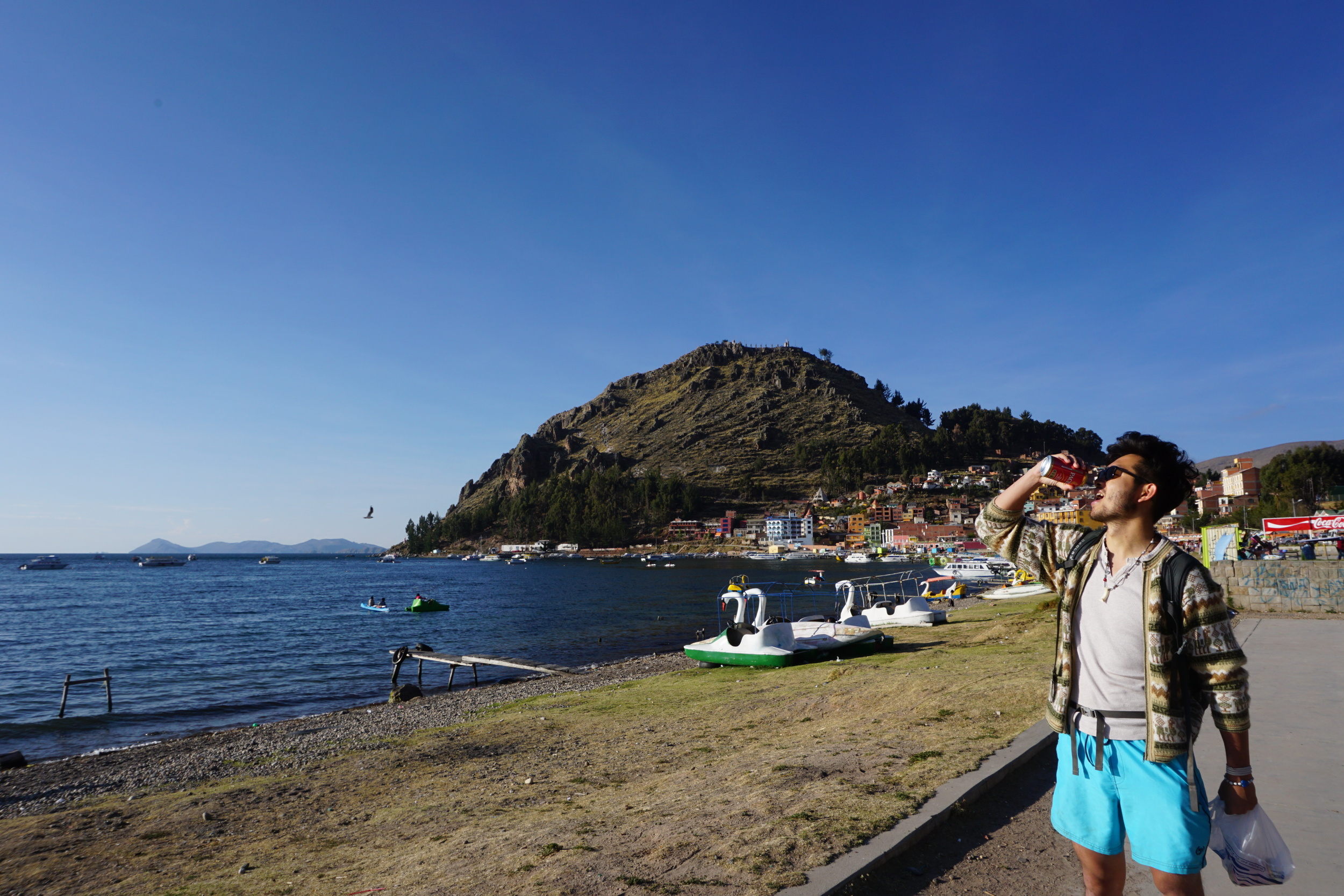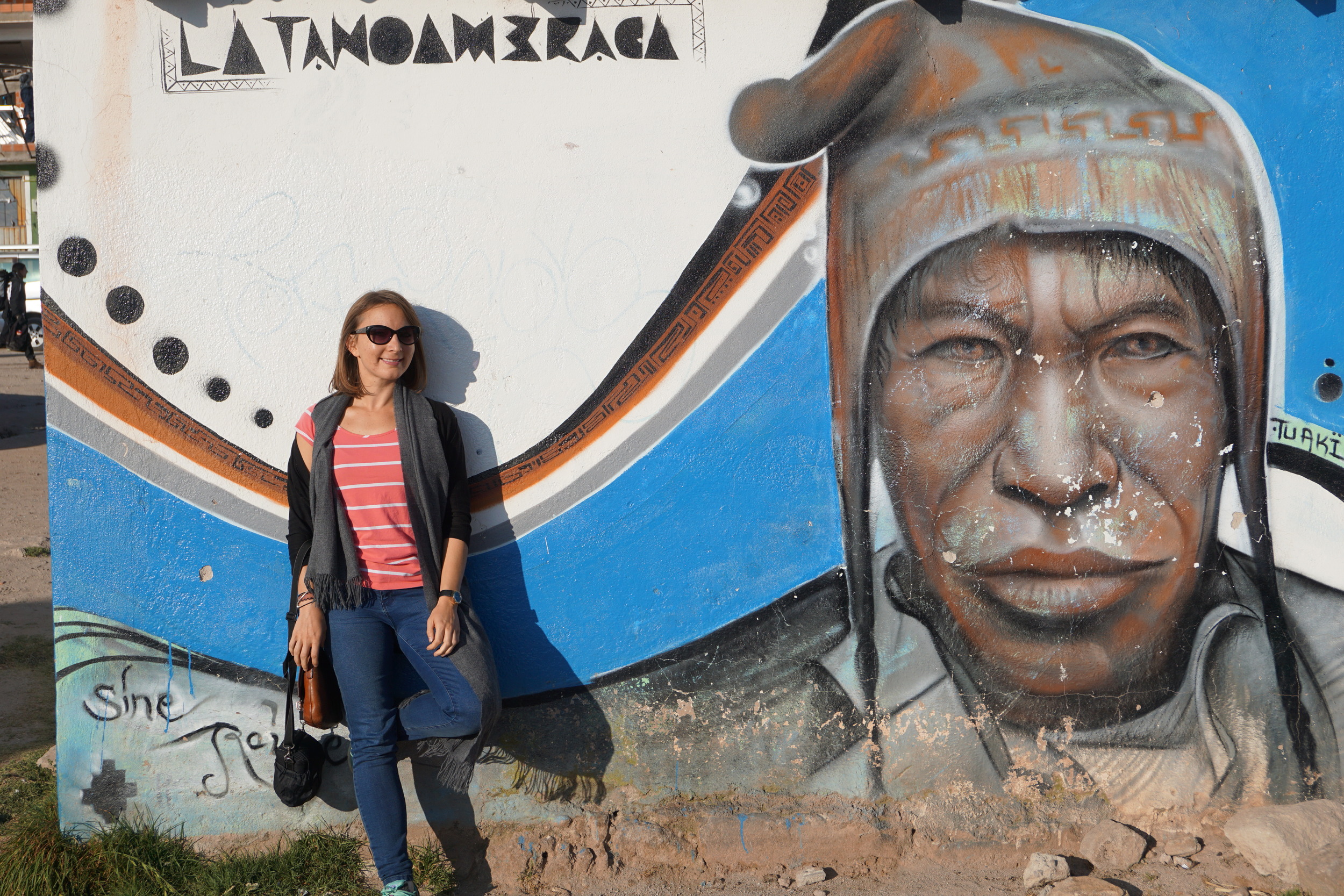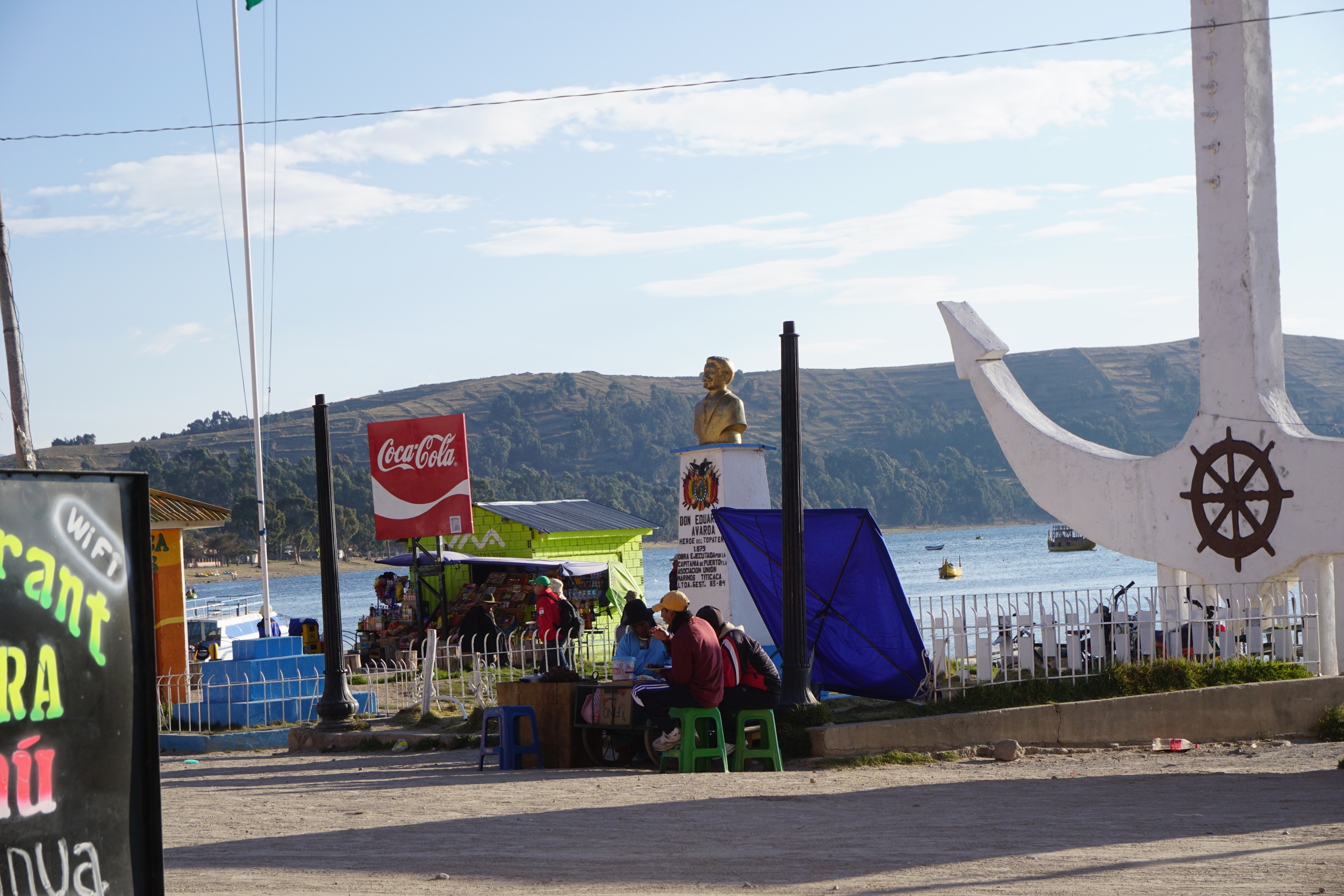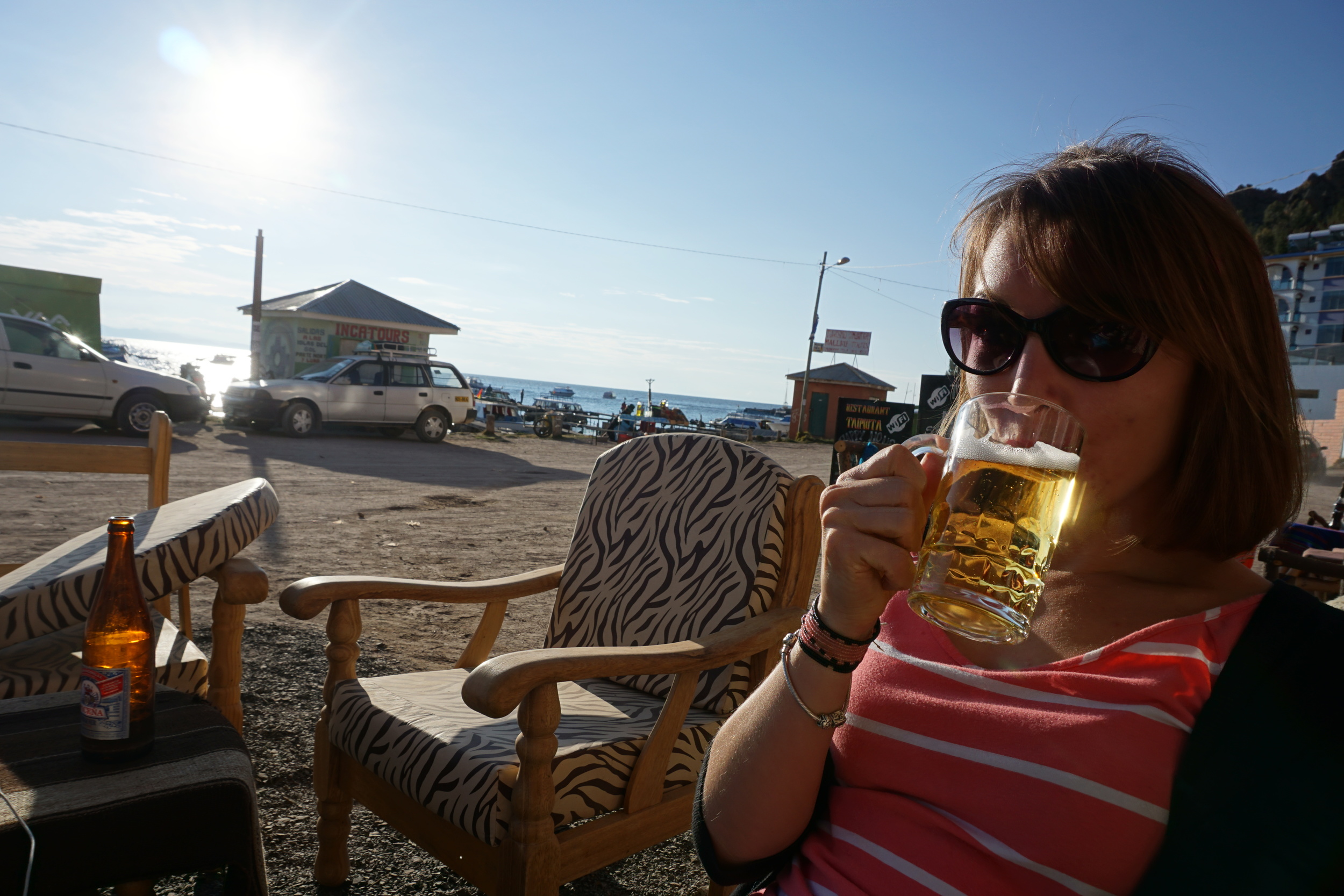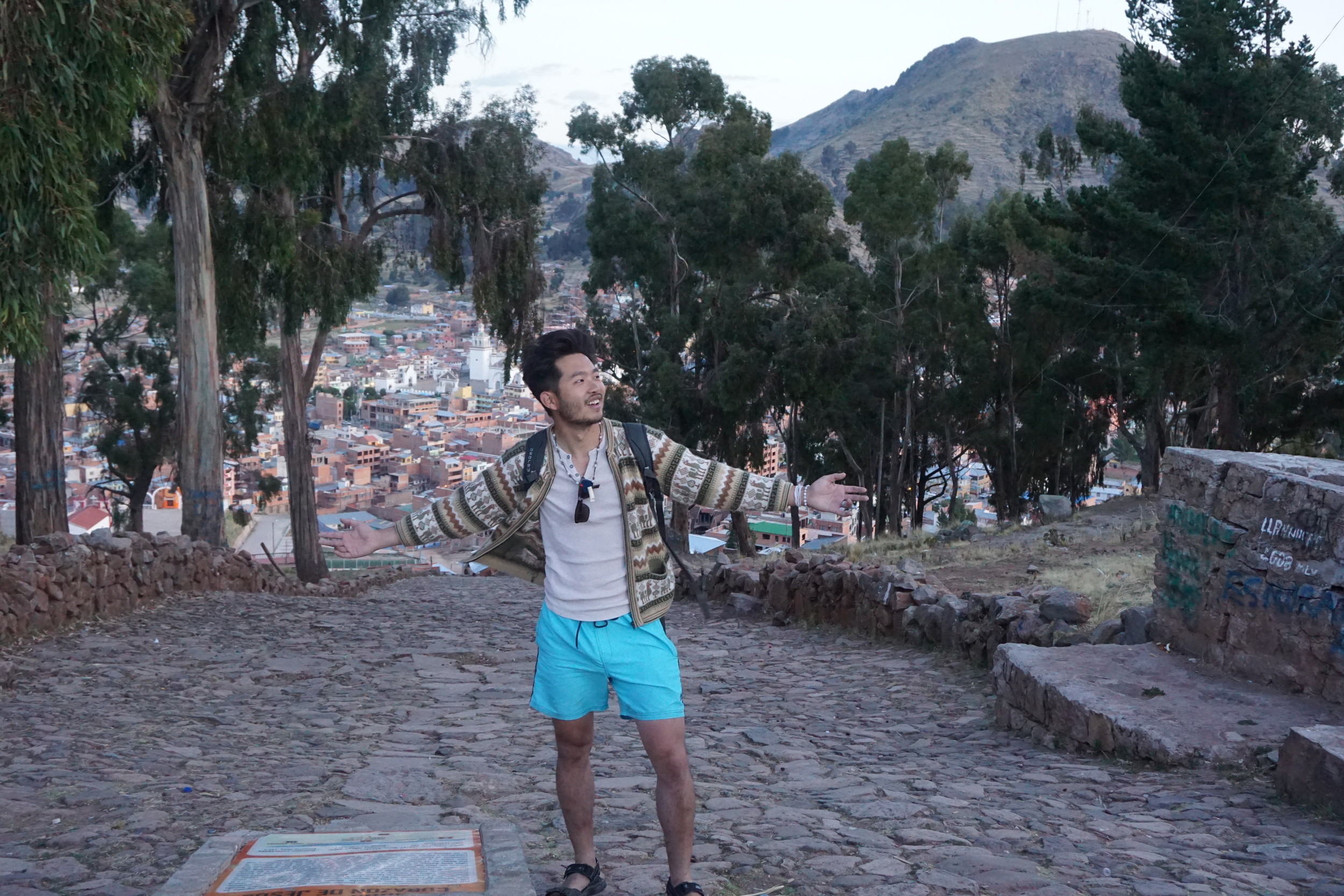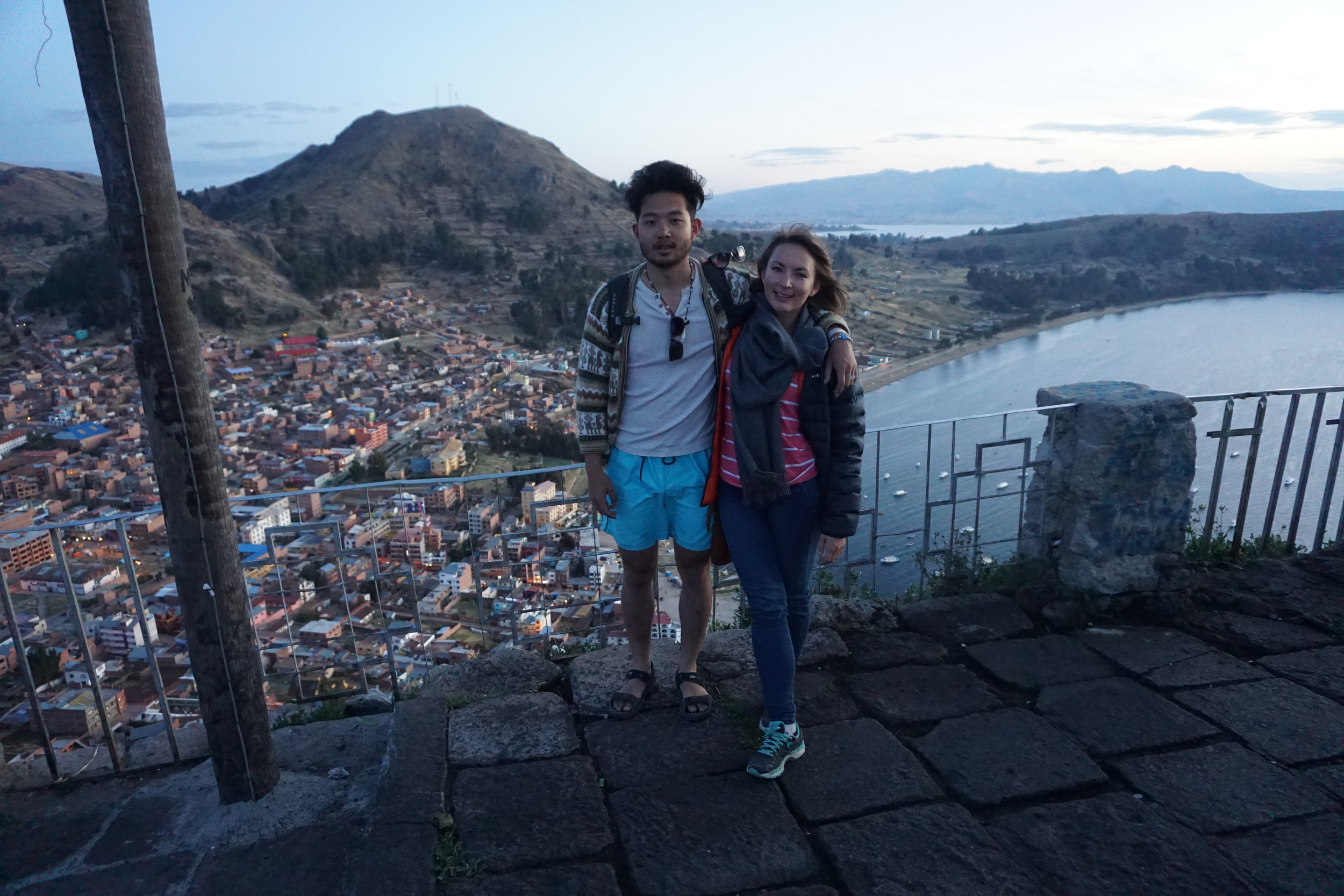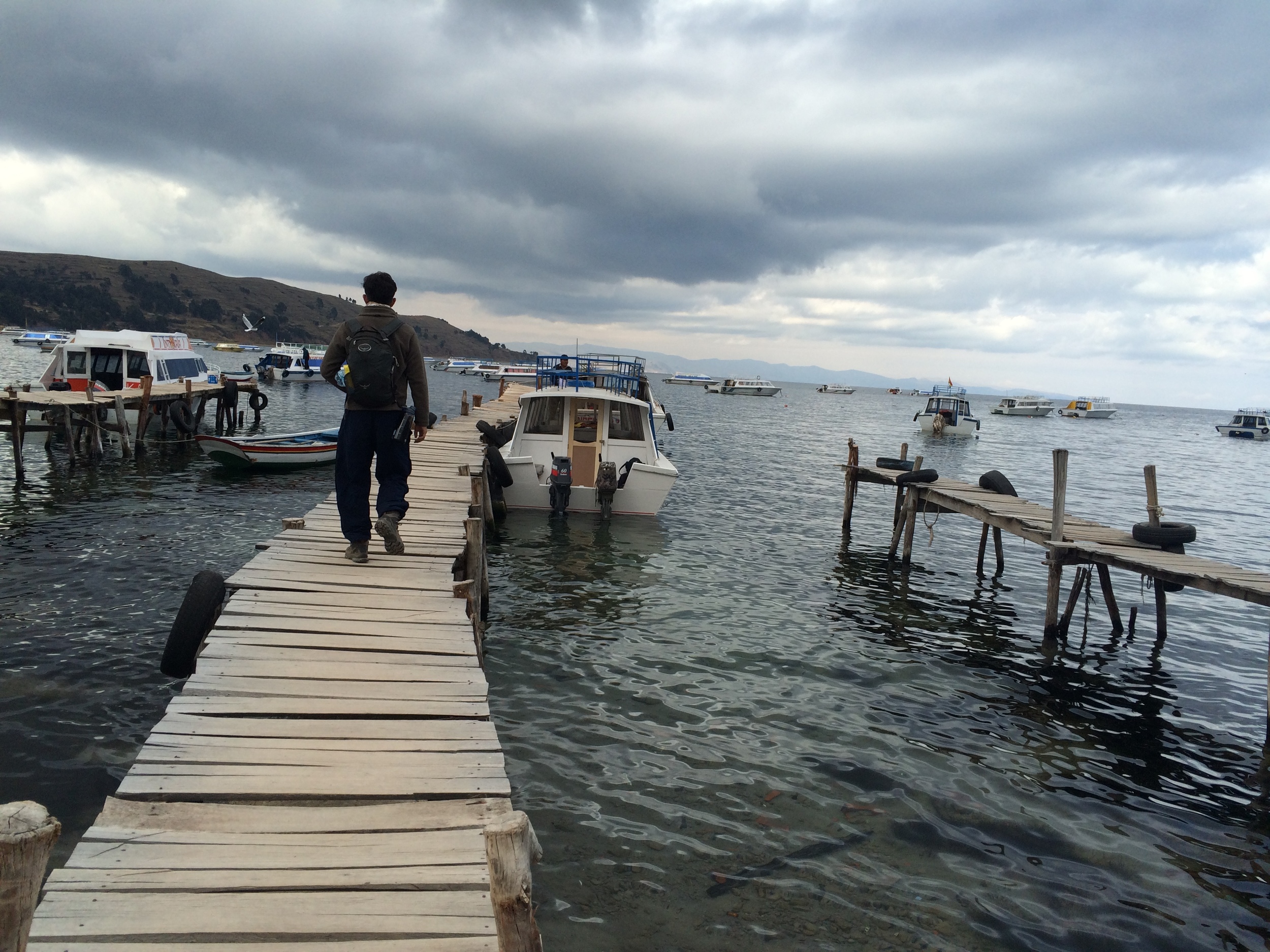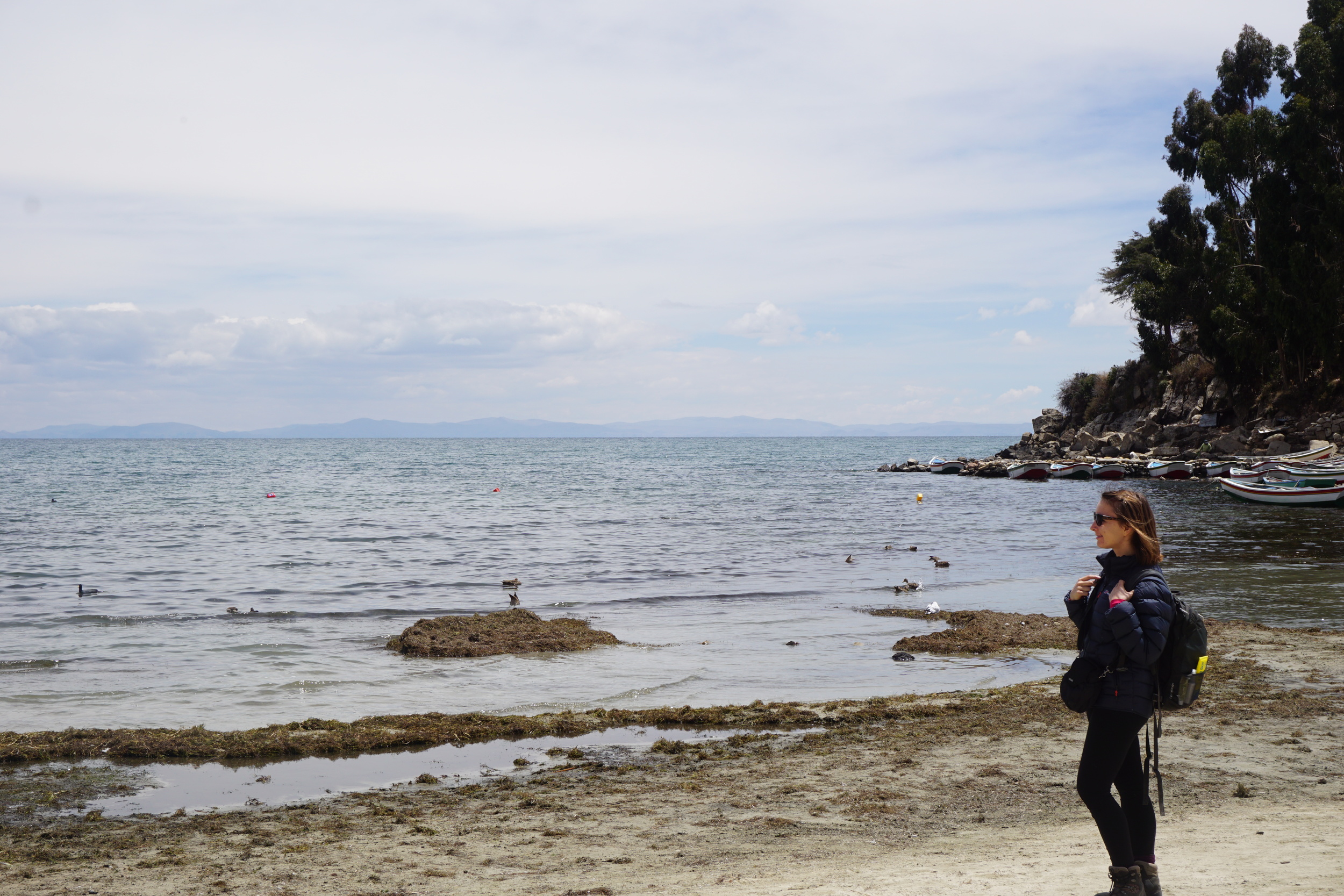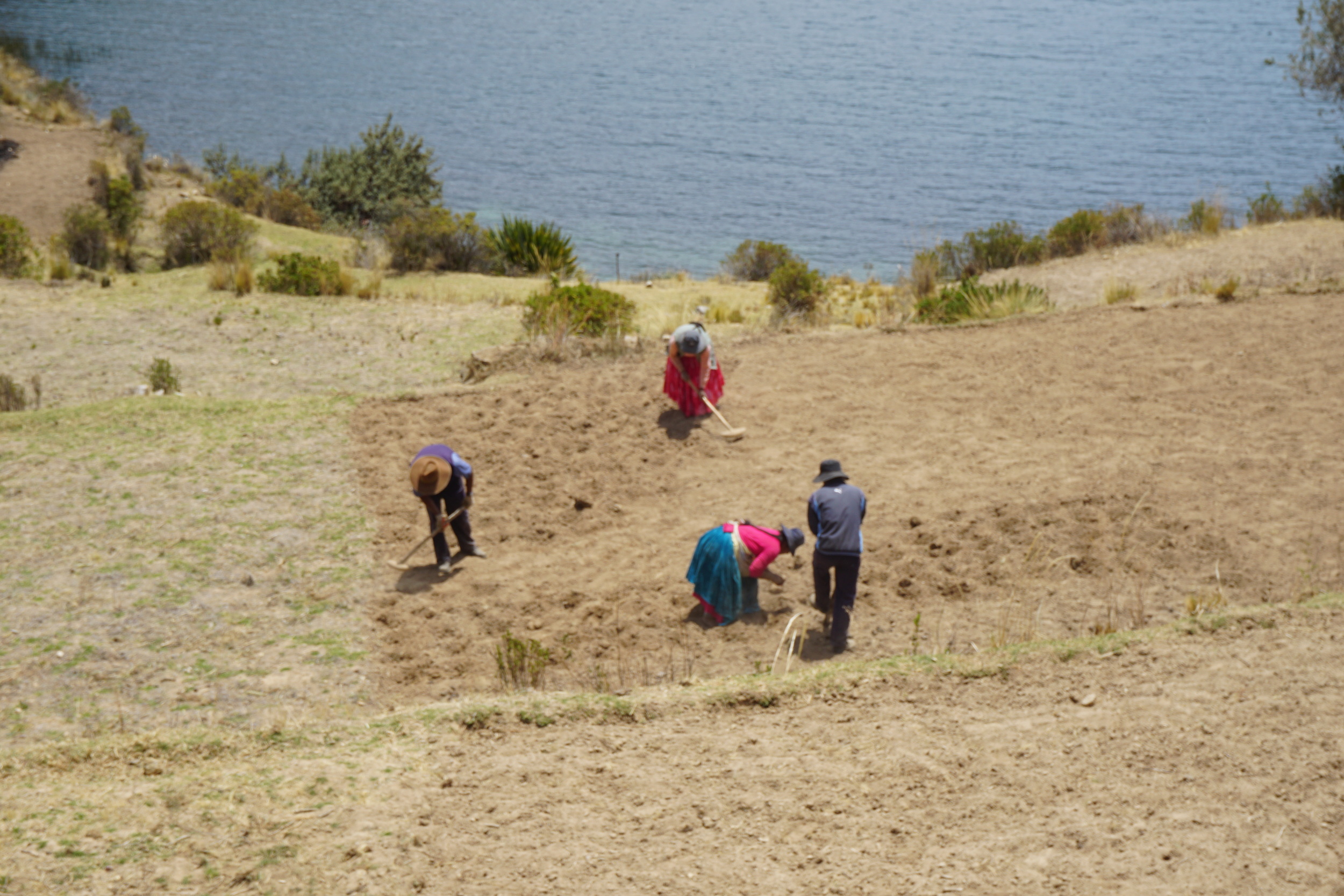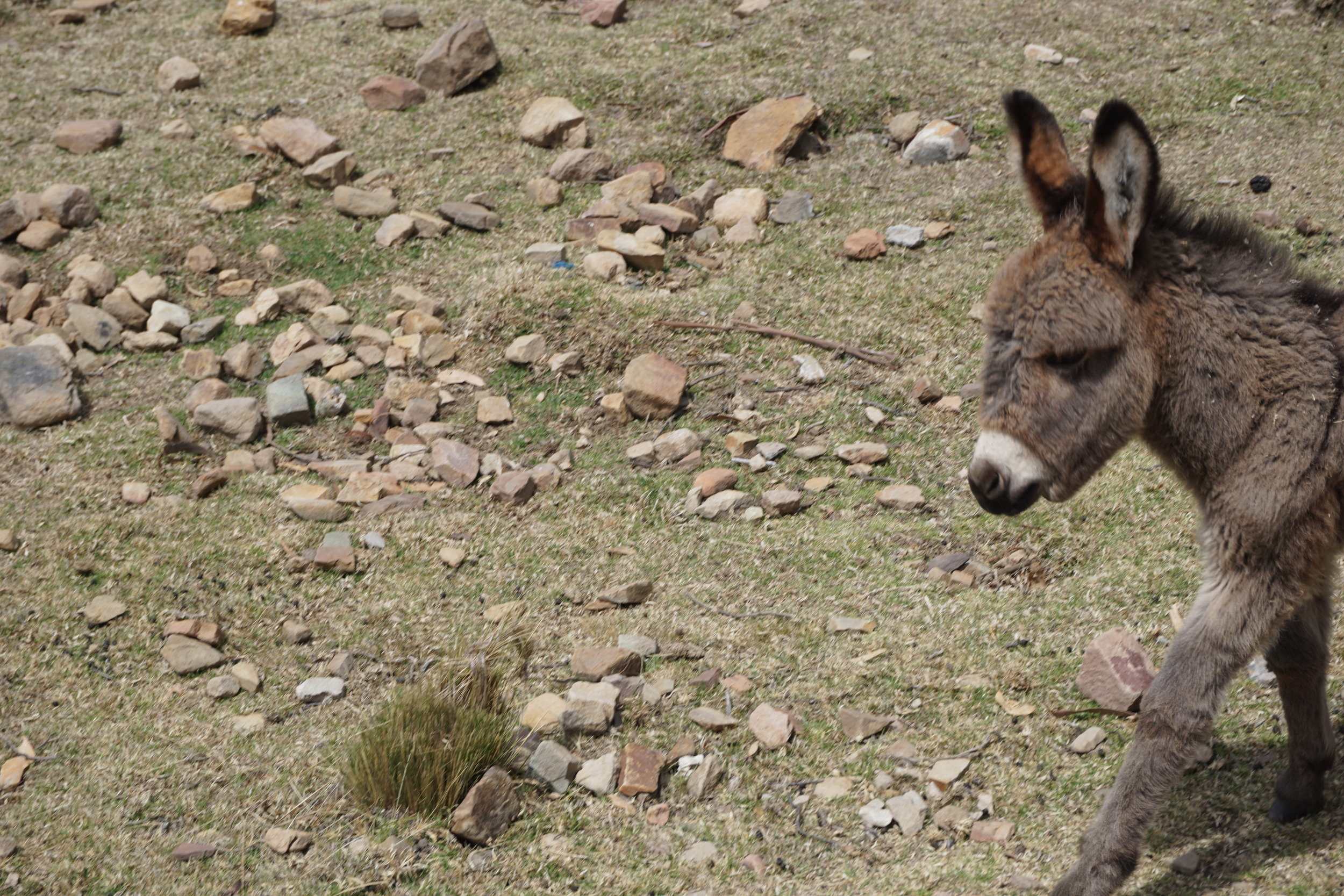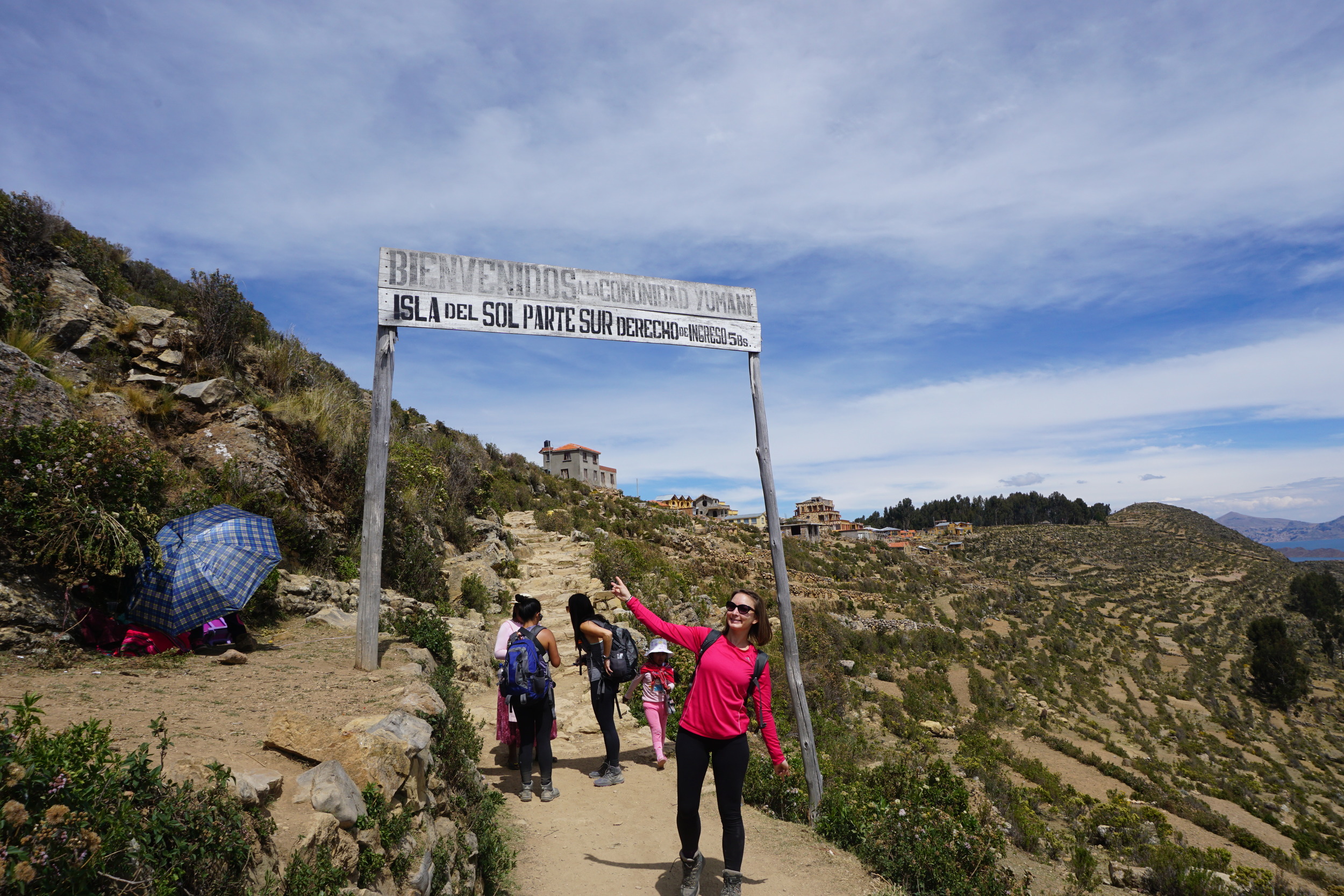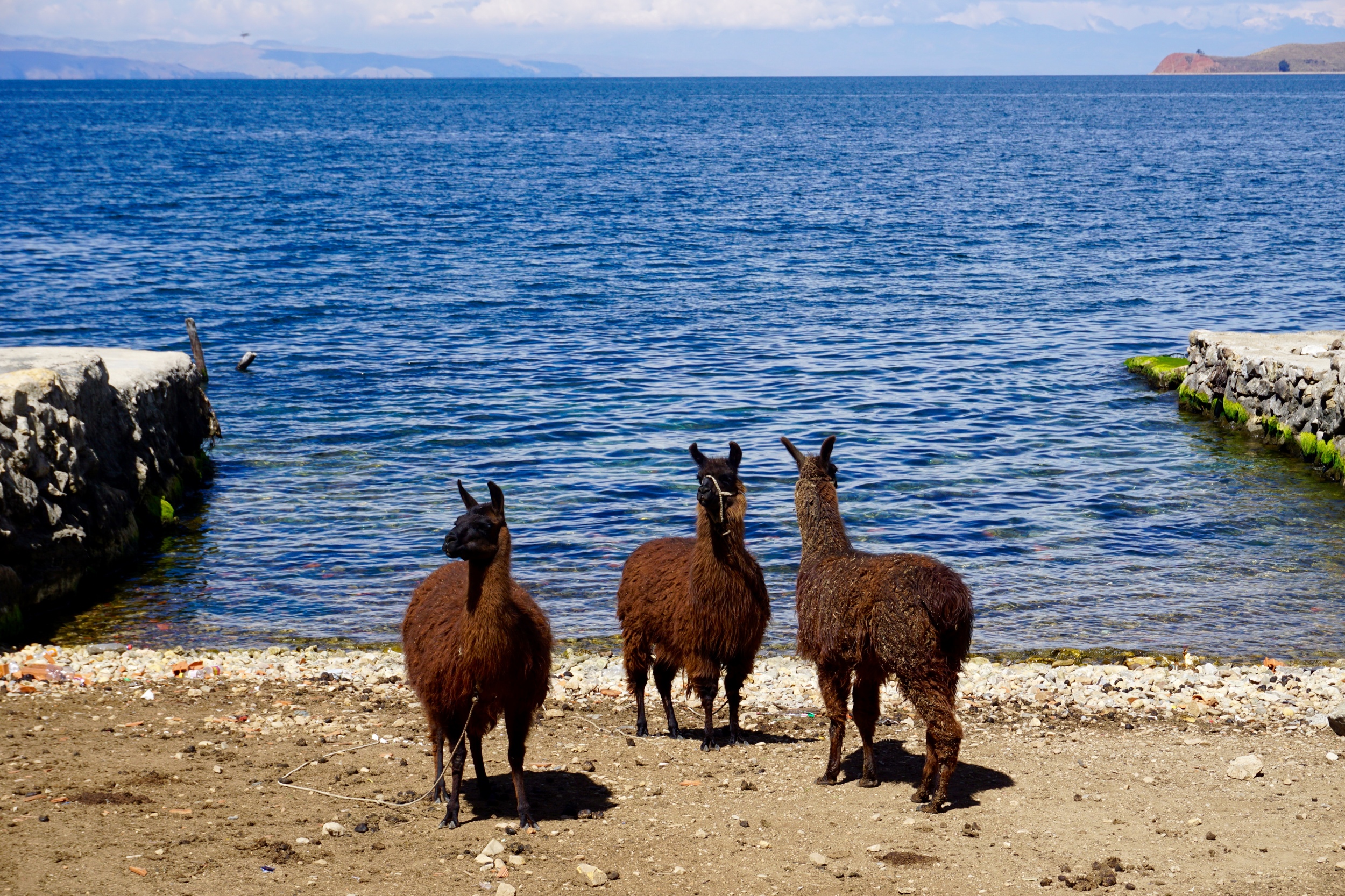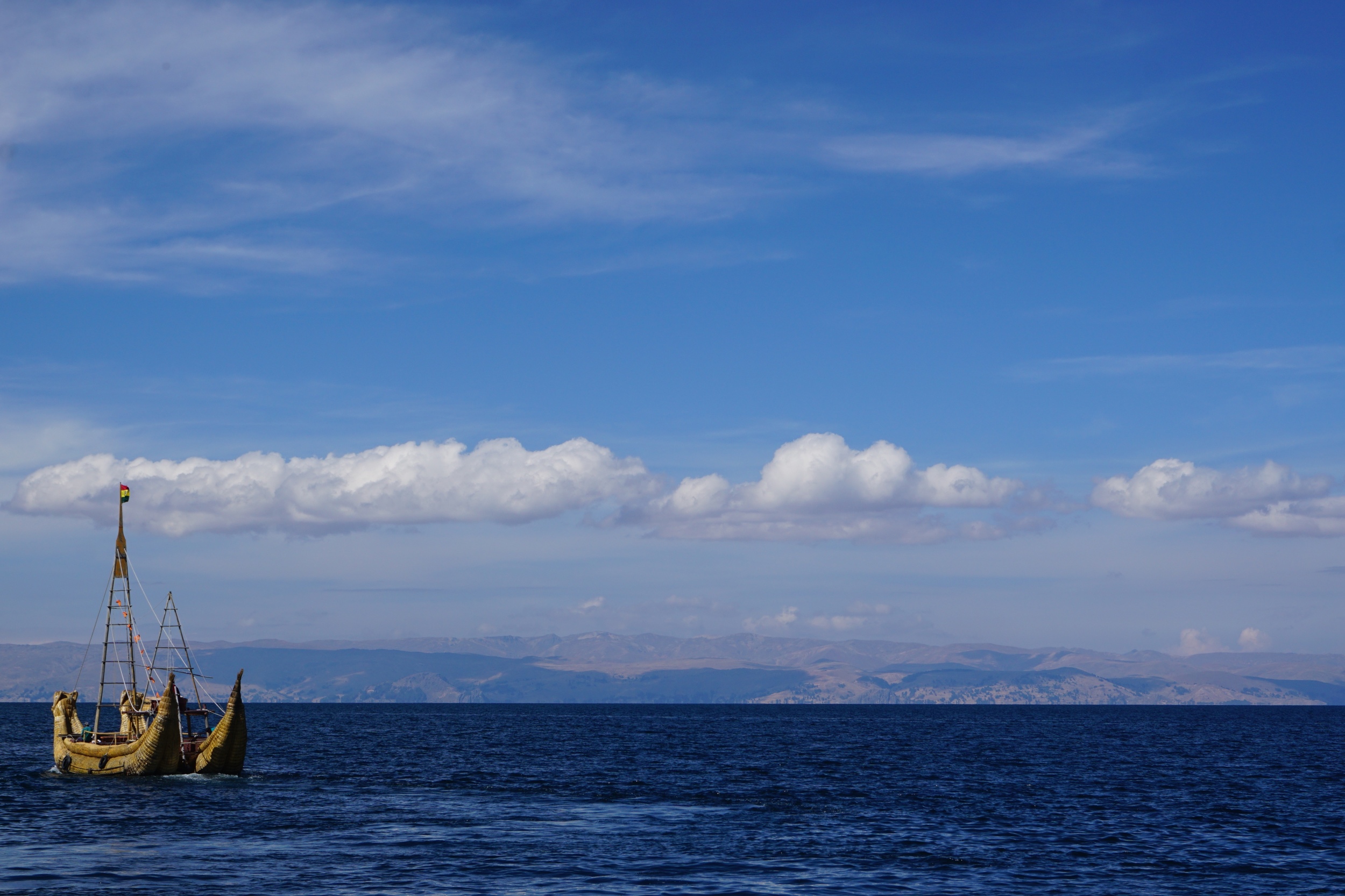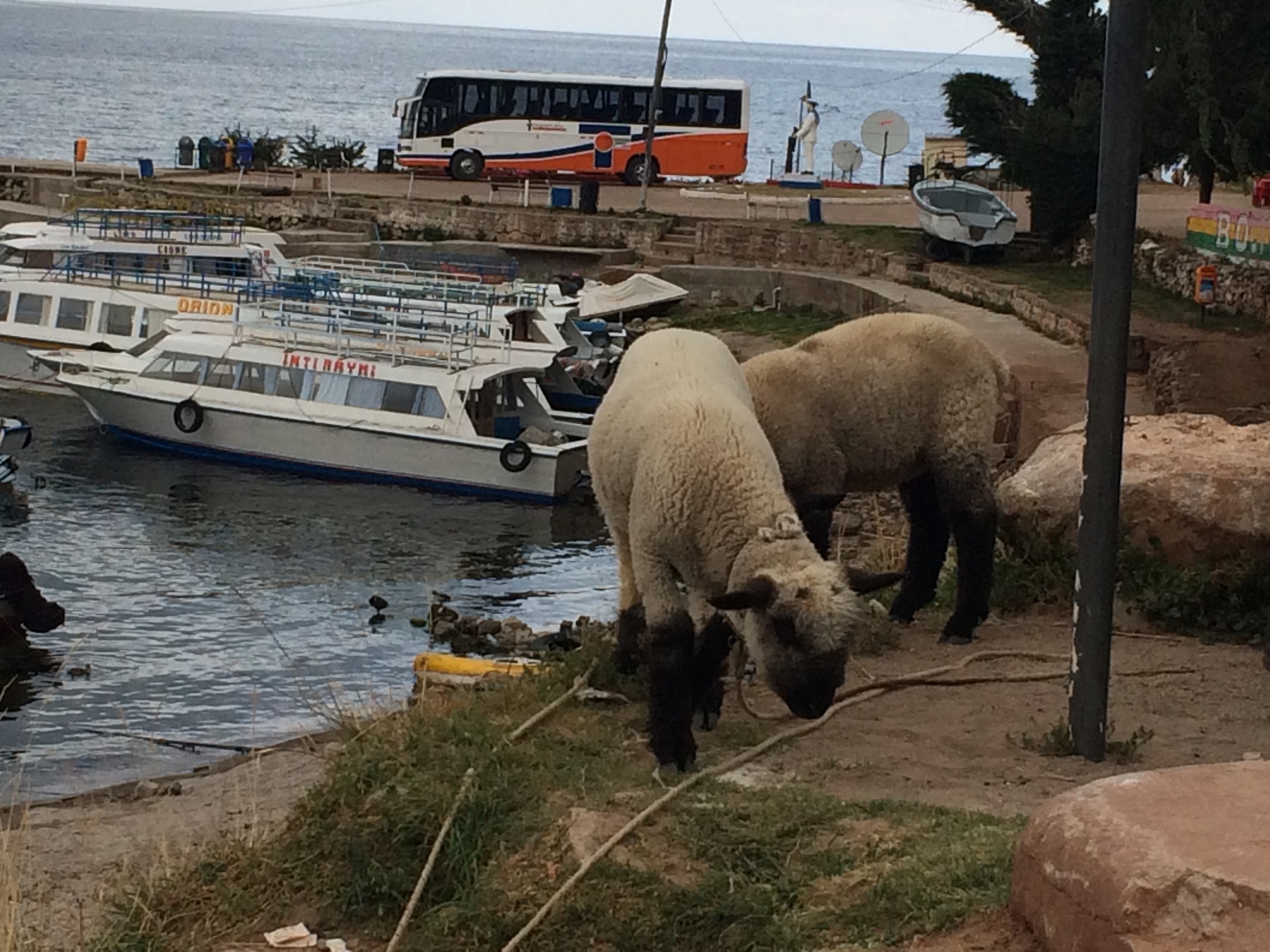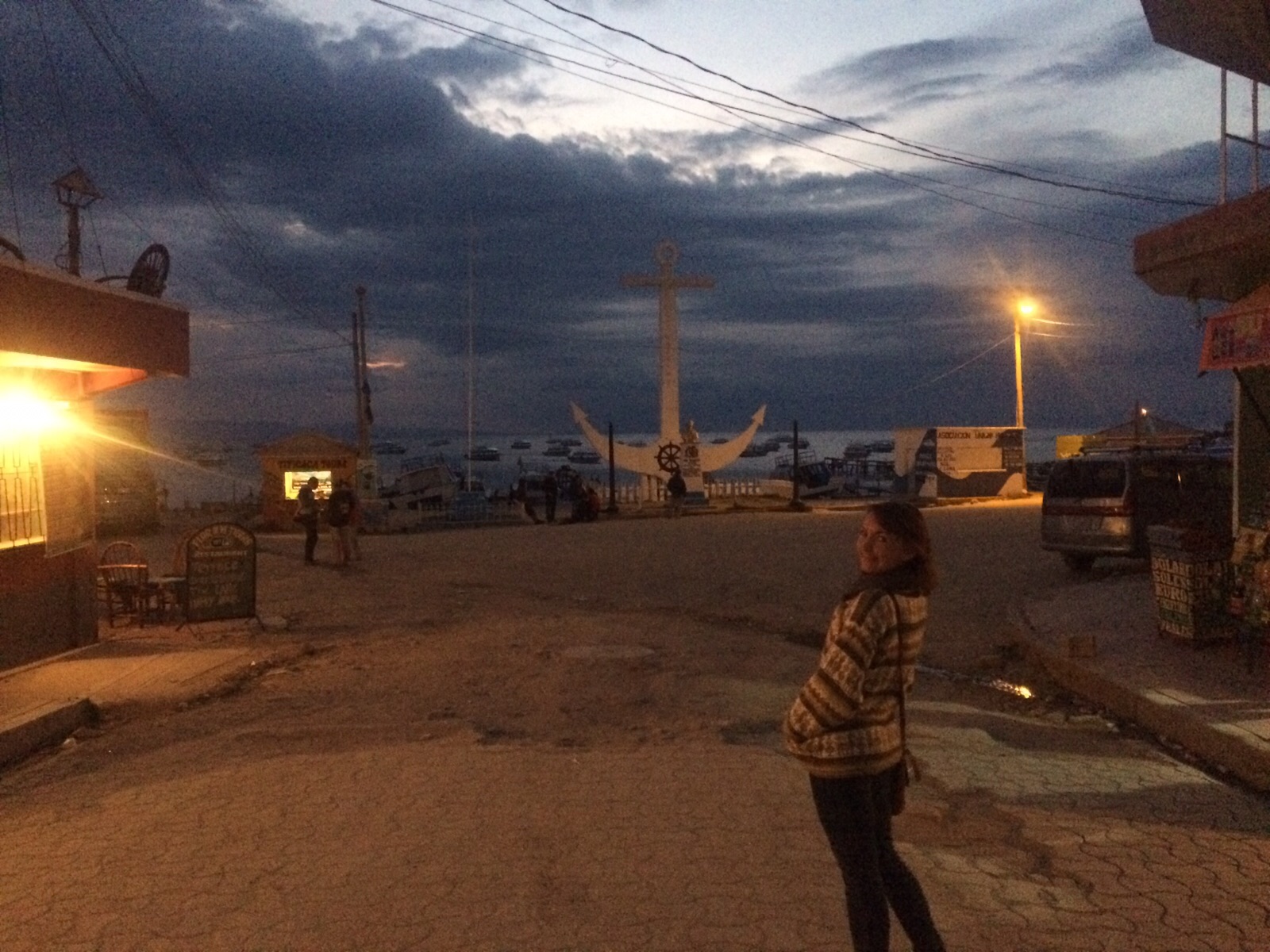October 29th-31st, 2015
The first day of the salt flats was incredible. I woke up in my bare-bones hotel room, and wandered to the markets for a breakfast of saltine filled with chicken stew (which I walked around the block another time to get a second one because they were so delicious). I was happy to spend my last morning in Bolivia wandering around the markets, because that was one of my favourite parts of the country. I went back to the tour-shop to meet the five travellers that I was going to spend the next three days in the high desert with, taking the scenic route to Chile.
I had a colourful group: a gorgeous couple from Catalonia who were in their 40s, who were a graphic designer and antique watch specialist; a couple from England in their thirties who spent the better part of 10 years living in Cook Islands and were off for a wander before heading back to life in the UK; and a 40 year old man from India whose goal it was to travel to 100 countries in his lifetime (Bolivia was maybe his 55th country). He loved to tell me that I should have more confidence when I told them the geological going-ons in the landscape (noted my well-traveled, photography equipment laden friend). Our guide, Fransisco, was from Bolivia, and was an easy going and kind dude with a questionable taste in music. He only spoke Spanish, which worked out since we had a two people from Spain. It also forced me to practice my Spanish, which is how this whole South America thing started. It was perfect.
The first stop was the "Train Graveyard", which sounds more romantic than it is. Carcasses of steam engines litter the desert along side the operable train tracks. It is a bit of fun to wander through the wrecks, and it's also a good introduction to the harsh desert sun and cold winds.
Train Graveyard
After stopping at a for-the-tourists market, we continued into the desert proper. The landscape is surreal. Sparkling, white and vast with mirages and floating mountains. We stopped at the salt mining area, where salt is piled into mounds weighing about 1 tonne each, drying in the sun before sent off to a refinery.
Hanging out on a salt mound
From where the salt is mounded, you can see Tunupa Volcano. Our guide told us some folklore surrounding Tunupa and the desert, in which it was formally known that volcanoes could wander around the world, hold long conversations with each other, and also get down and make baby volcanoes. Tunupa was one of the most beautiful volcanoes in all the land, and all the male volcanoes had courted her, so that they could come together to make a baby volcano. Eventually Tunupa did become pregnant, but the father of the baby was unknown which enraged all the volcanoes in the land. The gods were furious, and took the baby away, and also took the ability to roam from all of the volcanoes. Because Tunupa lost her baby, she cried and cried until all the salt from her tears condensed into the vast salt flats around her today. Volcanos are super dramatic.
Tanupa Volcano from Isla Incahuasi
Isla Incahuasi
We drove, and dined in buildings made completely out of salt, and drove some more, and eventually came to Isla Incahuasi. This island is the fossilized remains of coral reef, which is covered in giant cacti, some of which are 1000 years old. It is aw inspiring, with the rough rock and giant cacti against the white salt background and the distant volcanoes.
Amazed by the Giant Cacti
After doing an hour walk around the island, we gathered back my the truck and headed to the next destination, which were fossilized reef caves that looked like the inside of a malt bar, and haggard graveyards with bones protruding out of eroded tombs.
In the caves
After discussion amongst the group, we decided to head backwords from the caves back to the salt flats proper to catch the sun setting. It meant that we'd arrive to our hotel very late, but we decided it was worth it. We caught the sunset, which reminded me a lot of prairie sunsets in the winter, and then drove to our salt hotel under twinkling desert stars.
Salt flat sunset featuring long shadows and our sweet ride
The second morning we woke from our cool salt bricked rooms and stumbled to our breakfast table so some much need instant coffee (I was really missing coffee by this point) before heading out to find flocks of flamingos and smouldering volcanoes.
This day was my favourite, with the smoking volcanoes, pink birds, and amazing rock formations. We explored more fossilized algal blooms.
Fields of fossilized algae
After seeing the famous tree-rock, which is beautiful but smaller than expected, we found a spot in the rocks to have a picnic lunch which we shared with bunny-like creatures. We watched as volcanoes smoked and vicugnas travelling in packs to their next destination. As we were driving through the mars-like landscape, we listened to David Bowie, of which Space Oddity was vastly appropriate.
Tree-rock
My stomach, still recovering from a) parasites and b) food poisoning was made upset over lunch. I tried to fight it off during the day, treking through the wind to see flamincos and to snap pictures of goofy llamas, but by the time I got back to the hotel I was sick out of my mind.
The goofiest creatures
Nauseated but really wanting to see more flamingos
While everyone celebrated day 2 with wine and food, I was stuck in the bathroom, of which there were only 2 stalls for about 25 people. Thank GOD I was the only one sick. My group took such good care of me, and the guide made me special tea for my stomach. I even cried a little bit because I was in the middle of nowhere in the high desert on Halloween night puking my face off, and I kind of wanted my ma. After i was done feeling sorry for myself, I fell asleep swaddled in all my winter clothing, since that night it dropped to -20*C. Being from Saskatchewan, I have experienced plenty of temperatures lower than this. But, everyone else in my group was devastated by the fact parts of the world experienced these temperatures.
We left the hotel before the sun rose, again under twinkling desert skies. Our first stop were the geysers, which are not fun to smell after a night of being sick to your stomach. But WOW what an unbelievably cool place. It's like a nature-made mountain bike park with pools of boiling mud on either side of the runs that would likely kill you if you fell in. We checked out more volcanoes that released so many heavy metals into the nearby lakes that not even algae could live there, and therefore no flamingos. We ended the day in natural hot springs, plunging ourselves in steaming water, and reminiscing about the past three days.
The end of the third day came with lots of good bye hugs and e-mail exchanges. Being sick with people that I met two days prior, and them taking such good care of me when I was all alone in the high desert, really reminds you that people are generally good. That has been one thing that this trip revealed to me- that people are generally so kind. This was one of the most awe-inspiring landscapes that I've ever seen, and I'm lucky to have explored it with such lovely people.





